Introduction
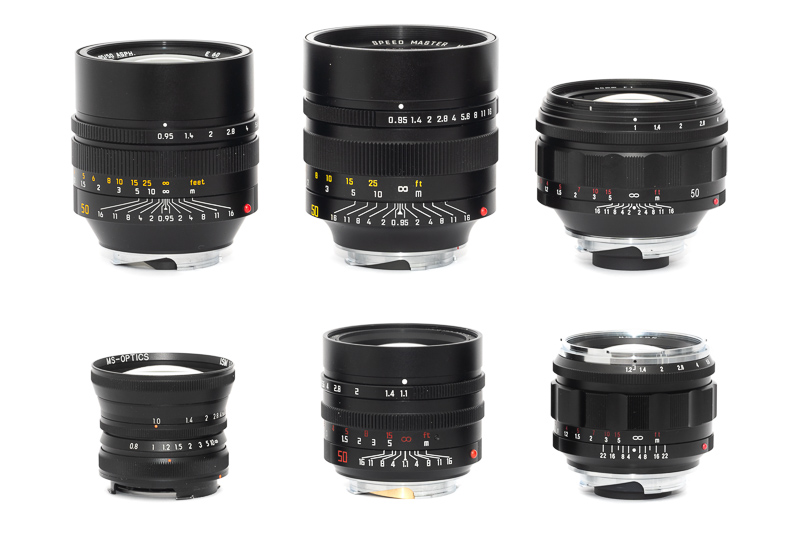
The M-mount seems to be more popular than ever, thanks to plenty of manufacturers – old and new – from Europe, Japan and China designing and releasing countless of new lenses every year for this bayonet.
Super fast 50mm lenses are especially popular here, so many manufacturers designed one as their “flagship” lens.
Thanks to a reader and very cooperative companies I managed to get 6 of these lenses on my table at the same time, so let’s see what each of them is good at – to help you figure out which one might work best for your needs.
Contents
- Introduction
- Specifications
- Build quality/Handling
- Field of view
- Relative f/Stop
- Relative transmission
- Vignetting
- Sharpness Infinity
- Sharpness portrait distance
- Coma
- Flare resistance
- Rendering / Bokeh
- Scene 1: forest 1.8 m – normalized FoV
- Scene 2: forest 1.8 m – normalized FoV and contrast
- Scene 3: city lights 1.9 m – normalized FoV
- Scene 4: portrait 2.0 m – normalized FoV
- Scene 5: forest 2.2 m
- Scene 6: portrait 2.9 m – normalized FoV
- Scene 7: forest 3.0 m backlit
- Scene 8: forest 4.0 m
- Scene 9: forest 4.0 m – normalized FoV
- Scene 10: portrait 4.5 m – normalized FoV
- Bokeh Summary
- Chromatic aberrations
- Conclusion
- Support Us
- Other Articles
Disclaimer: I only tested one sample of each lens. As sample variation comes into play, it is possible that any one of these lenses may perform above or below average in certain areas, e.g. corner sharpness.
Furthermore no lens is perfectly symmetrical, so it is possible I picked the best corner of one lens while I picked the worst of another. Sample variation usually has less of an affect on other aspects like bokeh, vignetting and color correction though.
The Leica 50mm 0.95 was kindly provided by our reader Dirk B., without whom this comparison would not have been possible. The Voigtländer VM 50mm 1.0 Nokton was provided by Voigtländer GmbH, the German Voigtländer distributor, the Zhong Yi 50mm 0.95 M was provided by Zhong Yi directly. Big thanks to both companies for sending me their lenses on such short notice!
The other three lenses I bought myself – the Voigtländer VM 50mm 1.2 Nokton I bought specifially for this comparison, because I really wanted to include it.
All the testing is done on a Leica M10 (unless stated otherwise) and all the focusing was done with liveview.
I know there are some of you, whose favorite lens (e.g. TTArtisan 50mm 0.95, MS-Optics 50mm 1.1 Sonnetar, 7Artisans 50mm 1.1, Leica 50mm 1.0 Noctilux, Leica 50mm 1.2 Noctilux Asph, Voigtländer VM 50mm 1.1 Nokton, Canon 50mm 0.95 LTM) is not included, let me tell you this:
I don’t have the resources to buy all these lenses (or rent, which isn’t even possible for most of them anyway), especially at the same time and even more so because some of them are really hard to obtain.
Specifications
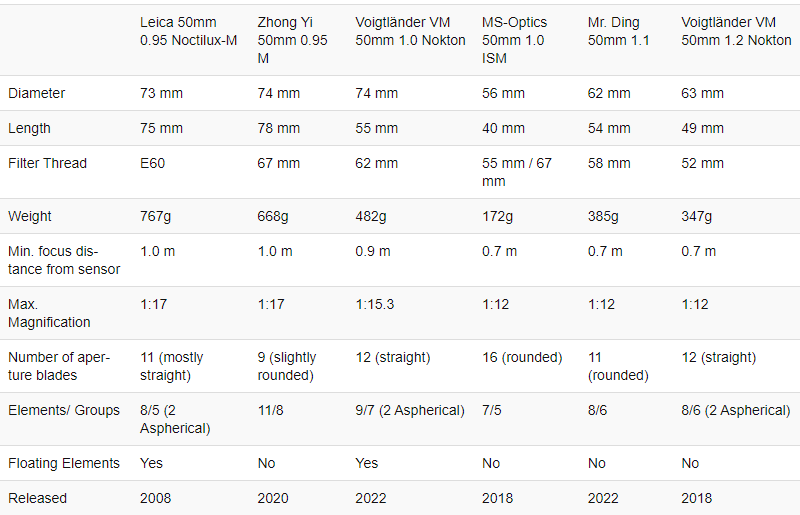
Leica 50mm 0.95 Noctilux-M Asph NOCT
$12.995 (new), $6.000 (used)
buy from amazon.com | amazon.de | B&H | ebay.com | ebay.de (affiliate links)
Zhong Yi 50mm 0.95 M ZY
$499 (new)
buy from manufacturer’s shop | amazon.com | B&H (affiliate links)
Voigtländer VM 50mm 1.0 Nokton VM1.0
$1.799 (new)
buy from amazon.com | amazon.de | B&H | ebay.com | ebay.de (affiliate links) or find your local Voigtländer distributor
MS-Optics 50mm 1.0 ISM MS
~$1.300 (used)
buy from ebay.com (affiliate link)
Mr. Ding 50mm 1.1 DING
$399 (new)
buy from official Mr. Ding Studio shop | ebay.com (affiliate links)
Voigtlander VM 50mm 1.2 Nokton VM1.2
$949 (new)
buy from amazon.com | B&H | ebay.com | ebay.de (affiliate links) or find your local Voigtländer distributor
To not always having to write the full lens name in the following comparisons I will use the abbreviations as highlighted in red above.
Build quality/Handling
There are some notable differences in terms of size, weight, handling as well as build quality here. I will only mention a few specifics, for more detailed information you can always check out their individual reviews.
Leica 50mm 0.95 Noctilux-M Asph
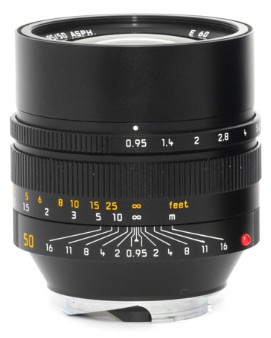 This is not the biggest, but the heaviest lens in this comparison. It is also the oldest design, as this lens had been first released in 2008. The price suggests this is a top-of-the-line premium product, but aperture ring and retractable hood spoil the picture for me a bit. The aperture ring moves a bit past the f/0.95 mark and this actually often annoyed me in the field, as it made counting stops without looking at the lens more difficult and it simply feels like cheap and sloppy engineering. The retractable hood also ain’t that great, as it often extends by itself.
This is not the biggest, but the heaviest lens in this comparison. It is also the oldest design, as this lens had been first released in 2008. The price suggests this is a top-of-the-line premium product, but aperture ring and retractable hood spoil the picture for me a bit. The aperture ring moves a bit past the f/0.95 mark and this actually often annoyed me in the field, as it made counting stops without looking at the lens more difficult and it simply feels like cheap and sloppy engineering. The retractable hood also ain’t that great, as it often extends by itself.
Zhong Yi 50mm 0.95 M
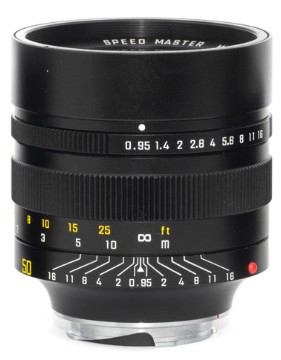 This is the biggest lens in this comparison. Generally the Zhong Yi lenses do not have the greatest mechanical construction, but here the design of the retractable hood is actually better than that of the Leica, as it has felt on the inside and is not as loose, so actually stays in place on its own.
This is the biggest lens in this comparison. Generally the Zhong Yi lenses do not have the greatest mechanical construction, but here the design of the retractable hood is actually better than that of the Leica, as it has felt on the inside and is not as loose, so actually stays in place on its own.
Unfortunately this lens (like all Zhong Yi lenses I have used so far) does not feature click stops on the aperture ring, which often leads to me changing the aperture setting accidentally.
Voigtländer VM 50mm 1.0 and 1.2 Nokton
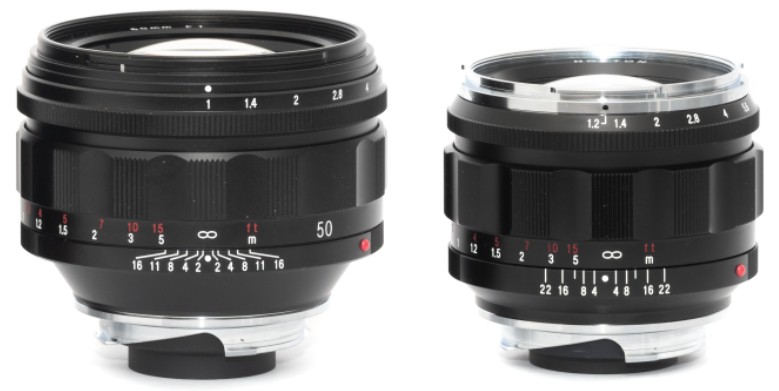 The build quality and handling characteristics of these lenses are so similar, it doesn’t make any sense to talk about them individually. These lenses have the best build quality and handling, I cannot find any flaw with them.
The build quality and handling characteristics of these lenses are so similar, it doesn’t make any sense to talk about them individually. These lenses have the best build quality and handling, I cannot find any flaw with them.
The faster f/1.0 lens comes with a bayonet type hood (with felt on the inside) whereas a hood has to be bought separately for the f/1.2 version.
MS-Optics 50mm 1.0 ISM
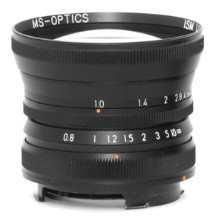 This is a handmade low volume boutique lens and it surely handles as one: rotating lens barrel, no click stops, you cannot even change the aperture setting without changing the focus setting as well. It is by far the lightest and smallest lens in this comparison though, probably the smallest lens with these parameters ever made. Best have a look at my review of it to learn about all its quirks.
This is a handmade low volume boutique lens and it surely handles as one: rotating lens barrel, no click stops, you cannot even change the aperture setting without changing the focus setting as well. It is by far the lightest and smallest lens in this comparison though, probably the smallest lens with these parameters ever made. Best have a look at my review of it to learn about all its quirks.
Mr. Ding 50mm 1.1
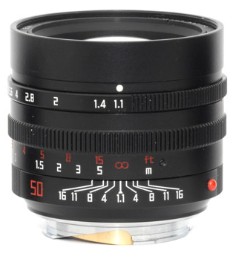 This lens unfortunately shares the aperture ring design of the Leica lens, meaning it also turns past the f/1.1 mark. I have an older model here, where the aperture ring turns in the “wrong” direction. If you order a new one now, that won’t be the case anymore.
This lens unfortunately shares the aperture ring design of the Leica lens, meaning it also turns past the f/1.1 mark. I have an older model here, where the aperture ring turns in the “wrong” direction. If you order a new one now, that won’t be the case anymore.
The f/1.4 stop is also not that well calibrated, the lens is actually more open at this click stop (also discussed in more detail in its individual review). I tried to account for this in the following comparisons.
I rate the Voigtländer lenses best here, as there is nothing that gets in the way and they just work. Next in line are Leica and Mr. Ding, then the Zhong Yi lens. When rating the efficiency of the operation – which is what I did here – the MS-Optics lens takes the last spot.
Field of view
Despite all of these lenses nominally being 50mm, their actual field of view differs quite a bit:
Photons to Photos has an online tool where you can check the calculated data of some of the lenses included here. According to their data the Voigtländer VM 50mm 1.0 Nokton is a 50.0 mm f/1.04 and the Zhong Yi 50mm 0.95 M is a 52.0 mm f/1.06. When comparing the two Voigtländer lenses, we see their field of view is the same, so we can assume they both have an actual focal length of 50.0 mm.
According to Leica the 50mm 0.95 Noctilux has an actual focal length of 52.3 mm and according to Miyazaki’s data sheet the MS-Optics 50mm 1.0 ISM is a 51.5 mm f/1.05. From the pictures I took I see that the focal length of the MS-Optics lens is almost exactly the same as that of the Leica lens though and that it is also longer than the Zhong Yi lens. I do trust Leica’s calculation here (afaik they are good with computer calculations) and therefore have to assume the ISM’s focal length is 52.3 mm as well.
The Mr. Ding is slightly longer than the Noctilux, which also makes it the longest lens in this comparison. So these are the actual focal lengths to the best of my knowledge:
| Lens | Actual focal length |
| Leica 50mm 0.95 Noctilux-M | 52.3 mm |
| Zhong Yi 50mm 0.95 M | 52.0 mm |
| Voigtländer VM 50mm 1.0 Nokton | 50.0 mm |
| MS-Optics 50mm 1.0 ISM | 52.3 mm |
| Mr. Ding 50mm 1.1 | > 52.3 mm |
| Voigtländer VM 50mm 1.2 Nokton | 50.0 mm |
Relative f/Stop
A lens’ maximum aperture and focal length are defined with the lens set to infinity and there can be notable deviations with the lens set to closer distances.
I will first use a small light in front of the camera with the lenses set to infinity to see how the f/Stops compare at “norm” distance.
Afterwards I repeat the test with the lenses set to exactly 1.0 m (ensured with the help of a test target, of course I am not trusting the distance scales) and the light placed farther away.
infinity
1.0 m focus distance
Observations
At infinity the Leica has the biggest f/Stop followed by the Zhong Yi as well as the MS-Optics lens. The next ones are the Voigtländer 50mm 1.0 and the Mr. Ding 50mm 1.1 and the last – as it should be – is the Voigtländer VM 50mm 1.2.
The only surprise here is that the VM 50mm 1.0’s f/Stop is a bit smaller than I would have expected. The shorter focal length of the Voigtländer lenses also puts them at a slight disadvantage though.
At a distance of 1.0 m the situation is a bit different. Here the Zhong Yi has the biggest f/Stop followed by the Leica. Interestingly here the next in line is the Mr. Ding 1.1 and after that the VM 50mm 1.0. Then comes the MS-Optics lens and again the one with the smallest f/Stop is the VM 50mm 1.2.
In my review of it, I already discovered, that the MS-Optics lens has a worse f/Stop at closer distances compared to infinity. It seems the same is also true for the VM 50mm 1.0, as it falls behind the Mr. Ding 50mm 1.1 here.
Relative transmission
While the f/Stop describes the actual geometric relations of focal length and aperture, lenses with the same f/Stop may still have different light transmissions. The number of air-to-glass surfaces, the quality of the coatings and especially the type of glass used make the difference here. It is said that a high number of high refractive elements leads to a worse transmission.
Measuring the actual light transmission of a lens is a very difficult endeavour not possible without fancy measuring equipment (which I obviously don’t have).
What I can try, is to see what the relative differences are. To do that I took pictures of an evenly lit surface with all lenses set to infinity with the same camera settings. Afterwards I checked which lens is the brightest in the center and then how much I need to increase the exposure in the center to get the other lenses to that same level. We also have to assume here, that the ISO and shutter speed values are actually constant when manually set, which they should be.
The Voigtländer VM 50mm 1.0 Nokton has the highest transmission in the center of the frame, this is how much darker the other lenses are by comparison:
| Lens | Light transmission |
| Leica 50mm 0.95 Noctilux-M | -0.2 EV |
| Zhong Yi 50mm 0.95 M | -0.9 EV |
| Voigtländer VM 50mm 1.0 Nokton | ± 0 |
| MS-Optics 50mm 1.0 ISM | -0.2 EV |
| Mr. Ding 50mm 1.1 | -0.8 EV |
| Voigtländer VM 50mm 1.2 Nokton | -0.5 EV |
Despite the nominally bigger f/Stop the Leica lets in a little less light than the f/1.0 Voigtländer. The MS-Optics lens has a similar transmission as the Leica lens.
The f/1.2 Voigtländer is exactly half a stop darker than the f/1.0 Voigtländer, which is also exactly how it should be.
The Zhong Yi lens is almost one stop darker than the Voigtländer and 2/3rds of a stop darker than the Leica. It has the highest element count and is full of high refractive elements, so it doesn’t come as that much of a surprise.
The Mr. Ding also looses about half a stop too much light compared to the Voigtländers. After running this comparison I recevied an improved MK II version of the Mr. Ding lens with new coatings, it is 0.2 EV brigther than the one I used here.
Now here we were solely looking at the dead center of the frame, in the next chapter we will also look at the corners.
Vignetting
Light Falloff
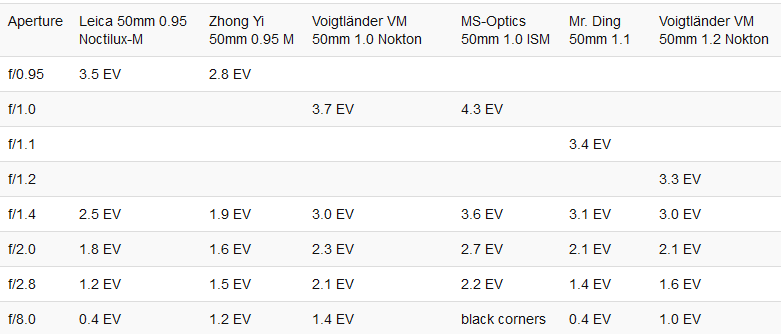
These values are for the extreme corners.
Despite being one of the nominally fastest lenses in this comparison, the Zhong Yi shows the lowest light fall off at its maximum aperture. The MS-Optics 50mm 1.0 shows the highest vignetting figures, considering its size this doesn’t come as a surprise.
Stopped down the Leica and the Mr. Ding show almost no light falloff, the MS-Optics is at the other end of the spectrum, as the corners turn pitch black stopped down.
What is also interesting to see here: the Voigtländer VM 50mm 1.2 has less light falloff than the f/1.0 version, even at shared apertures, let’s have a closer look at this over the whole frame:
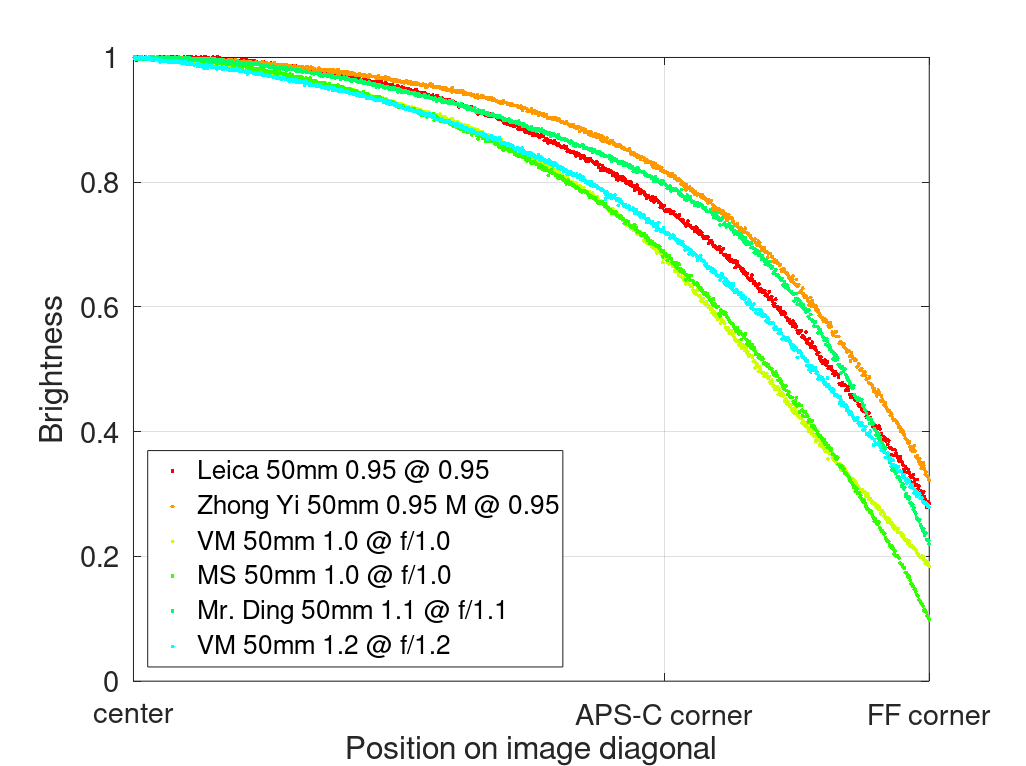
Now this graph became a bit cluttered and hard to read, because Octave thinks 3 graphs out of 6 should be different shades of green.
The Zhong Yi shows the least amount of vignetting here. Over most of the frame the Mr. Ding follows closest, but in the corners is overtaken by the Leica and the VM 50mm 1.2. The MS-Optics and the VM 50mm 1.0 look very similar here, with the MS-Optics being the worst in the corners.
The most interesting observation here is, that the f/1.0 Voigtländer has noticeably higher light falloff than the f/1.2 Voigtländer. The half a stop advantage of the nominally faster lens is only real in the center of the frame, but completely eaten up in the corners by the stronger light falloff.
Optical Vignetting
Fast lenses usually show a noticeable amount of optical vignetting, especially so the compact ones. Without going too much into technical details optical vignetting leads to the truncation of light circles towards the borders of the frame.
In the center of the frame almost every lens will render a perfect circle, but only lenses with very low optical vignetting will keep this shape in the corners.
So in the following comparison we move from the center (left) to the extreme corner (right) and see how the shape of the light circle changes.
This comparison was done at a focus distance of 1.0 m and with a test target it was ensured that all lenses are focused at exactly the same distance so that the results are directly comparable.
Maximum Aperture
f/1.4
f/2.0
Observations
The Zhong Yi is easily the best here. Voigtländer VM 50mm 1.2 and Mr. Ding 50mm 1.1 are tied for the second place, after that comes the Voigtländer VM 50mm 1.0. Leica and MS-Optics show the highest amount of optical vignetting. With the Leica we also see a distracting triangular shape with some outlining in the corners, I am pretty sure this will have a notable negative influence on the general bokeh rendering. The MS-Optics shows that outlining over more parts of the frame, but at least the shapes are a bit more natural in the corners.
What is also very interesting here, is that the f/1.2 Voigtländer renders bigger light points in the corners than the much bigger f/1.0 version – at all apertures shown here.
Sharpness Infinity
We are looking at the following parts of the frame:
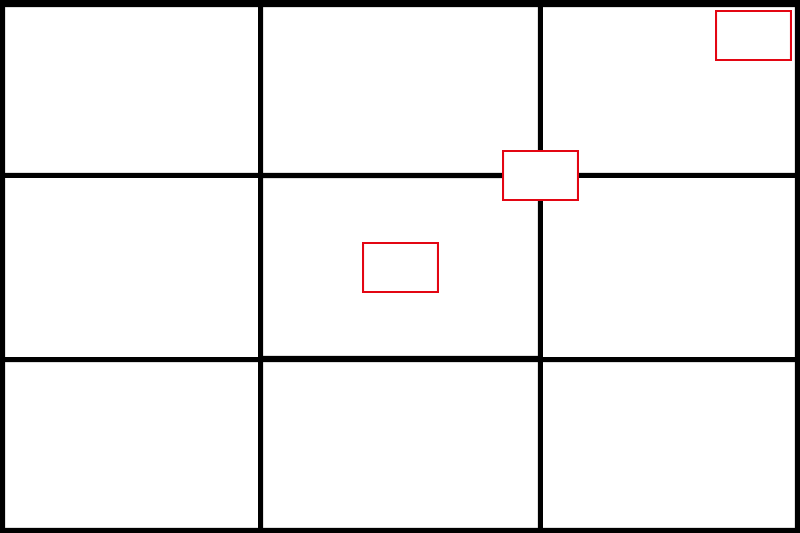
The camera was set up on a tripod (Gitzo series 4 with Arca Swiss P0 ballhead) and 2 sec self release had been used.
Focus was manually set on the glass wall in the center. The focus has not been adjusted for midframe or corners, so you may see effects from field curvature.
The focus settings also haven’t been adjusted for focus shift.
We are looking at 100% crops from the 24mp Leica M10.
Center
Maximum Aperture
f/1.4
f/2.0
f/2.8
f/8.0
Observations
The Voigtländers look really good already at their maximum aperture. Leica, Mr. Ding and Zhong Yi follow behind, the MS-Optics is very soft at f/1.0.
The more you stop down, the closer the performance between the lenses becomes. Interestingly stopped down the MS-Optics lens might actually be more contrasty here than the Zhong Yi and Mr. Ding.
The Mr. Ding shows strong focus shift, even set to infinity, which I did not account for here. In its review there is also an evaluation how it performs when focused at working apertures.
Midframe
Maximum Aperture
f/1.4
f/2.0
f/2.8
f/8.0
Observations
At their maximum aperture most of the lenses struggle here, but not the f/1.2 Voigtländer, which shows a really impressive performance. The f/1.0 version follows second, the third place is shared between Leica, Zhong Yi and Mr. Ding. MS-Optics is also the worst here.
By f/2.8 the strongest competitors for the f/1.2 Voigtländer are the Leica and the Mr. Ding. The f/1.0 Voigtländer doesn’t fully manage to catch up just yet. The Zhong Yi still struggles a bit and the MS-Optics struggles a lot.
By f/8.0 all lenses except for the MS-Optics look really good.
Corner
Maximum Aperture
f/1.4
f/2.0
f/2.8
f/8.0
Observations
The situation in the corners at the maximum apertures is very similar to the midframe: the f/1.2 Voigtländer again shows an impressive performance leaving the competition in the dust. I fail to come to a ranking within the five other lenses here as they all look bad.
By f/2.8 at least the f/1.0 Voigtländer as well as the Zhong Yi manage to somewhat close in on the f/1.2 Voigtländer.
By f/8.0 the two Voigtländers, the Leica and the Zhong Yi show good to very good corner performance. The Mr. Ding actually needs f/11 for that last part of the corner to look better. All these lenses are capable enough for stopped down architecture/landscape shooting. The MS-Optics is not. Stopped down it develops strong astigmatism, so its peak performance is actually reached at around f/2.8 to f/4.0 – things go downhill from there.
Sharpness portrait distance
For portraiture it isn’t so important how flat the field is, it is more interesting to see what the sharpness is like when focused at different parts of the frame to take field curvature out of the equasion.
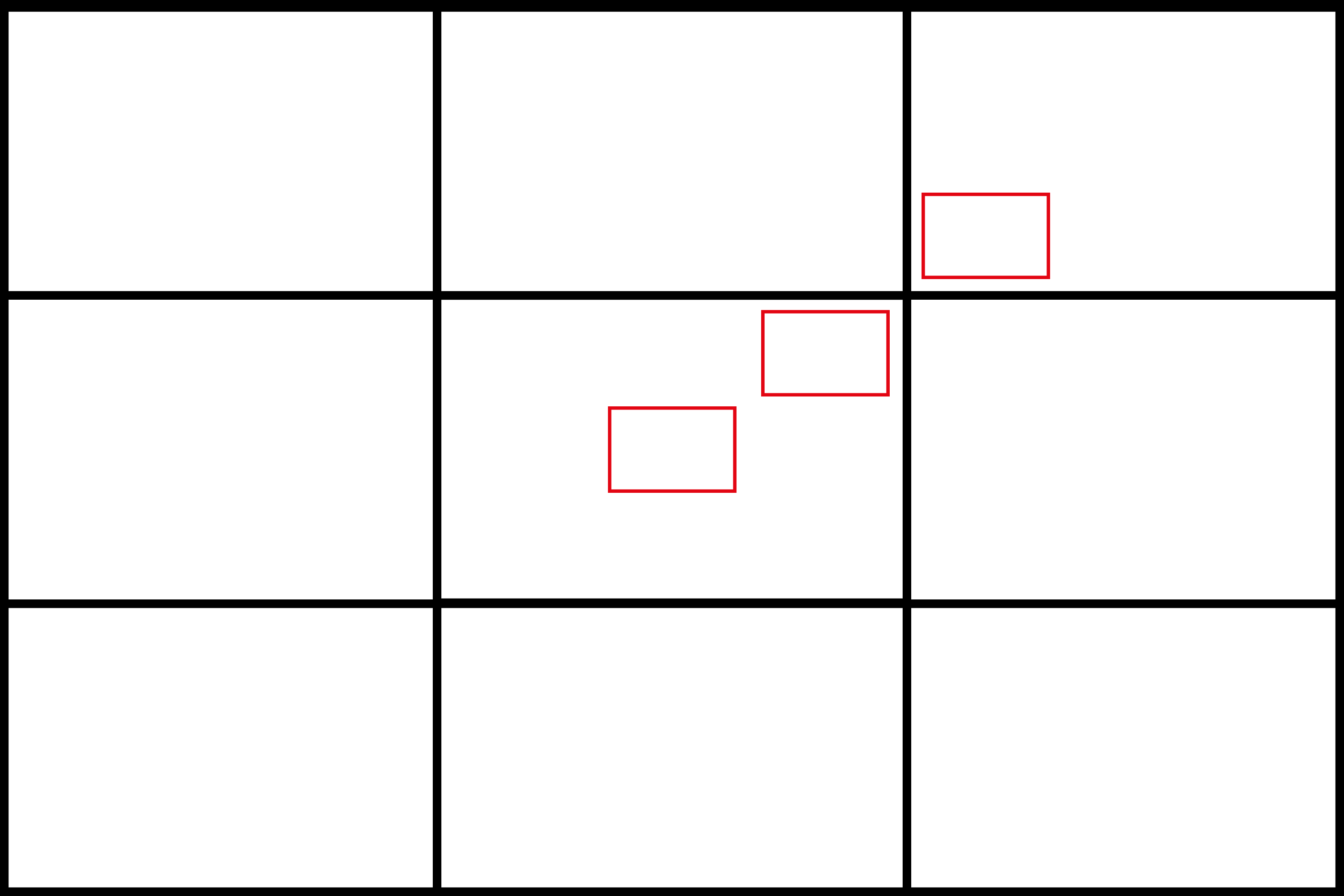
This is what I did here, I refocused for every shot to get the best possible result at different locations in the frame (center, inner midframe and outer midframe).
Focus distance was 1.5 m and the circle of the dollar bill is more or less the size of a human eye.
Center
Maximum Aperture
f/1.4
f/2.0
Observations
At the maximum aperture the f/1.0 Voigtländer clearly looks the best, closely followed by the f/1.2 Voigtländer and then the Leica. The MS-Optics seems to have been optimized for this distance, as it looks better than the Mr. Ding and the Zhong Yi.
At f/1.4 the Leica moves to the second place behind the f/1.0 Voigtländer and also the MS-Optics lens looks surprisingly good. Mr. Ding is simply soft here and the Zhong Yi also doesn’t look great.
By f/2.0 all lenses look good to very good. The Mr. Ding still has a bit of a soft glow.
Inner midframe
Maximum Aperture
f/1.4
f/2.0
Observations
At the maximum aperture the ranking in the inner midframe is the same as in the center. The f/1.0 Voigtländer is the best, closely followed by the f/1.2 Voigtländer and then the Leica. Comparing the Leica and the MS-Optics, the former has higher contrast and the latter has higher resolution. Mr. Ding is again soft and the Zhong Yi doesn’t look good at all.
At f/1.4 again the two Voigtländers are leading, but here I see the MS-Optics next. Leica and Zhong Yi have some issues with astigmatism, Mr. Ding is still on the soft side.
By f/2.0 most of the lenses look pretty good. The Leica still has some issues with astigmatism though and looks worst to me here. It does have a high contrast, so looking at a full picture this may not be as noticeable as it is here.
Outer midframe
Maximum Aperture
f/1.4
f/2.0
Observations
Now in the outer midframe things get more interesting.
At maximum aperture the Voigtländers again look great. The same cannot be said about any of the other lenses though. The next best is once more the MS-Optics lens. It is soft, but astigmatism is low, so it doesn’t look nearly as bad as the remaining three. Leica and Mr. Ding look similar here and both have plenty of issues with astigmatism. The Zhong Yi combines the softness of the MS-Optics lens with the high astigmatism of Leica and Mr. Ding which earns it the last place.
At f/1.4 some lenses improve slightly, the ranking remains the same as at maximum aperture.
At f/2.0 the MS-Optics moves closer to the Voigtländers (which is quite amazing actually). Then comes the Mr. Ding and at the last places the Leica and the Zhong Yi, that both still have issues with astigmatism.
Coma
Maximum Aperture
f/1.4
f/2.0
f/2.8
Observations
We have three lenses with aspherical elements in this comparison and three without. The Nikon 58mm 1.2 Noct was famous for making use of an aspherical element to correct coma better than its competitors of that time. Also my expectation here is, that the lenses with aspherical elements do a better job.
Now at their maximum aperture I wouldn’t call any of these performances great. The f/1.2 Voigtländer is the best though, followed by the f/1.0 Voigtländer, Mr. Ding and Zhong Yi (these three are tied for second place). The Leica looks really bad. Despite its complex optical design it only looks slightly better than the MS-Optics, which has the most simplistic optical design.
At f/1.4 and f/2.0 not much changes about that order.
By f/2.8 the Voigtländers look really clean and the Leica manages to catch up to the Zhong Yi lens, so they share the 3rd place. The Mr. Ding also looks pretty good, except for the extreme corner. As we have seen in the sharpness section already, f/8.0 (or better f/11) is needed for this to clean up completely.
The MS-Optics is simply not a lens well corrected for coma.
Flare resistance
I am not going to do any side by side flare resistance comparisons here, instead you get my opinion based on my individual reviews of these lenses.
The best performer is easily the Voigtländer VM 50mm 1.2 Nokton. It is almost impossible to create any unwanted artefacts with this lens. The VM 50mm 1.0 Nokton is next in line, it is a good idea to use its hood, as light sources outside the frame can easily lead to unwated artefacts.
Also the Leica can show artefacts and ghosting under certain conditions, but the contrast usually stays on a high level in backlit scenarios or those with stray light coming from the sides.
The other three lenses, Zhong Yi, Mr. Ding and MS-Optics, all of them struggle in this department. That being said I do know some people like to include these artefacts in their portrait pictures, if that is the case for you, you should have a closer look at these ones.
Rendering / Bokeh
I always took these pictures tripod based and from the same distance. In some cases I normalized their field of view (FoV) in Photoshop, meaning I cropped the pictures from the wider lenses to make them easier to compare.
Very rarely pictures have been adjusted for white balance individually, apart from that there have not been individual adjustments, unless stated otherwise.
You can have a look at the uncropped full resolution pictures from this section here.
When it comes to subject separation there are two things to consider, one is obviously the bokeh (quantity and quality) itself, but what can be just as important is the difference between contrast and resolution in the focal plane compared to the out of focus areas.
The ideal lens has high contrast and resolution in the focal plane and smooth out of focus areas without any outlining around highlights or contrasty edges. If this is the case it is easier to create an illusion of depth (or “3D effect” as some may call it). Only few lenses manage to strike this balance though.
Bokeh is a bit of a subjective thing, but I see it like this: Bokeh is to the subject, the same as the pot is to a bonsai tree. It should be a nice addition, but not distract from the actual thing.
When the bokeh is so weird or eccentric that you cannot take your eyes of it, I definitely think there is something wrong with it and it failed its purpose.
I also prepared an extra article on this topic: Bokeh Explained.
Scene 1: forest 1.8 m – normalized FoV
We already know from the sharpness section that the Zhong Yi and Mr. Ding have low contrast at closer distances and the MS-Optics at all distances at f/1.0.
The f/1.0 Voigtländer and the Leica do much better here, possibly thanks to their floating elements designs. Interestingly the f/1.2 Voigtländer can easily keep up, despite being a simple unit focus design.
The MS-Optics lens draws a very busy, distracting bokeh over most of the frame. The Leica looks nice in the central part, but the borders and corners are a whole different story. The f/1.0 Voigtländer’s bokeh also deteoriates towards the corners, but not as much – at least at this shorter focus distance.
Except for the lower contrast and saturation the bokeh of the Mr. Ding looks very similar to the f/1.2 Voigtländer.
Fixing bokeh rendering in post is a tedious task, but increasing contrast is not, so I was wondering how close can we get the three softer lenses to the contrastier ones with some minor global contrast adjusments. This is what I did for the following comparison.
Scene 2: forest 1.8 m – normalized FoV and contrast
Compared to the previous comparison here I made global contrast, clarity and blacks adjustments to the pictures taken with the Zhong Yi, Mr. Ding and MS-Optics. There have no changes been made to the other three.
For the MS-Optics lens I used an f/1.4 shot here (compared to f/1.0 little influence on bokeh, but makes most of the glow go away) but it is a bit of a lost cause still.
In terms of contrast the Mr. Ding and Zhong Yi could be moved much closer to the f/1.2 Voigtländer and the Leica this way.
Scene 3: city lights 1.9 m – normalized FoV
Here we can have a look how the light circles in the background are rendered. While the Zhong Yi draws the biggest light circles, they take on rather weird shapes in the corners – this is even more of a problem with the Leica lens, as we already know from the optical vignetting section.
The Mr. Ding creates maybe the most natural shapes of point light sources in the corners in this scene and a generally smoother background than both the Voigtländers. The MS-Optics on the other hand creates a very busy scene.
Scene 4: portrait 2.0 m – normalized FoV
All lenses except for the MS-Optics handle the transition from in-focus to out-of-focus pretty well here. If we look at the right half of the frame we see some notable differences though.
Once more the Zhong Yi lens renders the smoothest and least distracting corner bokeh followed by the Mr. Ding and then the Voigtländers. The Leica gets more distracting the more you move to the corners, the MS-Optics generally draws a very “structured” bokeh.
For some of these portrait scenes I also decided to include 100% crops of the focus point, which gives us a few more distances to compare the sharpness performance of the lenses.
Here the Voigtländers are best, followed by Leica and Mr. Ding. Compared to some of the following comparisons the MS-Optics is also doing a pretty good job.
Scene 5: forest 2.2 m
Just look how different the two f/0.95 lenses render the background.
When looking at the two Voigtländer lenses here, the f/1.2 version looks way better off center. Not only is the bokeh calmer, due to less optical vignetting and better behaved field curvature there is also more of it coming from the slower lens.
Scene 6: portrait 2.9 m – normalized FoV
This is a scene with a background that I would describe as “unchallenging”: no foliage, no fences, no crowds of people with colorful clothing. Still we see some interesting differences.
If we compare the two Voigtländers, the f/1.0 yields more blur in the central part of the frame, but even in this scene we can see that the f/1.2 is smoother towards the corners.
Also here the Zhongy Yi renders an amazingly smooth background.
The Leica draws a nice background in the center, but the corners are a whole different story. The MS-Optics in this scene, ah well…
Again the Voigtländers are easily the sharpest lenses here followed by the Mr. Ding. The Leica really struggles with off center sharpness and the Zhong Yi even more so. The MS-Optics lens is hardly worth talking about at f/1.0 which is why I chose to use it at f/1.4 for some of the other comparisons.
Scene 7: forest 3.0 m backlit
In this backlit scenario we clearly see the Zhong Yi, Mr. Ding and MS-Optics struggling, whereas the Voigtländers and the Leica manage to maintain a very high contrast without any issues.
Scene 8: forest 4.0 m
This is one of my favorite scenes to evaluate the bokeh at longer distances and I have already made use of it in other comparisons.
Look at that bokeh the Zhong Yi draws here. It is simply amazing and so far ahead of any of the other lenses in this comparison. I would rate the Mr. Ding second, as the bokeh in the central part of the frame is very nice and it is still smooth and undistracting in the corners.
The Leica and the f/1.0 Voigtländer have a lot of issues with the combination of field curvature and high optical vignetting here. The focal plane bends a lot, pulling the corners back into focus, which I find extremely distracting, unnatural and simply wrong. The MS-Optics lens is not doing much better.
Again the slower Voigtländer lens is doing a better job than the faster one.
As the Voigtländer lenses are wider than the others I thought it would be interesting to see what this scene would look like with normalized field of view, which is what follows.
Scene 9: forest 4.0 m – normalized FoV
What can we learn compared to the previous comparison here?
The f/1.0 Voigtländer definitely draws a nicer bokeh than the Leica. The Voigländer’s bokeh is calmer and not plagued as much by the aforementioned issues.
The Mr. Ding draws a smoother bokeh than the f/1.2 Voigtländer, but it is also less contrasty.
Scene 10: portrait 4.5 m – normalized FoV
In terms of bokeh in the center of the frame the Leica shows the most blur, as you may remember this lens had the biggest f/Stop at infinity, so that makes sense.
In the center of the frame the VM 50mm 1.0 and the Zhong Yi look very similar, but the border and corner regions are a different story.
Comparing the two Voigtländers, the f/1.0 shows a noticeably blurrier center, but in the corners they look very similar. Unlike some other scenes I don’t see the f/1.2 lens as my clear favorite here.
Keep in mind though: to bring all the lenses to the same field of view we cropped the edges of the Voigtländers, which is where the f/1.0 Voigtländer struggles the most. So by doing that we brought the f/1.0 it closer to the f/1.2 in terms of rendering.
We also see here who has the most issues with longitudinal CA. The VM 50mm 1.2 strikes the best balance between offering high contrast and good CA correction. The Mr. Ding shows even less CA, but also isn’t as contrasty. The VM 50mm 1.0 shows stronger CA than the 1.2 here, but less than the Leica who again struggles with off center sharpness. Zhong Yi and MS-Optics are once more on the soft side.
Bokeh Summary
The background and distance relations obviously have a big influence here, but looking at all these scenes, I still think I am able to draw some conclusions, at least for myself.
The Leica 50mm 0.95 and the Voigtländer 50mm 1.0 both show strong optical vignetting and somewhat unfavourable field curvature leading to busier bokeh rendering in the corners. Not in a single scene I preferred the look of the Leica to that of the Voigtländer though. The off center sharpness of the Leica also isn’t really acceptable compared to the performance of both the Voigtländers.
When comparing the two Voigtländer lenses there are a few scenes where I prefer the rendering of the 50mm 1.2 thanks to its calmer rendering in those border and corner regions. There are also some scenes where I see a bit of a draw and the stronger blur in the center can outweigh the busier rendering of the 50mm 1.0 in the corners (especially when there are no structured elements in these parts of the frame).
The Mr. Ding 50mm 1.1 is a very interesting candidate. It is not as contrasty as the Voigtländers, but at focus point in many scenes it shows the best performance after them. It also draws a very smooth bokeh – in all of the scenes.
The Zhong Yi 50mm 0.95 M, since I first reviewed it, I have some kind of a love-hate-relationship with it. It isn’t really sharp enough, as in many of the scenes it is the worst when looking at the 100% crops, but at the same time the bokeh can be amazingly smooth – my favorite in many of the scenes with structured backgrounds. Looking at the whole pictures, the lack in sharpness doesn’t always show up, but this is certaily not a lens suitable for big prints when used at its maximum aperture.
The MS-Optics lens, it also has very high optical vignetting and strong field curvature and the sharpness at wider apertures, especially at longer distances, is pretty bad. It renders the busiest bokeh.
Chromatic aberrations
lateral CA
None of these lenses shows a wild amount of lateral CA and these are easily corrected in post anyway.
longitudinal CA
Longitudinal chromatic aberrations come in different forms. In the following comparsions we will have a look at “bokeh-CA” or “bokeh fringing” which you will see in the out of focus areas and “purple fringing” which shows up close to the plane in focus.
Bokeh Fringing
We will be looking at 50% crops from the central part of the frame from the Leica M10 here. Focus distance was about 1.1 m.
Maximum Aperture
f/1.4
f/2.0
Observations
At the maximum aperture the Leica and the f/1.0 Voigtländer are the sharpest at this distance, but they also show the highest amount of chromatic aberrations. The f/1.2 Voigtländer strikes an appealing balance of decent sharpness and lower level of loCA. Zhong Yi, MS-Optics and Mr. Ding are softer at these distances, which might mask the loCA a bit.
At f/1.4 nothing about the ranking changes.
At f/2.0 they all control loCA well enough. I don’t see any breathtaking notable differences here.
Purple Fringing
We will be looking at 50% crops from the central part of the frame from the Leica M10 here.
Maximum Aperture
f/1.4
f/2.0
Observations
At their maximum aperture all of these lenses have issues with purple fringing. The Mr. Ding actually looks best and the f/1.2 Voigtländer comes in second, looking much better than the bigger f/1.0 version. The MS-Optics also has some other issues here, making it hard to evaluate the actual amount of purple fringing.
At f/1.4 I see a notable improvement with all the lenses. They actually all look quite similar to me here. The MS-Optics is the softest, between the other 5 it is splitting hairs who is better or worse.
At f/2.0 all the lenses are mostly clean, the Leica and the f/1.0 Voigtländer still show some more traces of magenta outlining, but not to a worrying degree.
Conclusion
My opinion on these lenses
Leica 50mm 0.95 Noctilux-M Asph
The Leica has two problems. The first is its bokeh rendering. With structured backgrounds the corner and border regions look simply distracting and unnatural. The second is, that the Voigtländer VM 50mm 1.0 Nokton easily beats it at its own game at a fraction of the cost. Both lenses seem to be optimized for contrast, but the Voigtländer is simply better at it, way better off center even. The only category where the Leica comes out on top is vignetting, thanks to slightly less light falloff.
That being said, the Leica is a 15 years older design, so it is at a disadvantage here.
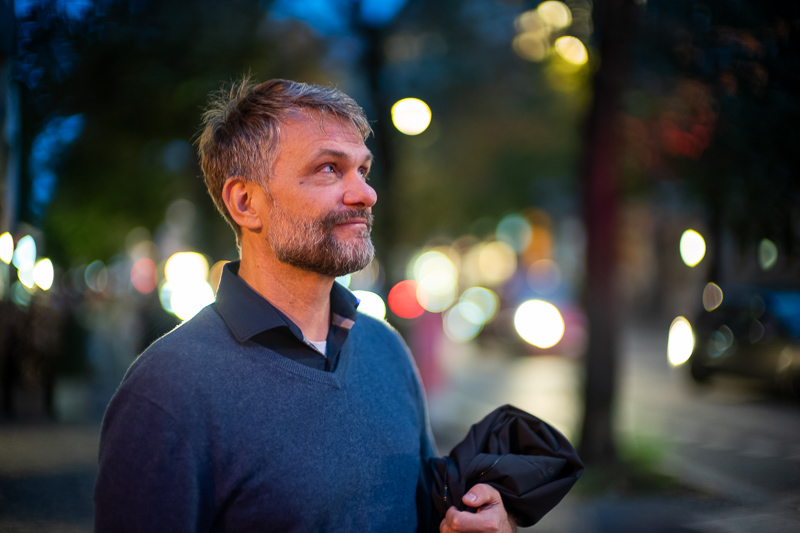
Zhong Yi 50mm 0.95 M Speedmaster
This Zhong Yi is definitely not the sharpest lens in this comparison. It also has the worst T-Stop. But the bokeh, especially at longer distances, it can be amazing. In this regard it is my favorite in many of the comparisons in the bokeh section.
The Zhong Yi makes for a bad general purpose lens, but it can still be a useful tool for portraits, when you are looking for that extra smooth bokeh rendering and don’t mind the lacking off-center sharpness.
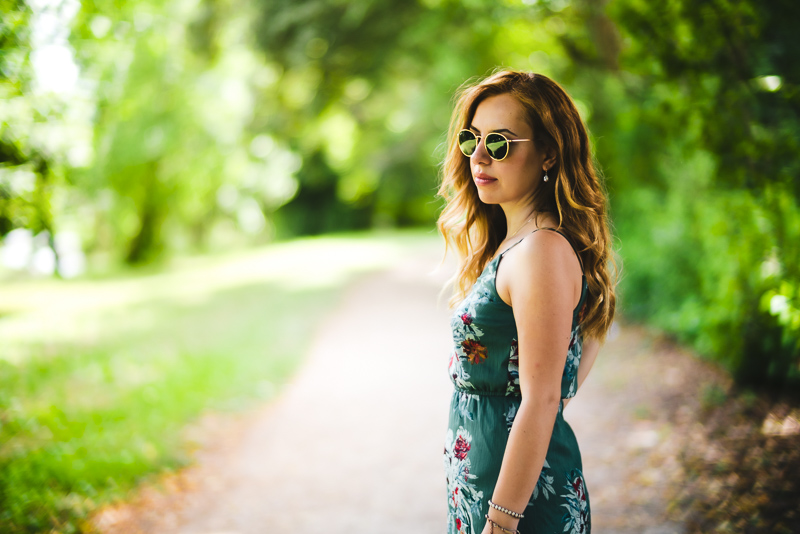
Voigtländer VM 50mm 1.0 Nokton
Cosina’s flagship 50mm lens is the lens with the best light transmission, the sharpest lens in this comparison at close to mid distances and it also makes for a good allround lens, as it doesn’t have any issues with low contrast or flare resistance (as long as you use its hood) and is more than good enough stopped down at infinity as well.
Like the Leica, this lens has a problem though. If we compare it to the slower, smaller and more affordable Voigtländer 50mm 1.2 Nokton, this f/1.0 lens blurs the background more in the center of the frame, but in many scenes looses to the slower f/1.2 lens in the corners due to higher optical vignetting and less favourable field curvature.
The question is, if the half-a-stop difference in light gathering capabilities and better sharpness at close to mid distances can make up for that. And we didn’t even talk about the higher weight, bigger size and worse minimum focus distance of the f/1.0 yet.
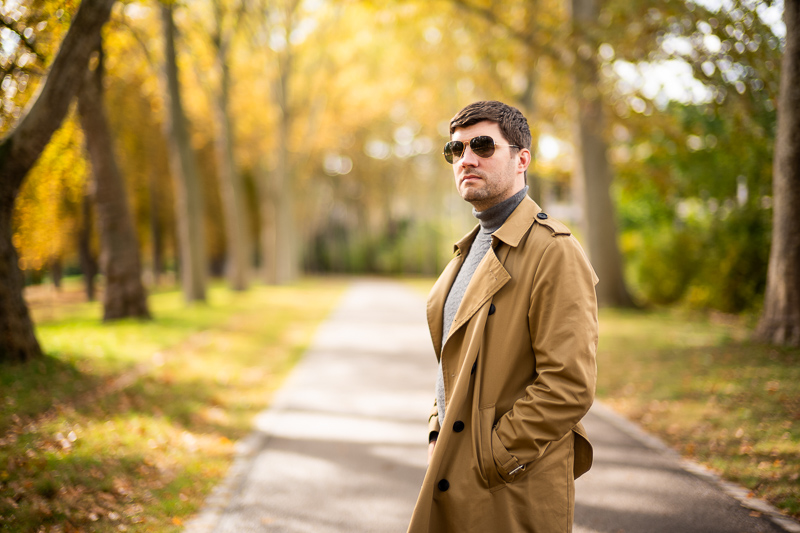
MS-Optics 50mm 1.0 ISM
If this lens had been the worst in all of the categories, it would not have come as a surprise. That this isn’t the case can actually be considered a success. This is a tiny lens compared to the others, it has the simplest optical design and it had been calculated by hand and manufactured in a small basement by just one guy. A special lens (in a good and bad way) and certainly not one easy to recommend based solely on its optical performance.
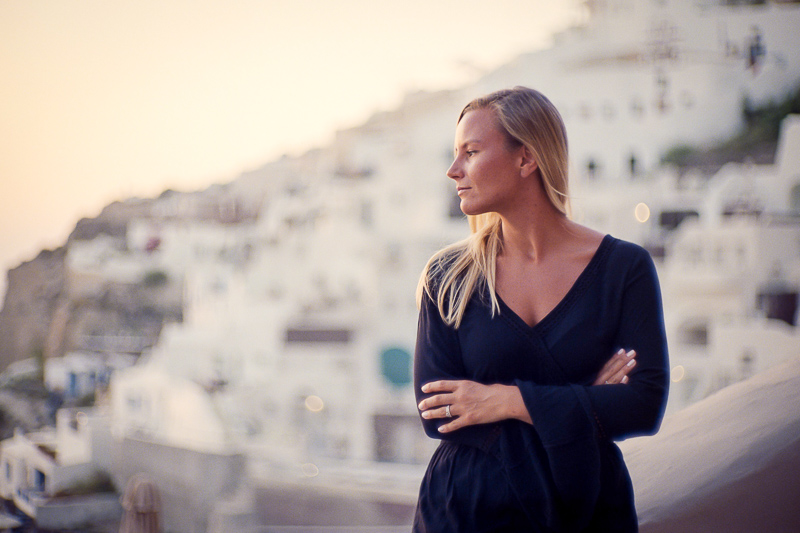
Mr. Ding 50mm 1.1
In many of the bokeh comparisons this lens takes the second place for me, as the bokeh has a softness to it that I find very appealing. It is not the most contrasty lens though, especially at closer distances, and in backlit scenarios it also struggles. That being said in the portrait comparisons it does a pretty good job with off center sharpness, often a better one than all but the two Voigtländers. Unlike the Zhong Yi lens this also still makes for a nice allrounder and on top of that it is the most affordable lens in this comparison.
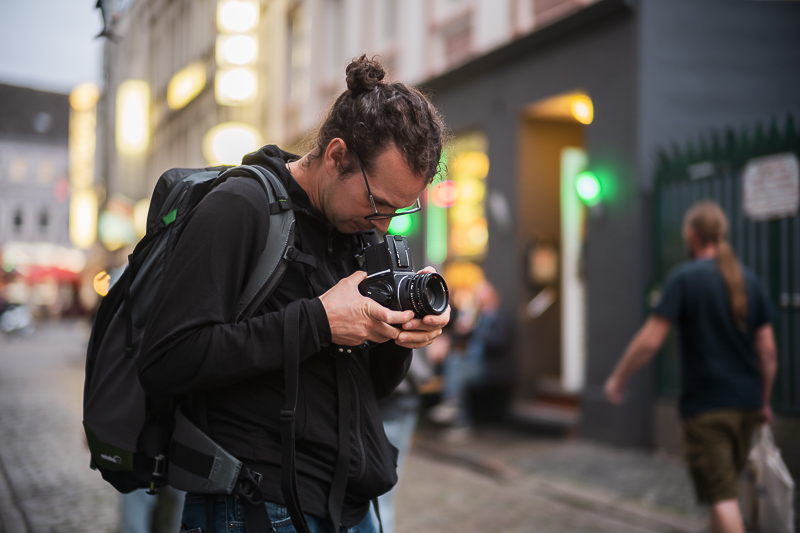
Voigtländer VM 50mm 1.2 Nokton
In a comparison with f/0.95 and f/1.0 lenses a maximum aperture of f/1.2 does not sound as sexy, I am very well aware of that. But don’t be fooled: as a whole package this is actually the most well rounded lens in this comparison and the one that makes most sense on an M-mount camera.
In terms of sharpness and contrast it is the most even performer. While at close to mid distances the VM 50mm 1.0 Nokton is slightly better, at infinity this f/1.2 lens takes the cake.
In terms of bokeh it is simply better than the Leica and least as good as the f/1.0 Voigtländer. It also corrects coma the best. The Zhong Yi as well as the Mr. Ding draw a smoother bokeh, but they are not as contrasty and also have other issues like being really soft at closer distances and not being remotely as good when it comes to flare resistance. Despite being nominally slower, this lens also lets more light in than either the Zhong Yi or the Mr. Ding.
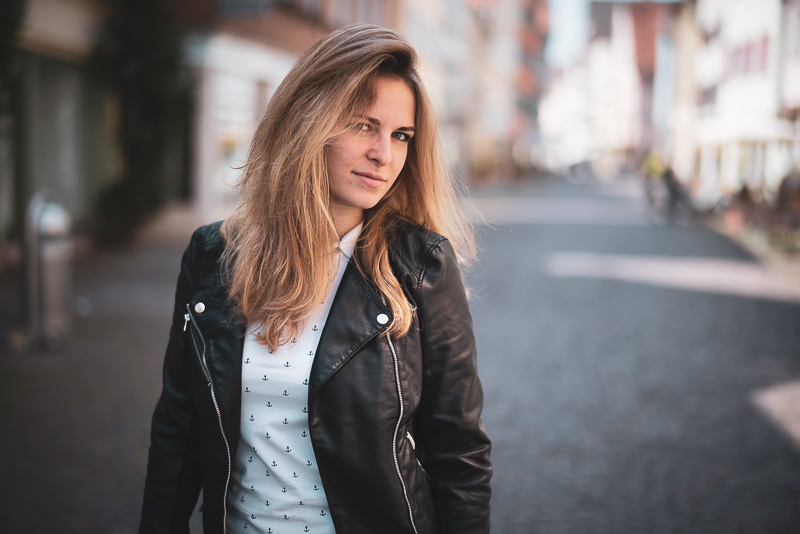
Which is the right lens for you?
There are some questions you need to answer for yourself here. The most important one is, are you looking for an “allround” 50mm lens or do you look for a special purpose lens for primarily portraiture and shallow depth of field photography?
The best allround lens is the Voigtländer VM 50mm 1.2 Nokton. It is reasonably sized so can actually be used as an everyday lens and it also doesn’t have any outstanding flaws that get in the way of that.
The Voigtländer VM 50mm 1.0 Nokton is the next best option, it has the best light transmission, so actually lets in half a stop of light more, but only does so in the central part of the frame, as it performs worse in terms of vignetting than the f/1.2 lens. Both these Voigtländer lenses are also easiest to use and easiest to focus.
In my opinion the Leica 50mm 0.95 Noctilux-M is too big and especially too heavy as an everyday lens and while it is the only other lens also offering a higher contrast rendering (and decent flare resistance), due to its bad off center sharpness at wider apertures it simply isn’t in the same league as the two Voigtländers. And you have to love its bokeh rendering for what it is.
Now if your focus is more on smoother bokeh rendering than high contrast, the Mr. Ding 50mm 1.1 can also make a lot of sense as an allrounder. In the portrait comparisons I found its sharpness – in those parts of the frame where I would actually place a subject – to often be the best after the Voigtländers.
If you already have a (maybe slower) allround 50mm lens and you are looking for a faster one as an addition to that, I would recommend to have a closer look at the Mr. Ding 50mm 1.1 as well as the Zhong Yi 50mm 0.95 M. Both of them draw a very appealing bokeh that cannot be achieved with slower 50mm lenses and they are also the most affordable ones. I always think it is smarter not to sink too much money into a special purpose lens that won’t be seeing that much use anyway.
Support Us
If you found this article helpful and you decide to buy one of these lenses, please consider using one of the following affiliate links.
If you are not interested in buying any of these lenses, but you still found this article useful, just liked reading it or it saved you a lot of money: treat us to a coffee!
![]()
![]()
![]() via Paypal
via Paypal
This site contains affiliate links. If you make a purchase using any of the links marked as affiliate links, I may receive a small commission at no additional cost to you. This helps support the creation of future content.
Leica 50mm 0.95 Noctilux-M Asph
$12.995 (new), $6.000 (used)
buy from amazon.com | amazon.de | B&H | ebay.com | ebay.de (affiliate links)
Zhong Yi 50mm 0.95 M
$499 (new)buy from manufacturer’s shop | amazon.com | B&H (affiliate links)
Voigtländer VM 50mm 1.0 Nokton
$1.799 (new)
buy from amazon.com | amazon.de | B&H | ebay.com | ebay.de (affiliate links) or find your local Voigtländer distributor
MS-Optics 50mm 1.0 ISM
~$1.300 (used)
buy from ebay.com (affiliate link)
Mr. Ding 50mm 1.1
$399 (new)
buy from official Mr. Ding Studio shop | ebay.com (affiliate links)
Voigtlander VM 50mm 1.2 Nokton
$949 (new)
buy from amazon.com | B&H | ebay.com | ebay.de (affiliate links) or find your local Voigtländer distributor
Other Articles
Latest posts by BastianK (see all)
- Analogue Adventures – Part 33: Harman Phoenix 200 - July 24, 2024
- Review: Nikon 200mm 2.0 IF-ED Ai – The first of its Kind - July 21, 2024
- Review: Voigtländer 50mm 1.1 Nokton – Better than its reputation? - July 17, 2024
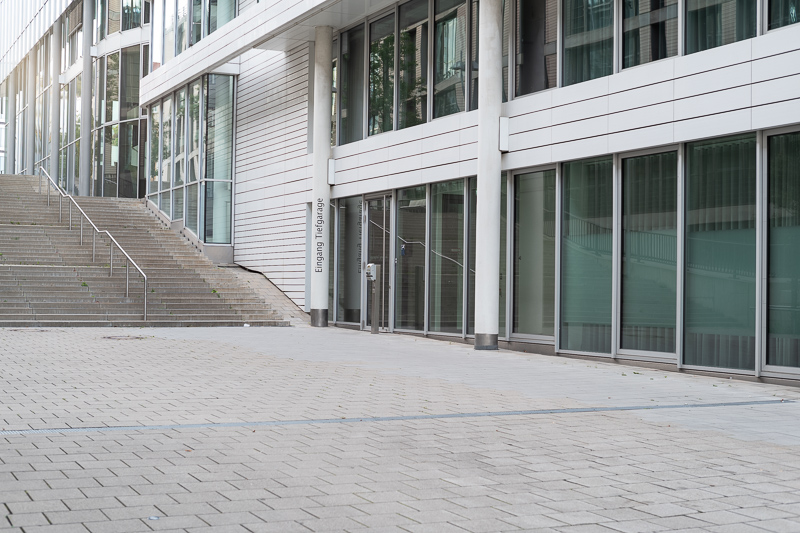
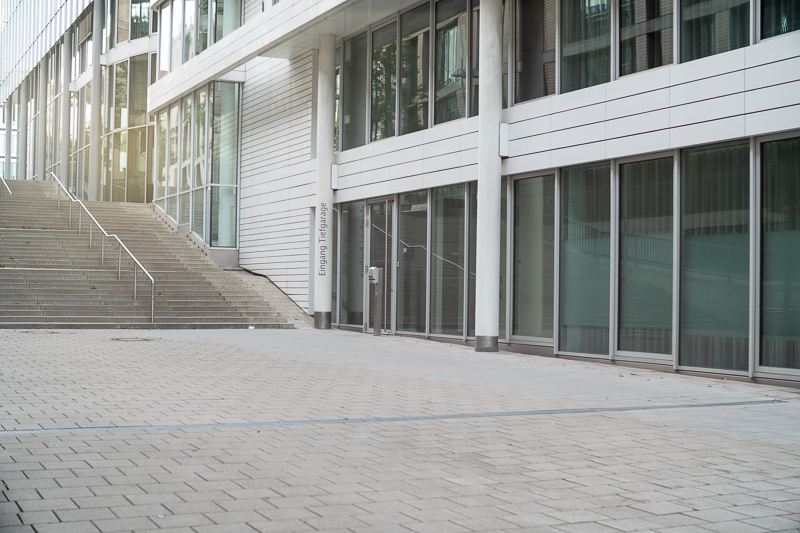
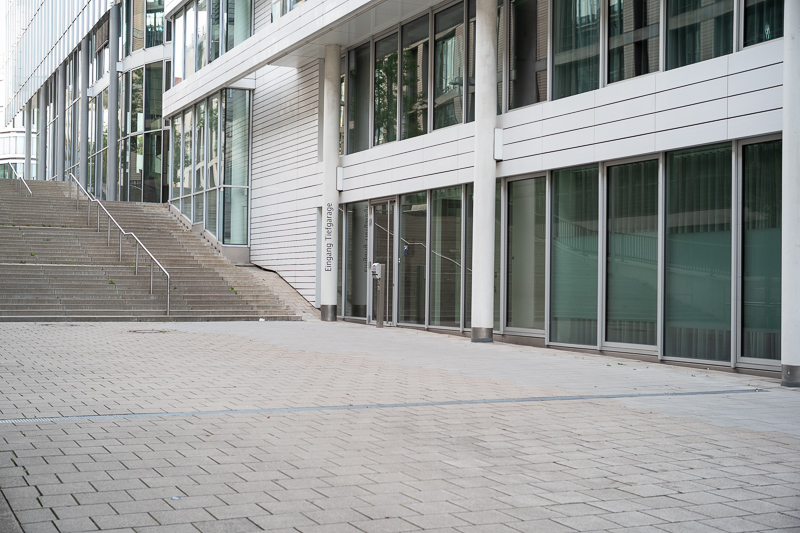
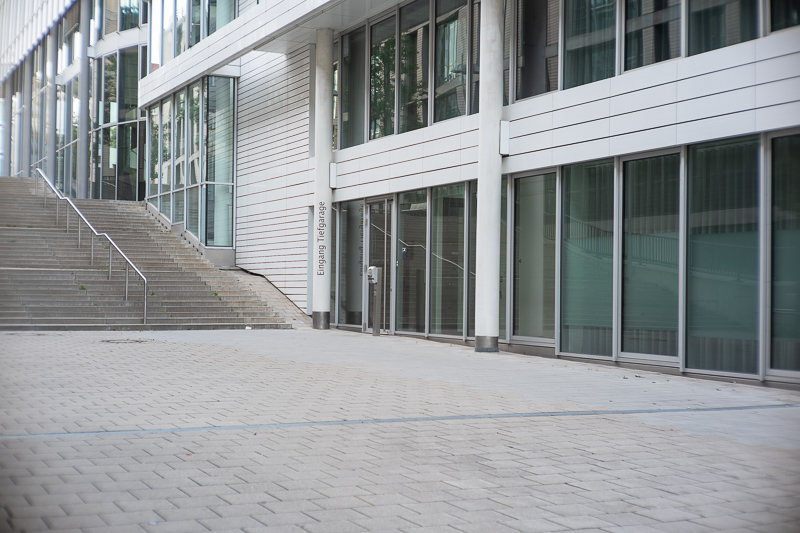
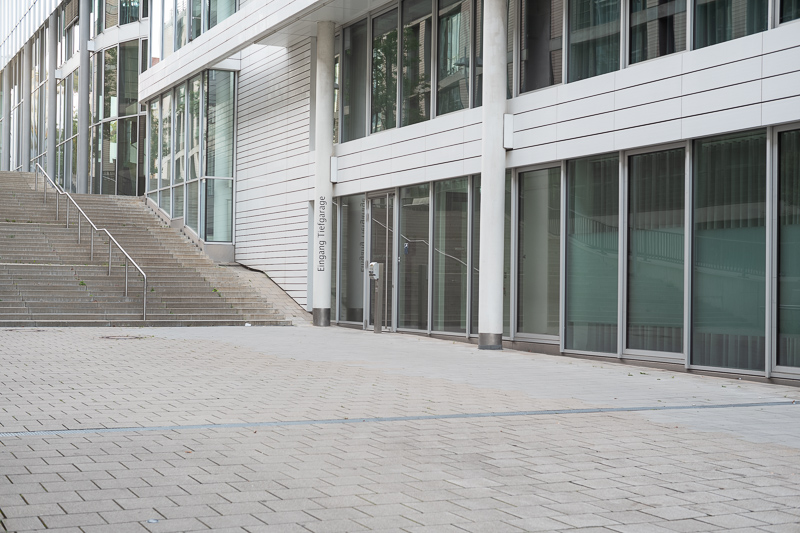
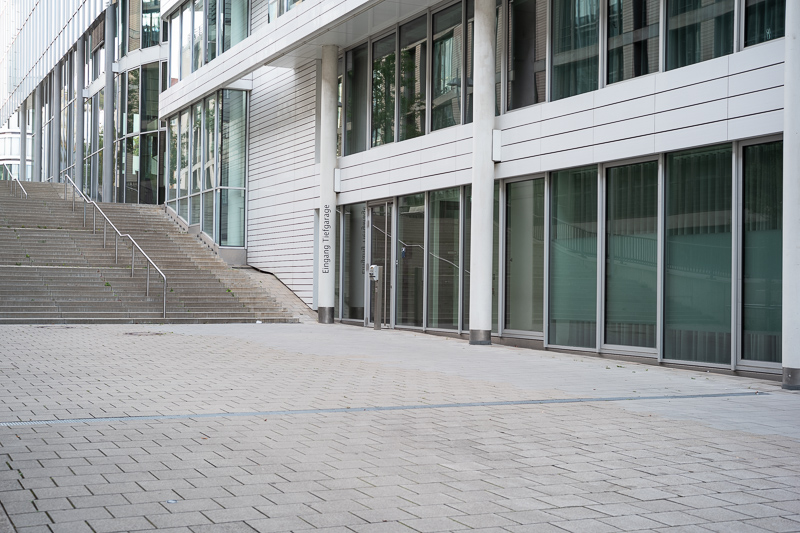
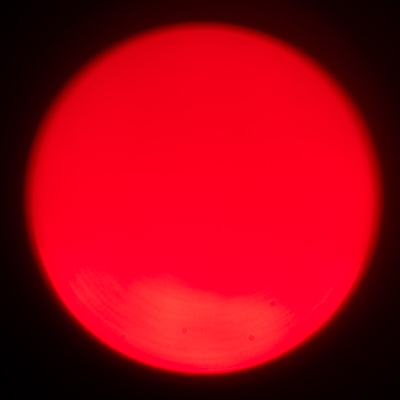
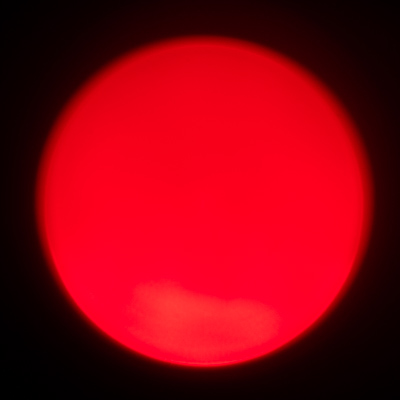
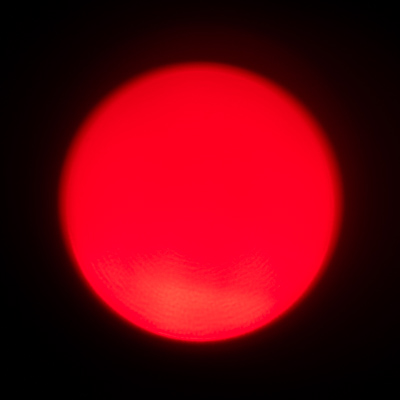
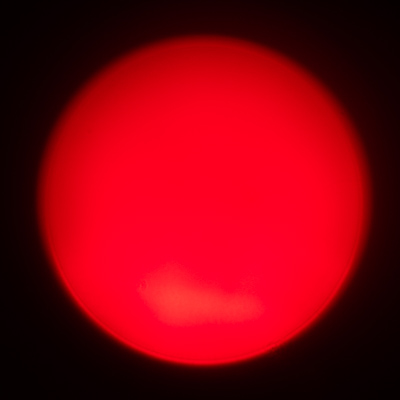
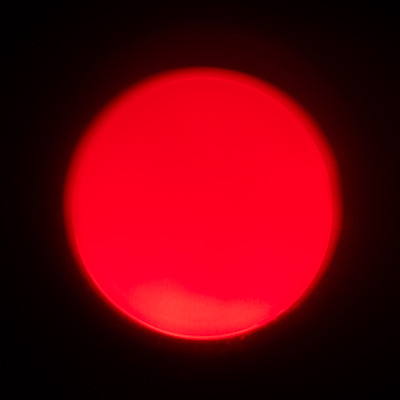
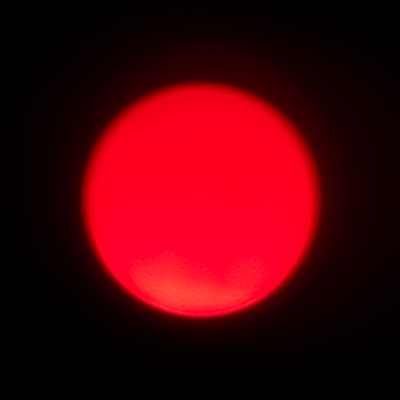
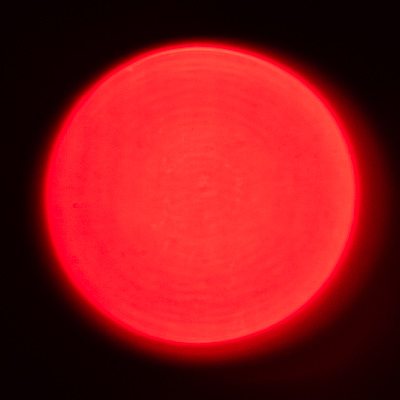
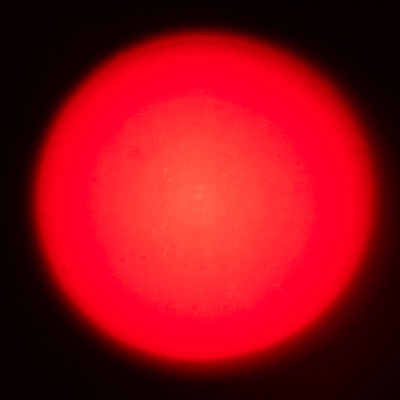
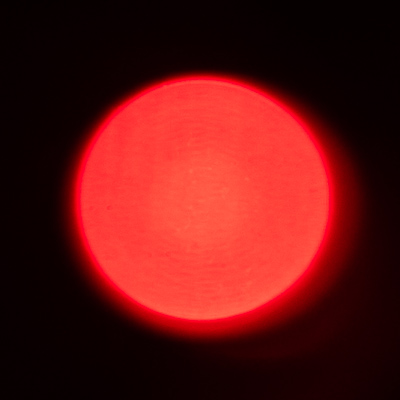
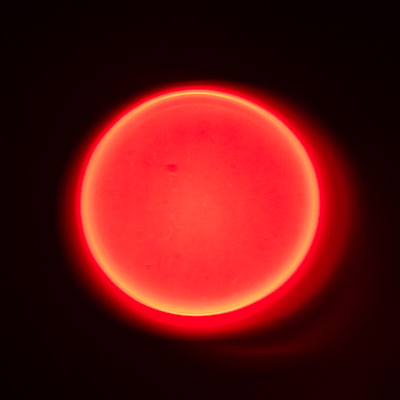
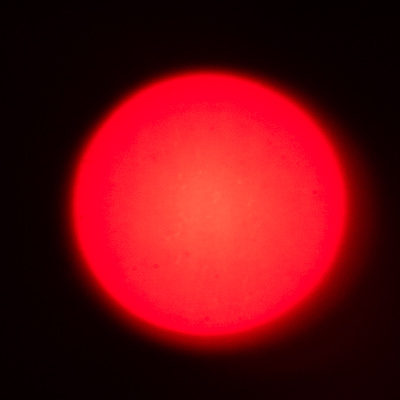
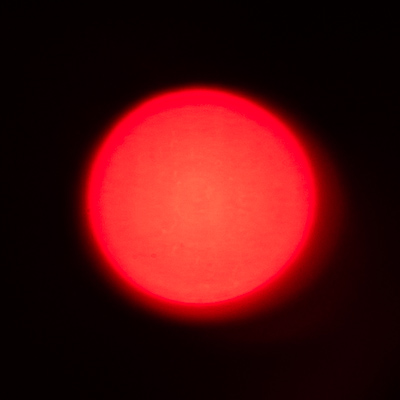


















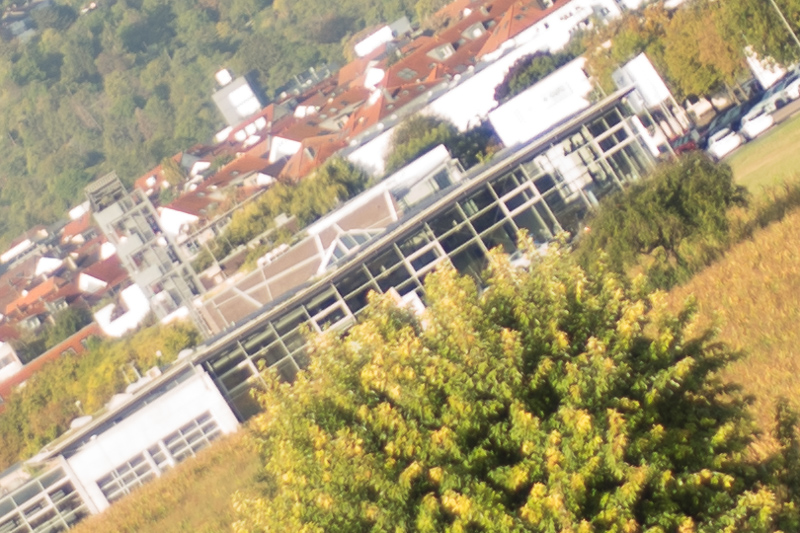
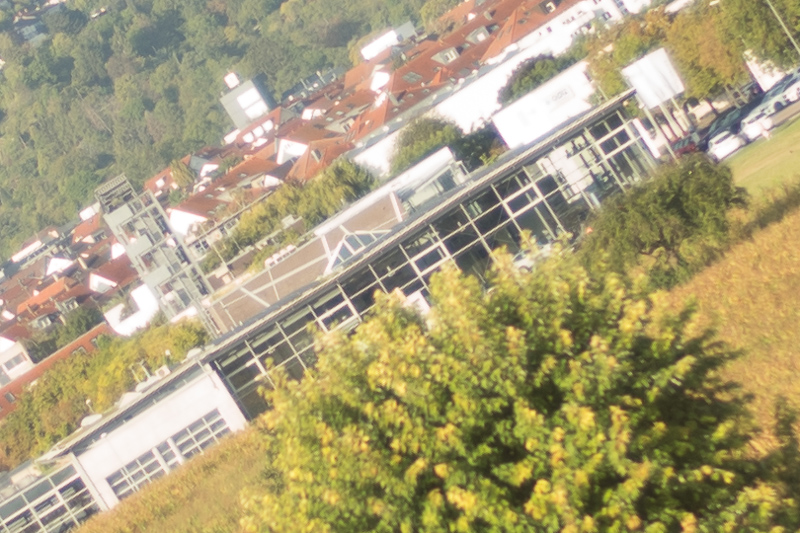
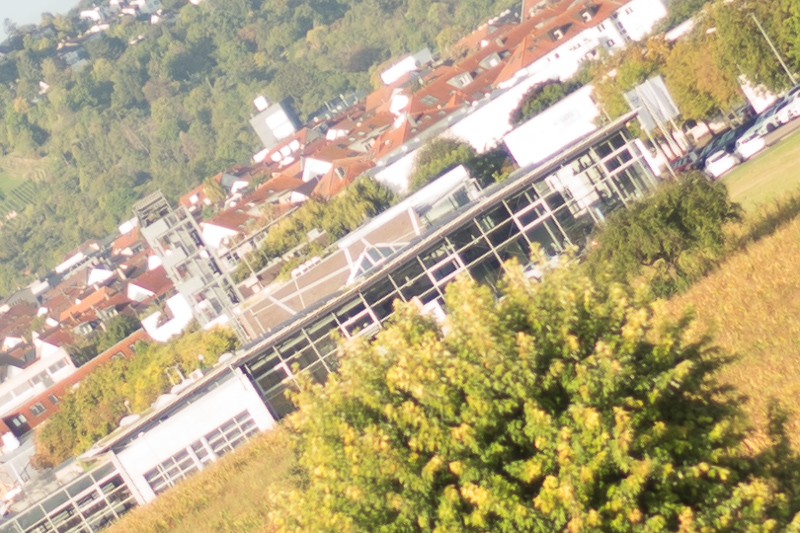
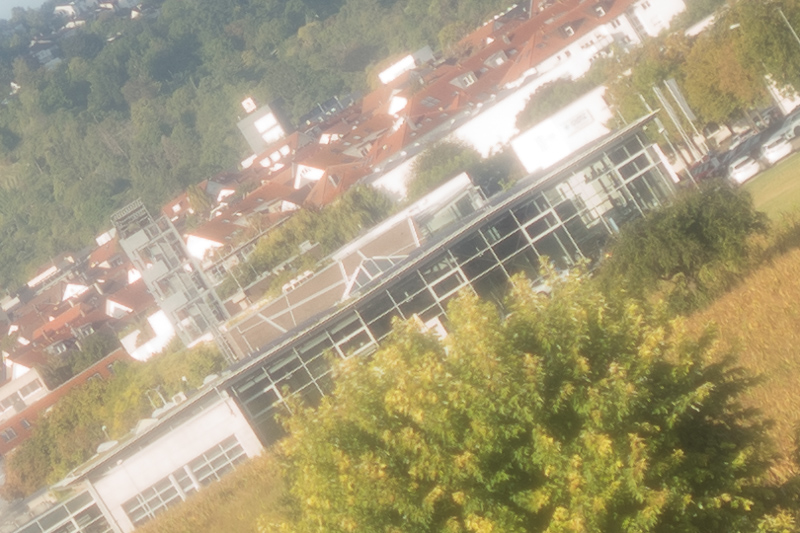

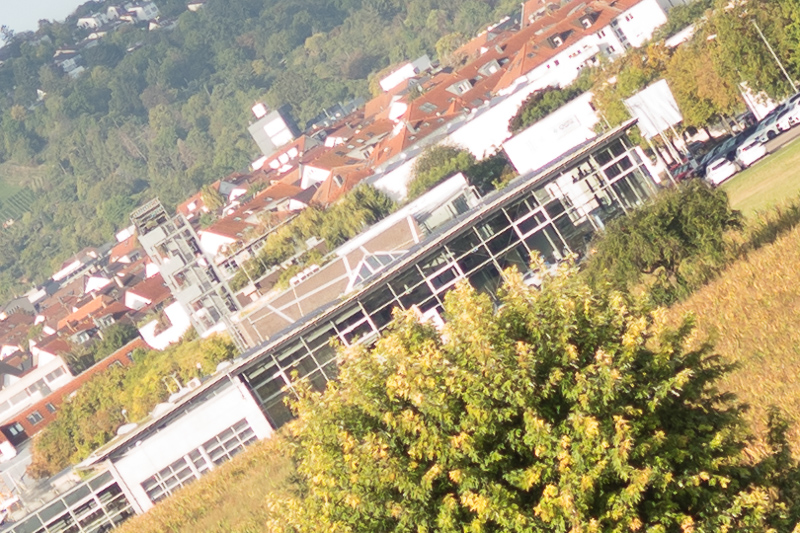
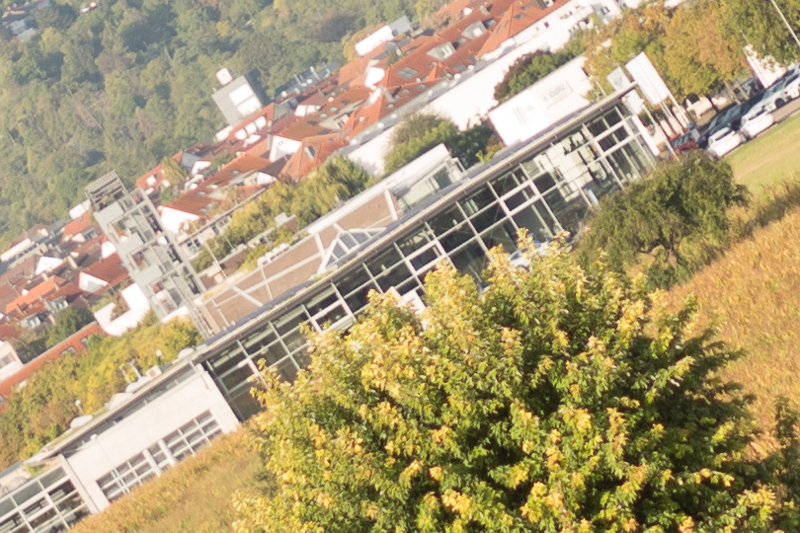
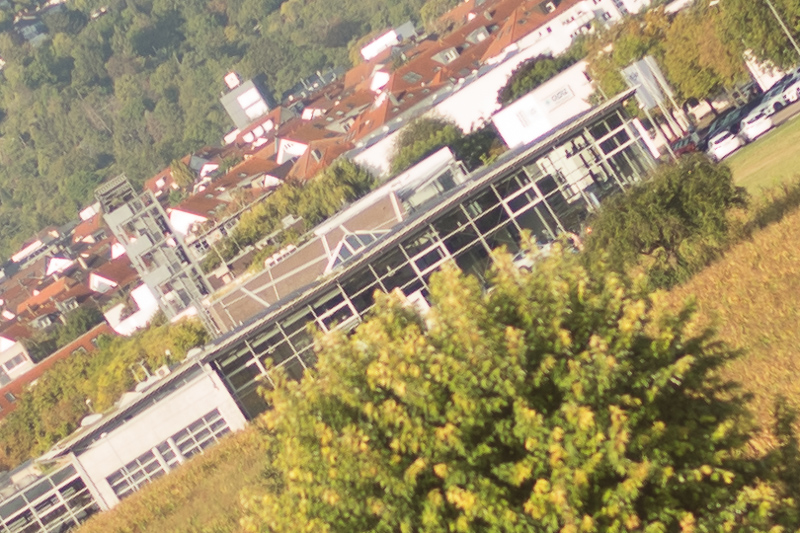
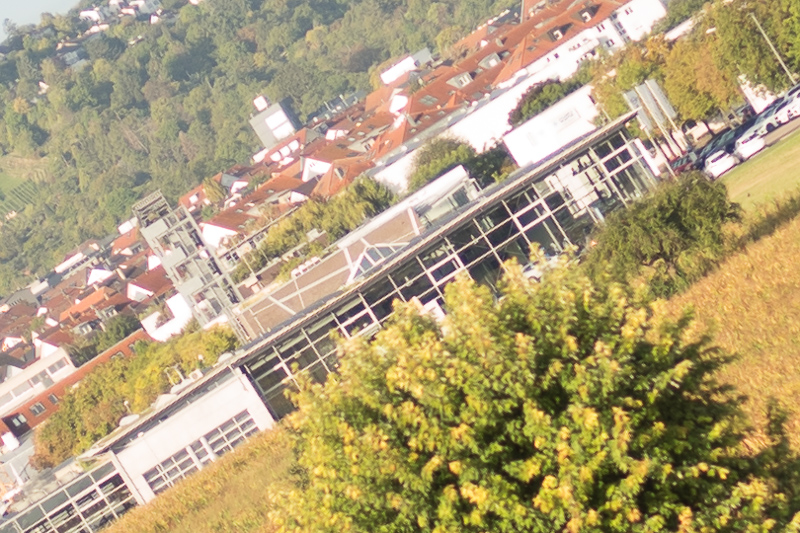
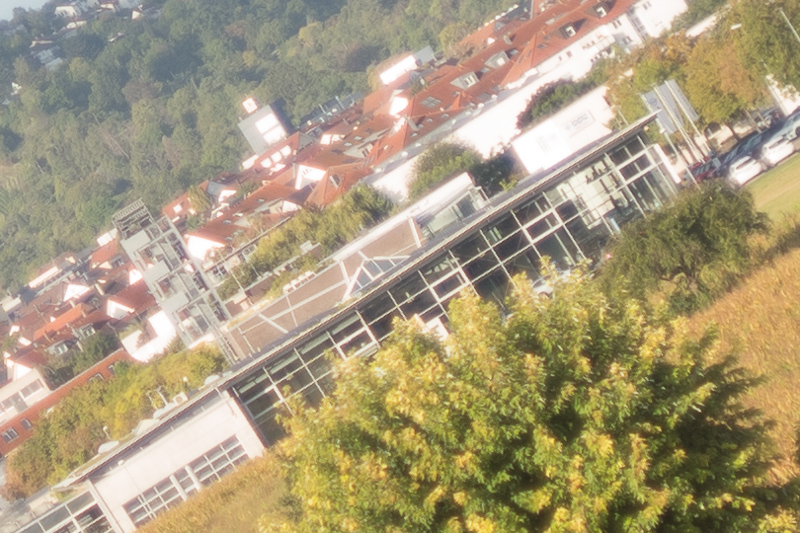
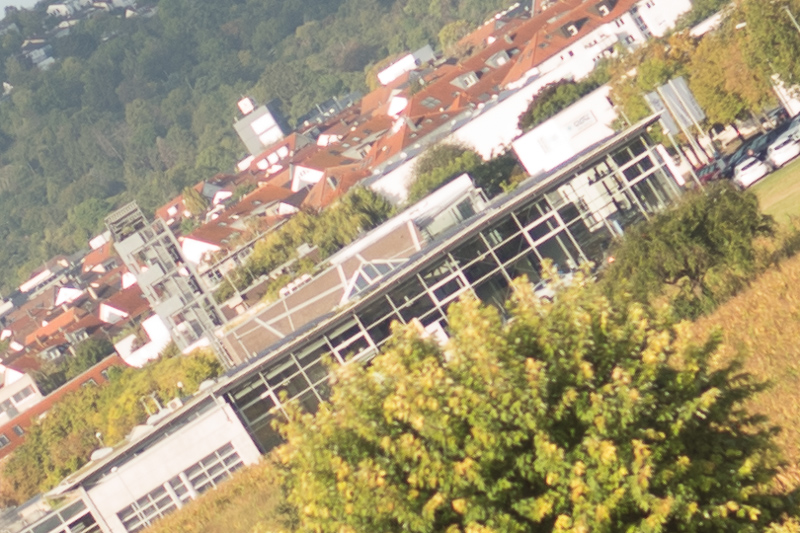
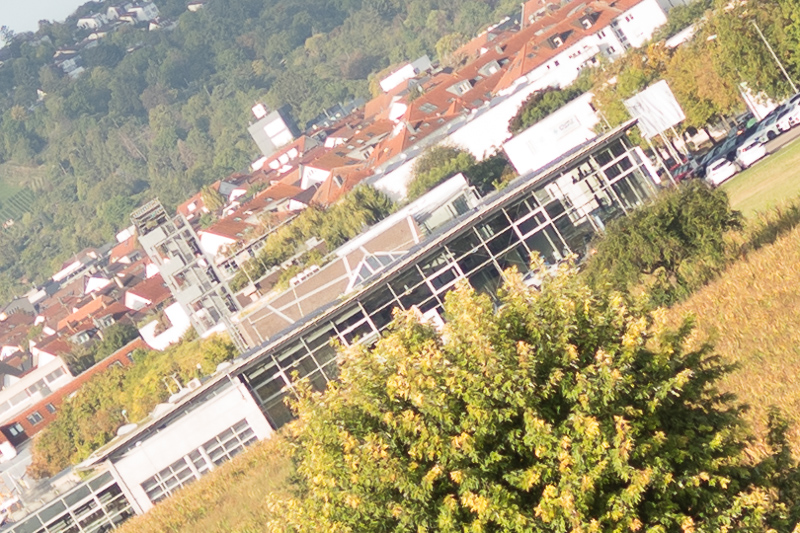
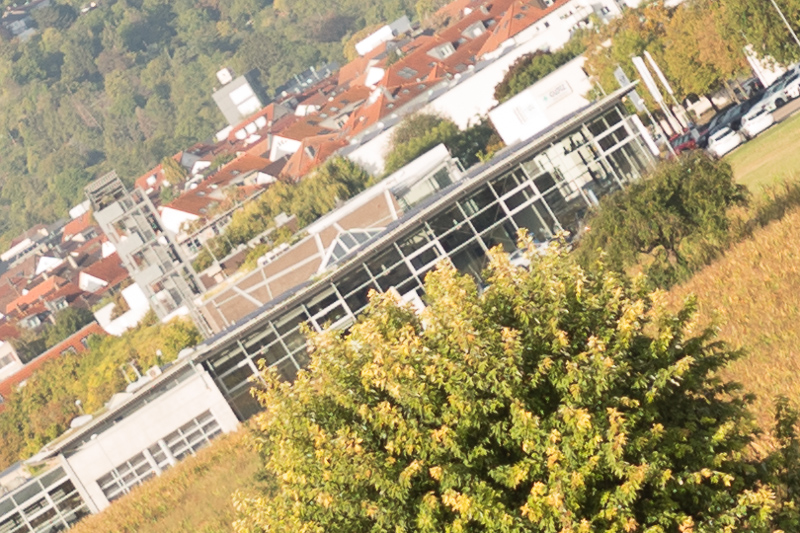
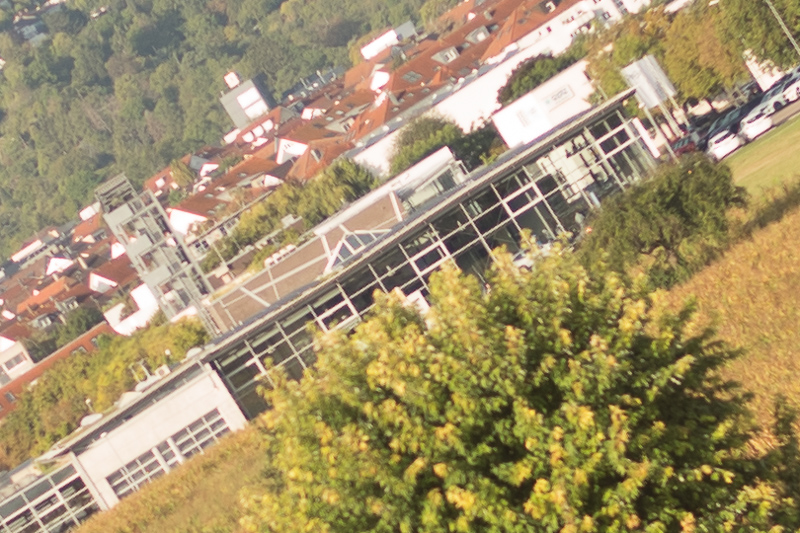
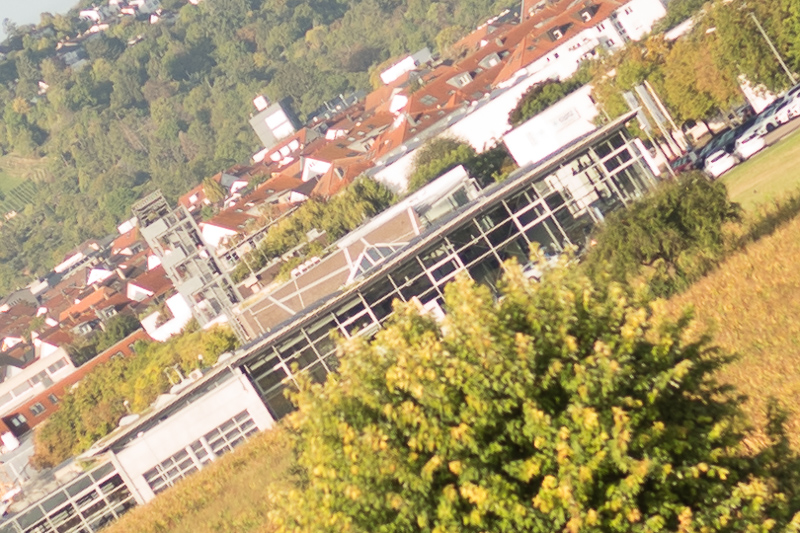
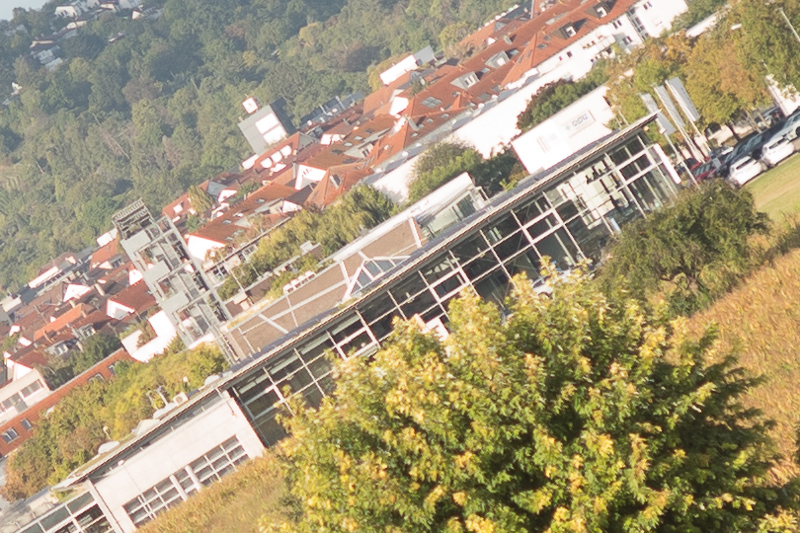

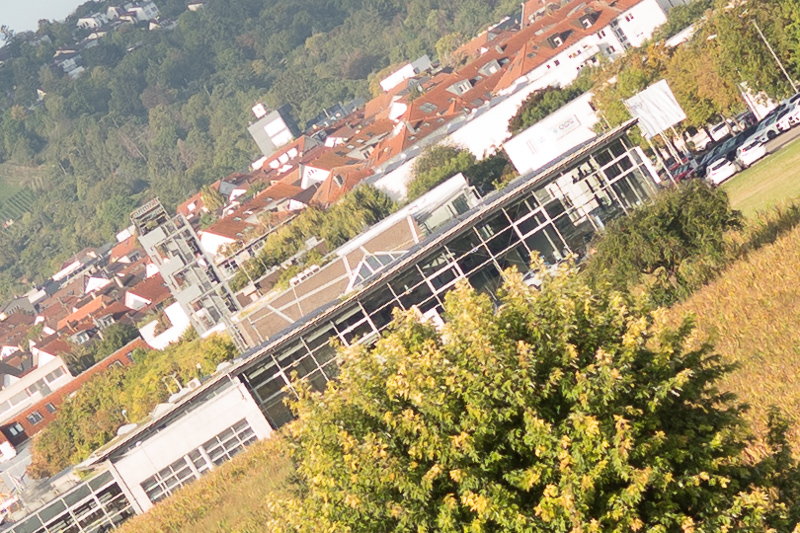
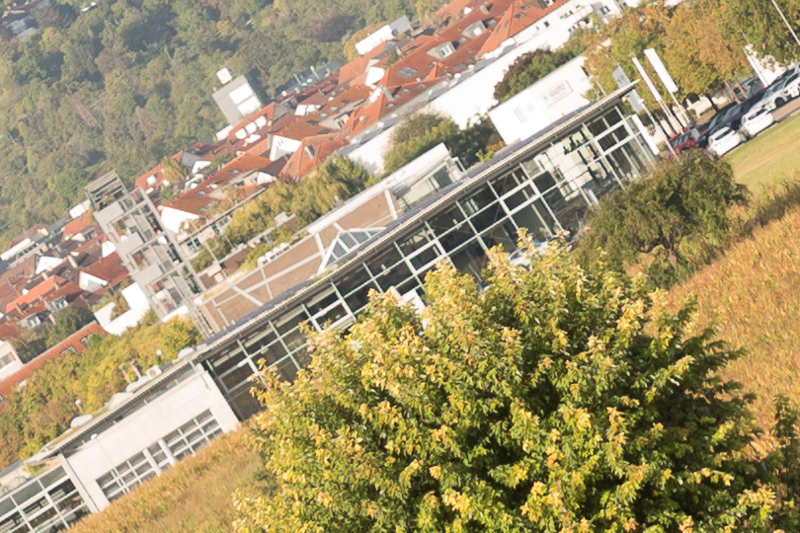
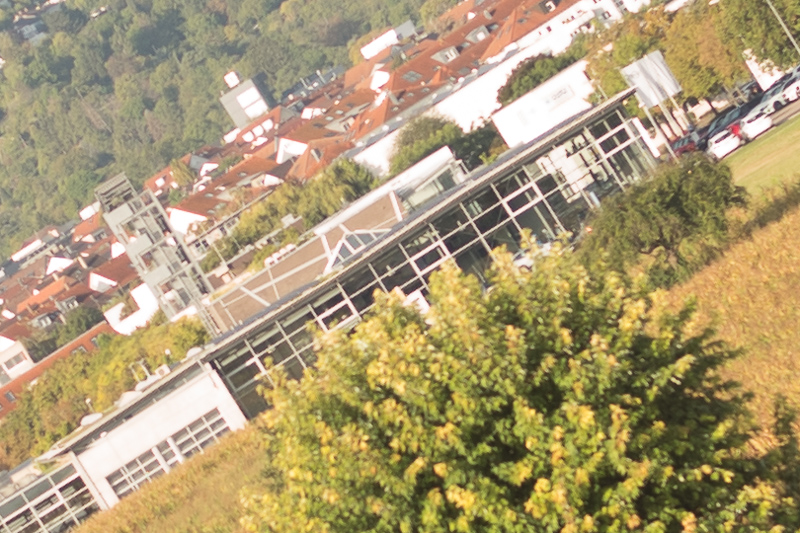
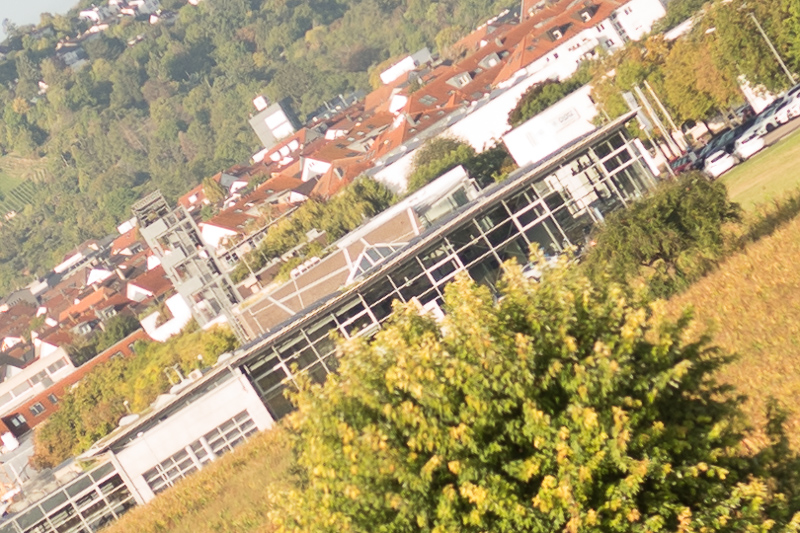
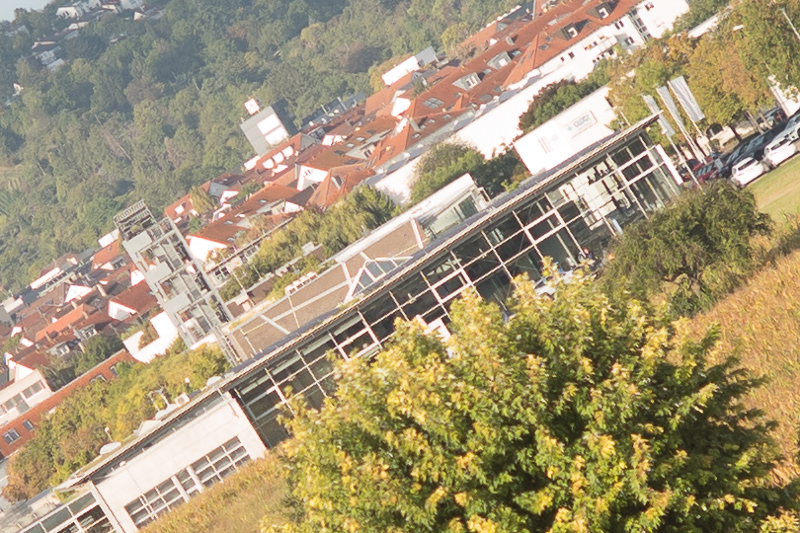
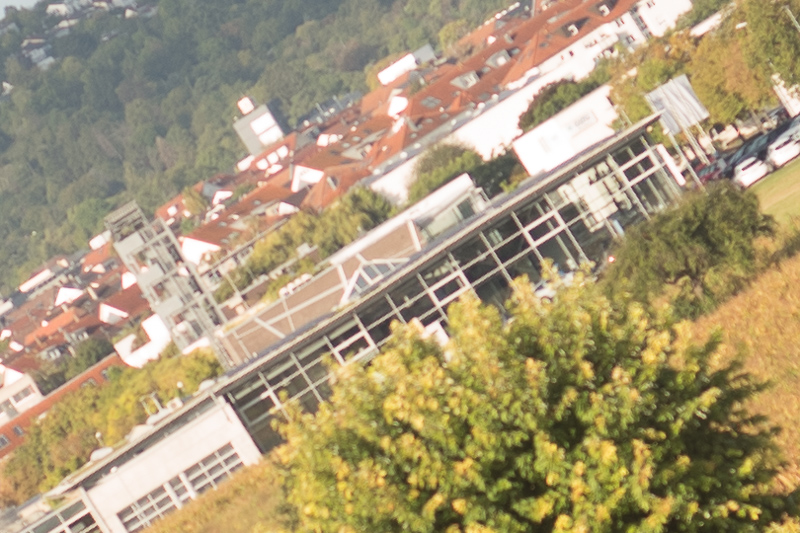
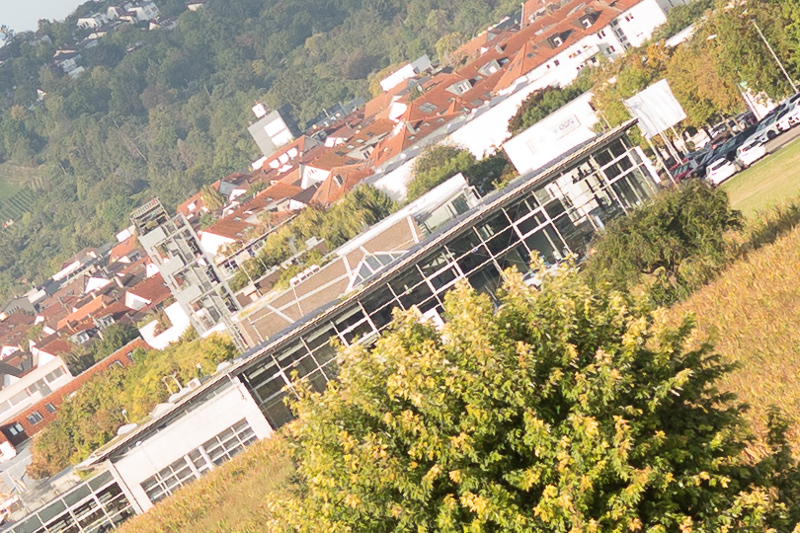
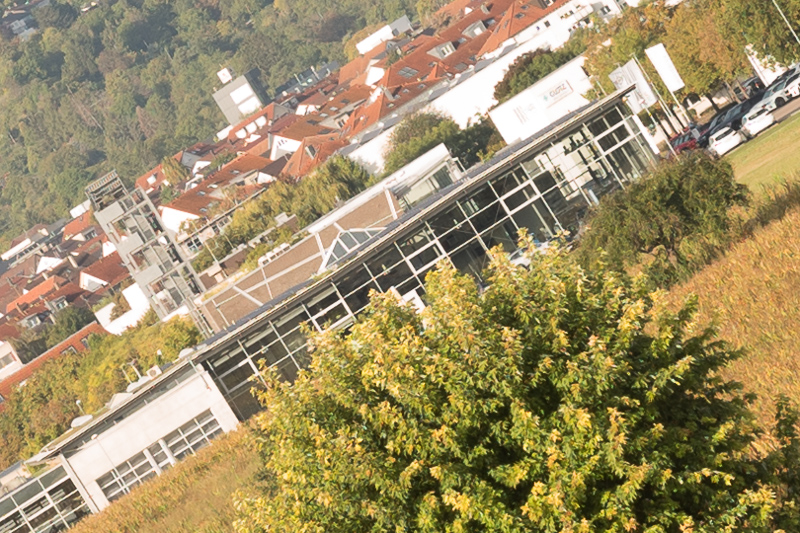
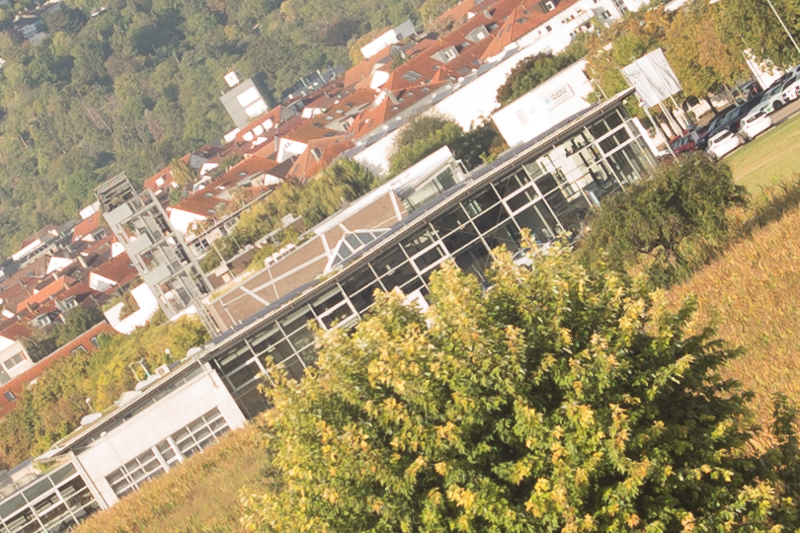
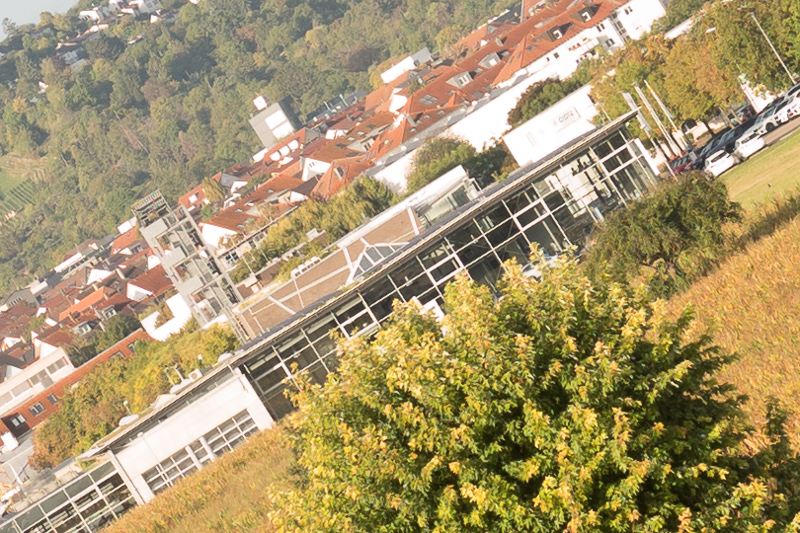
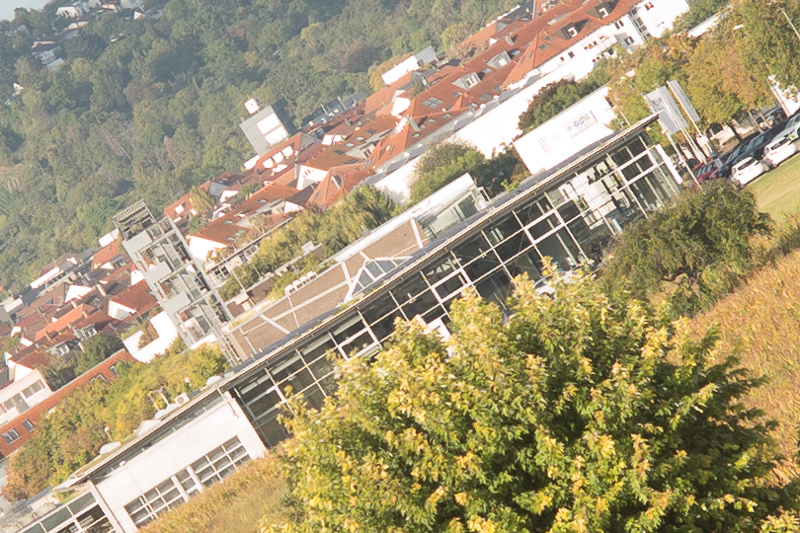
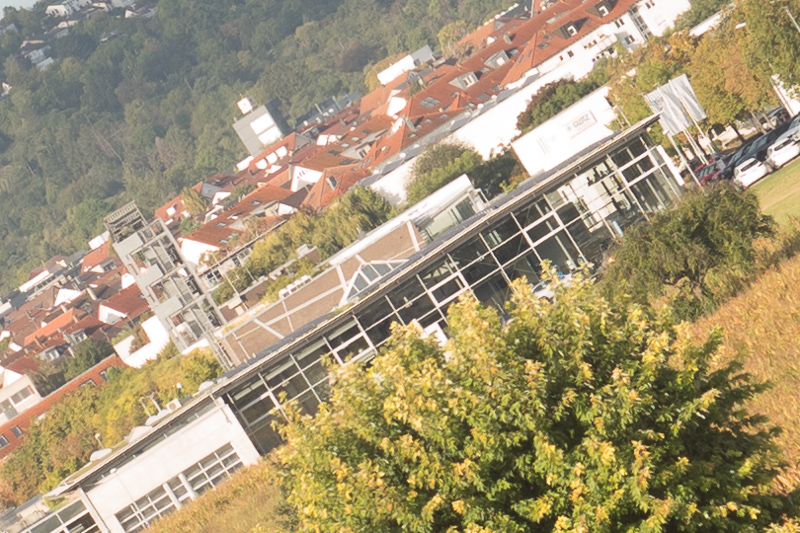
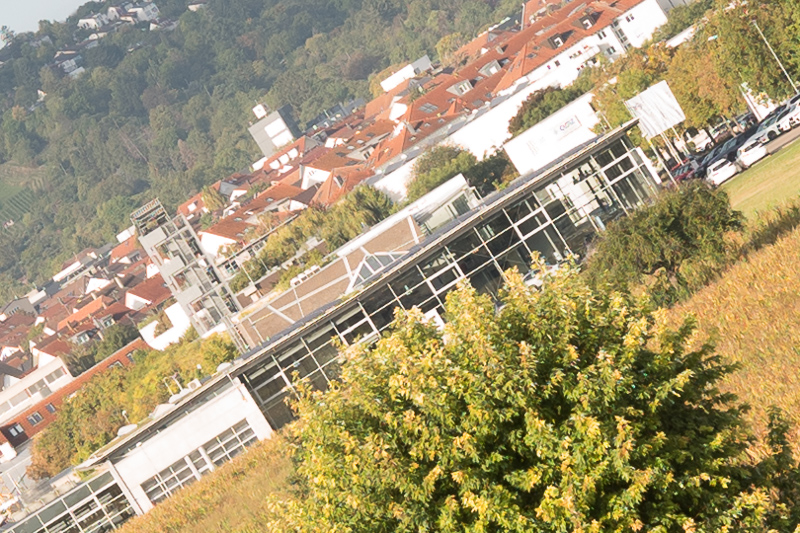

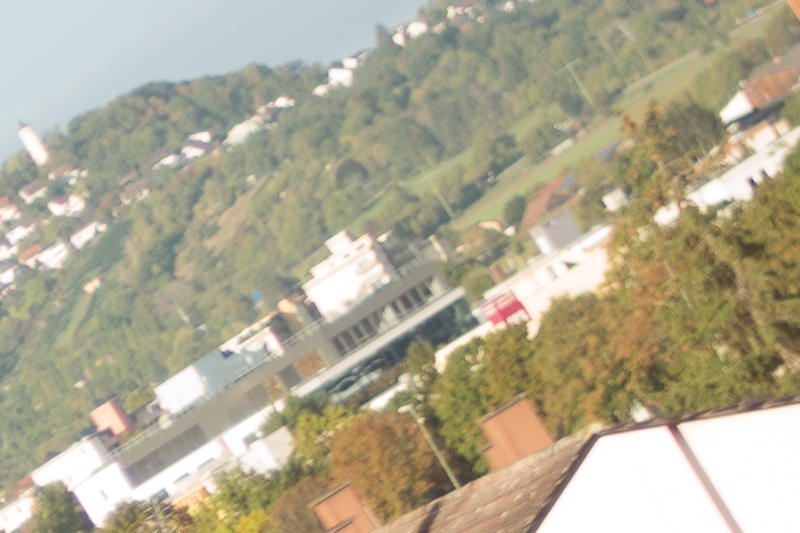
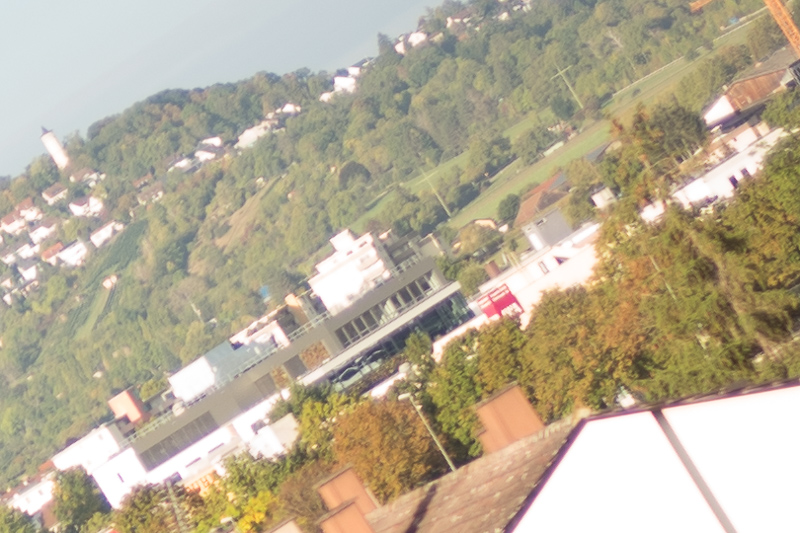
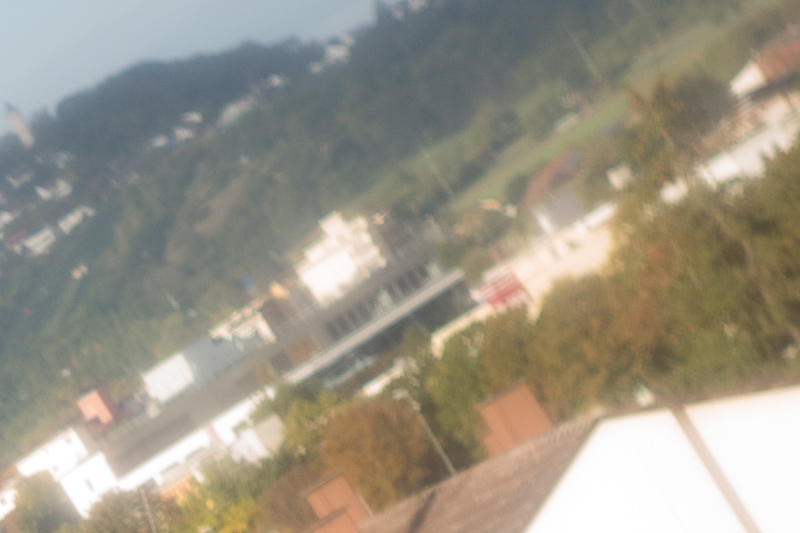
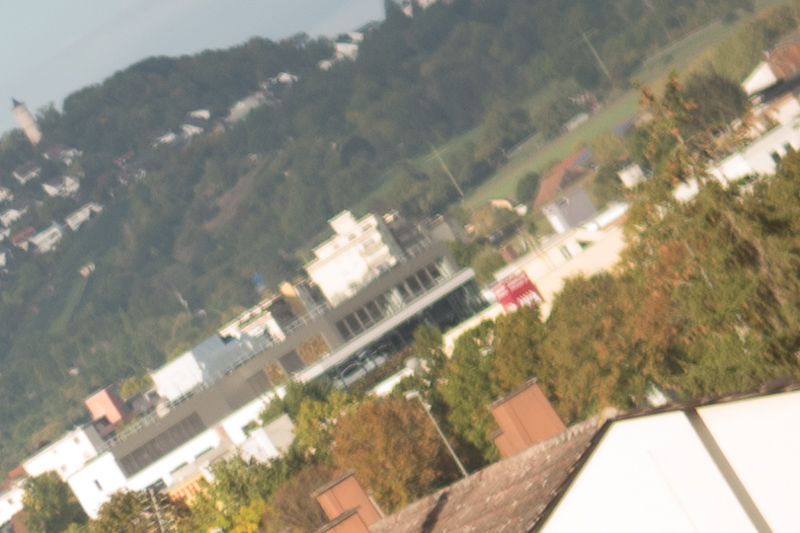
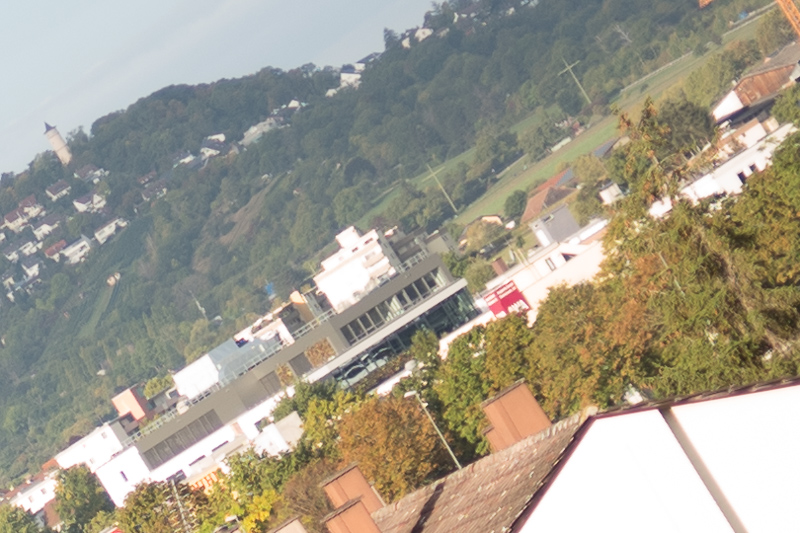
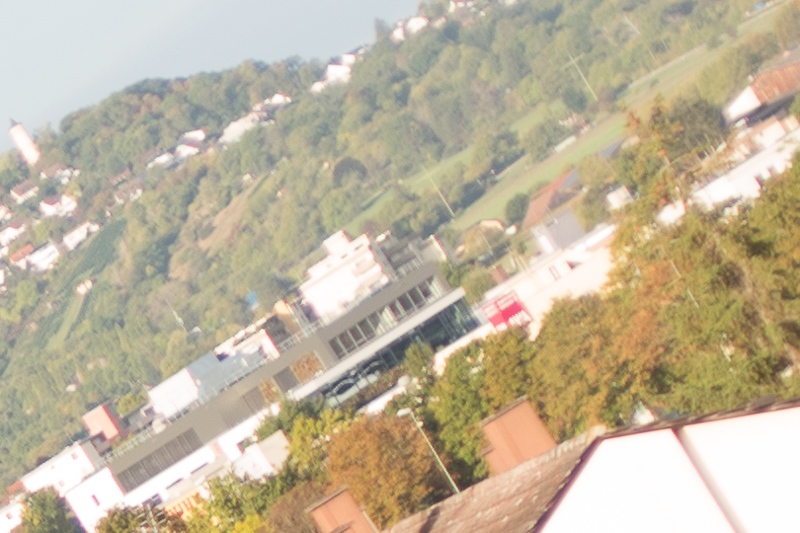
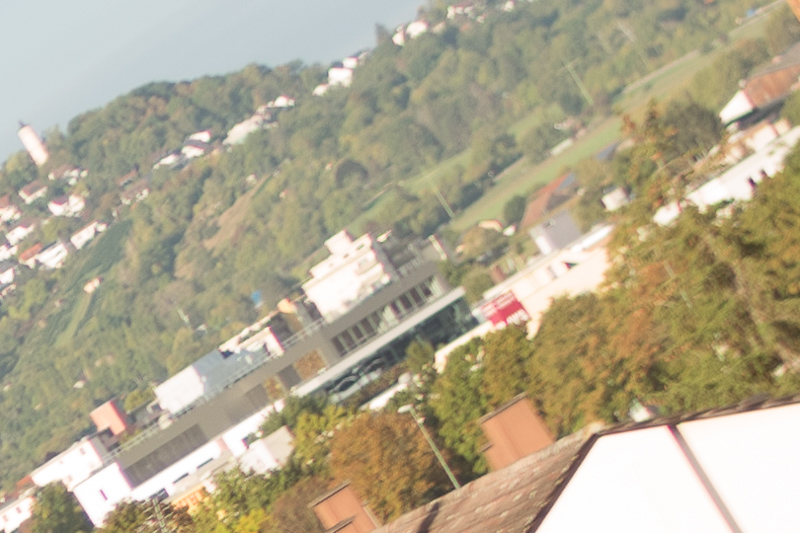
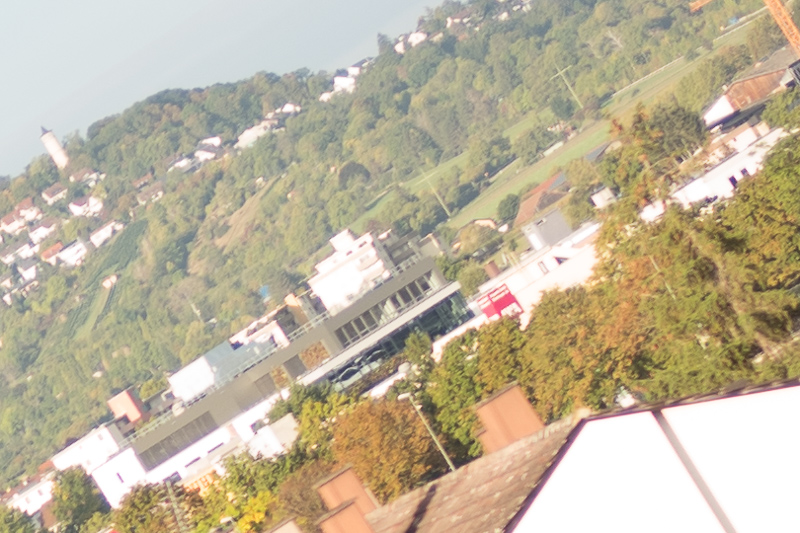
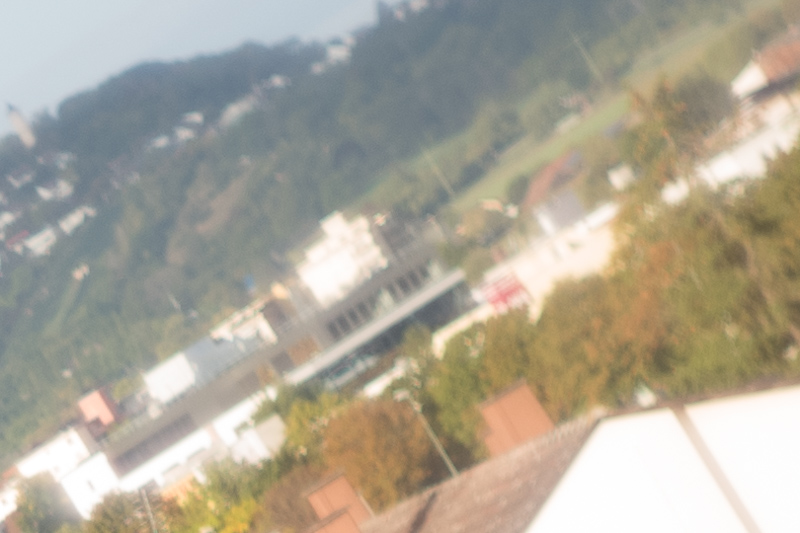
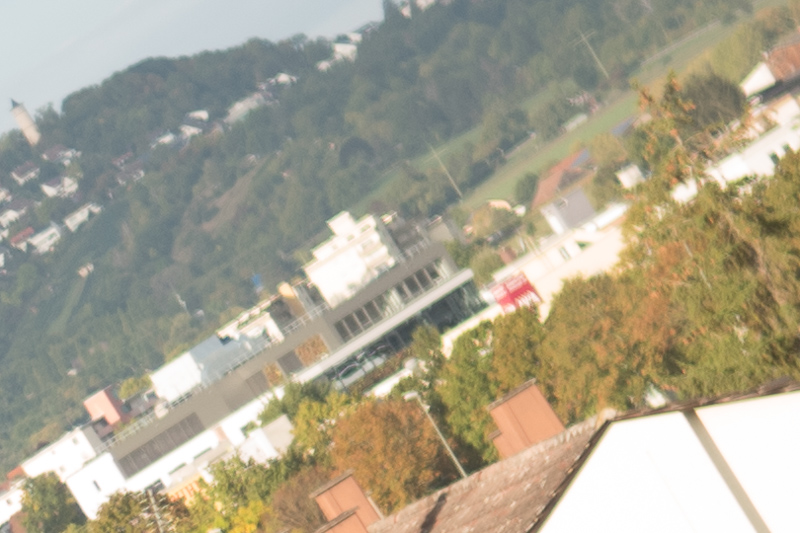
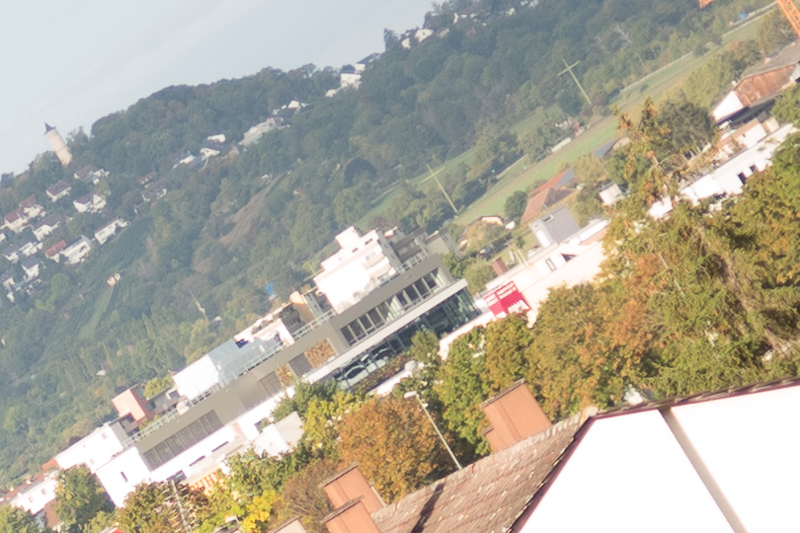
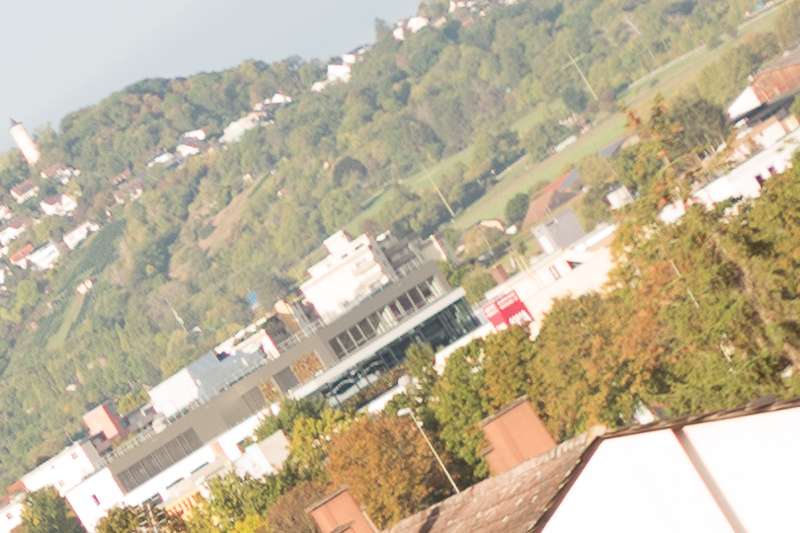
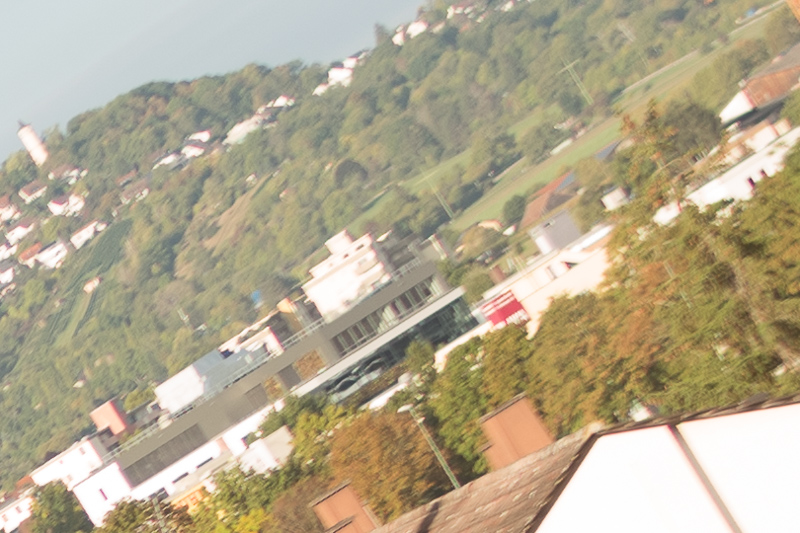
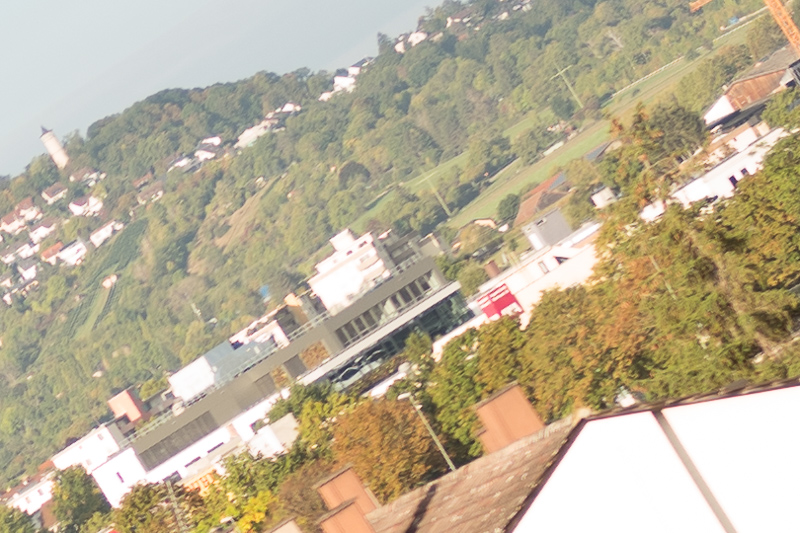
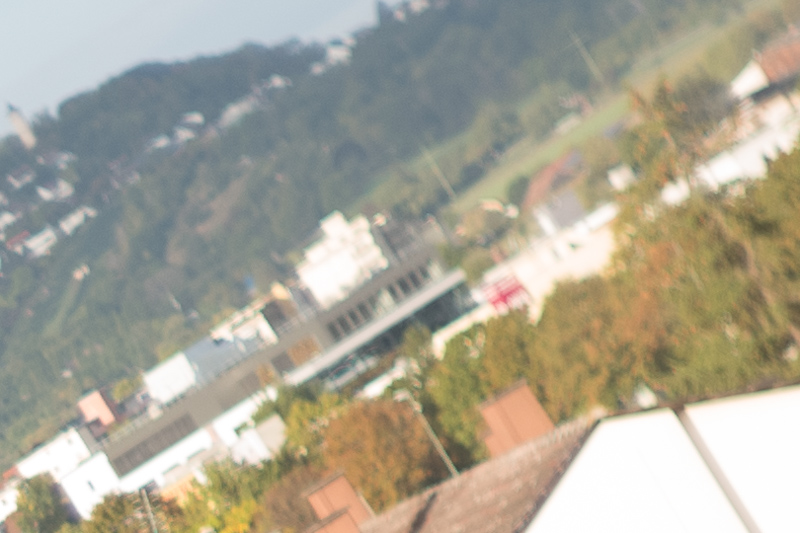
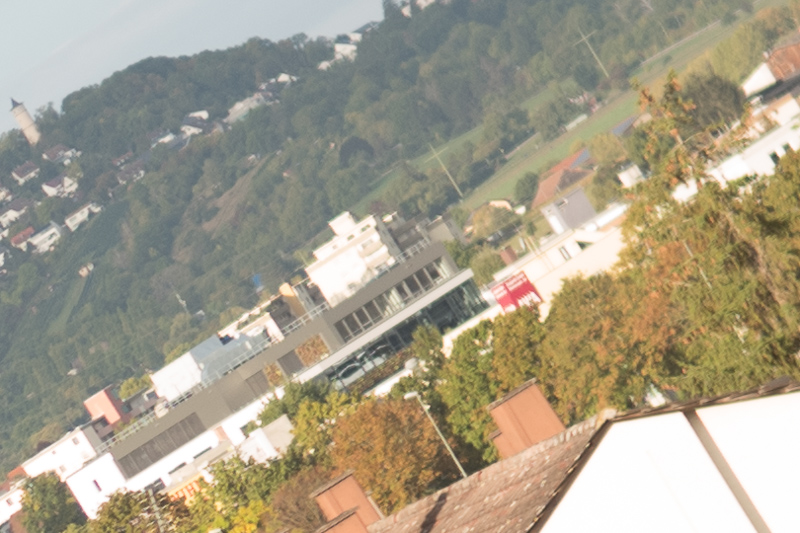
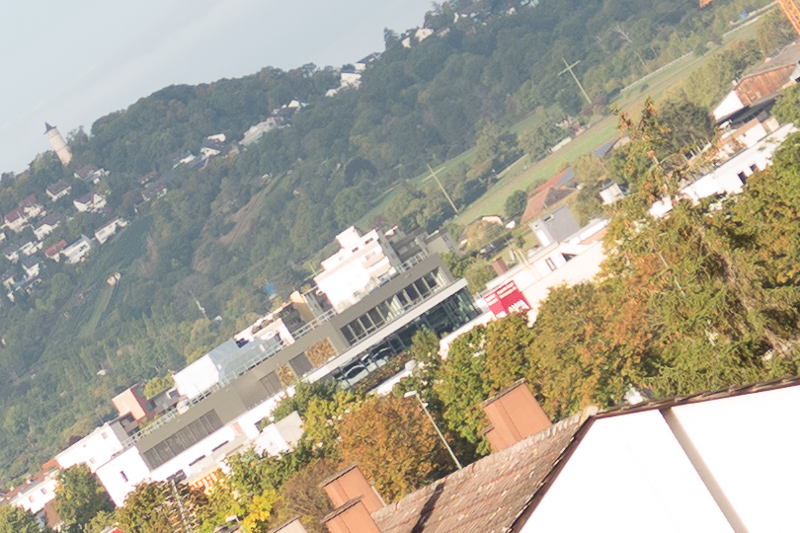
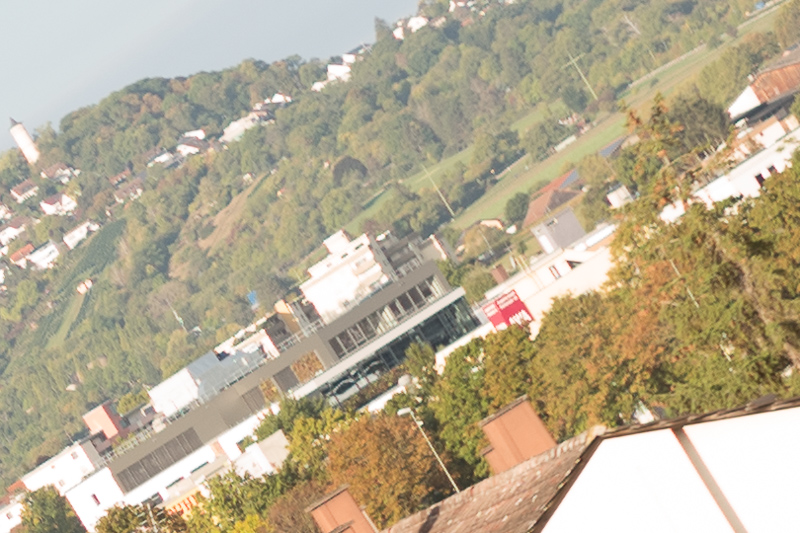
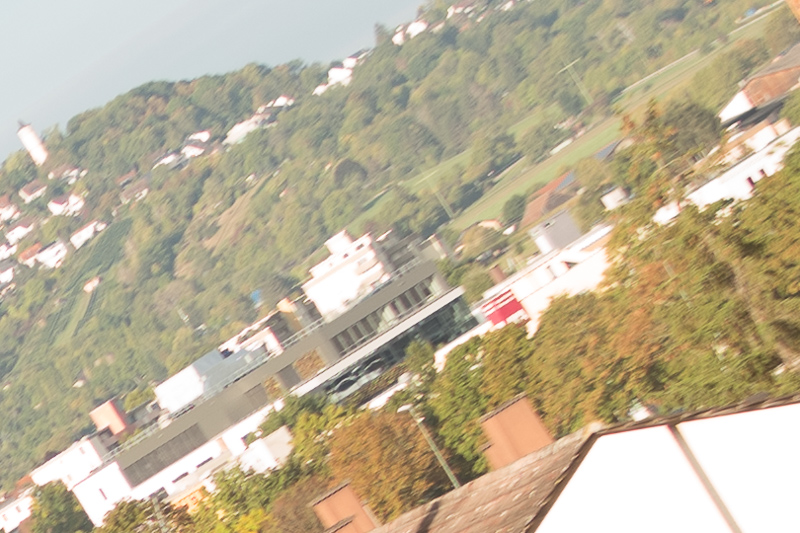
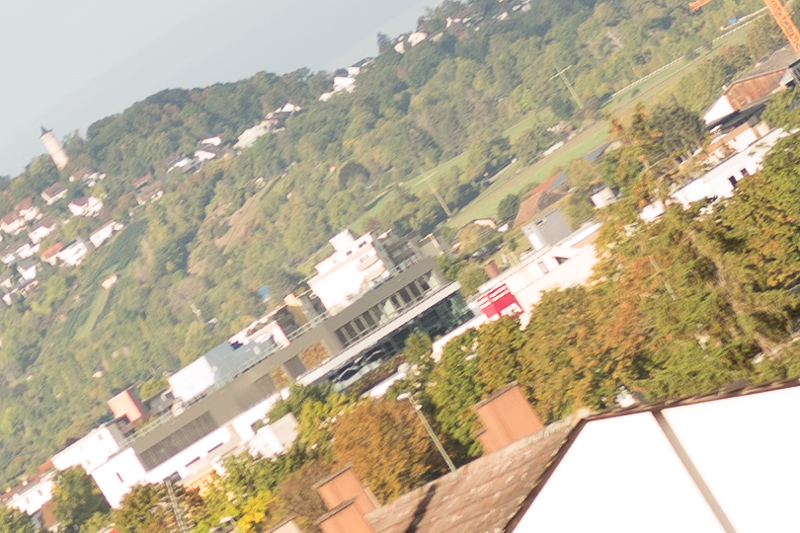
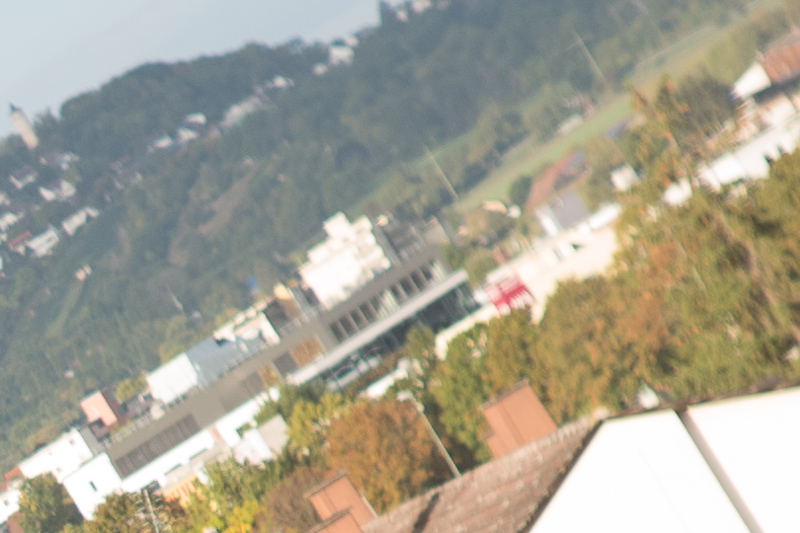

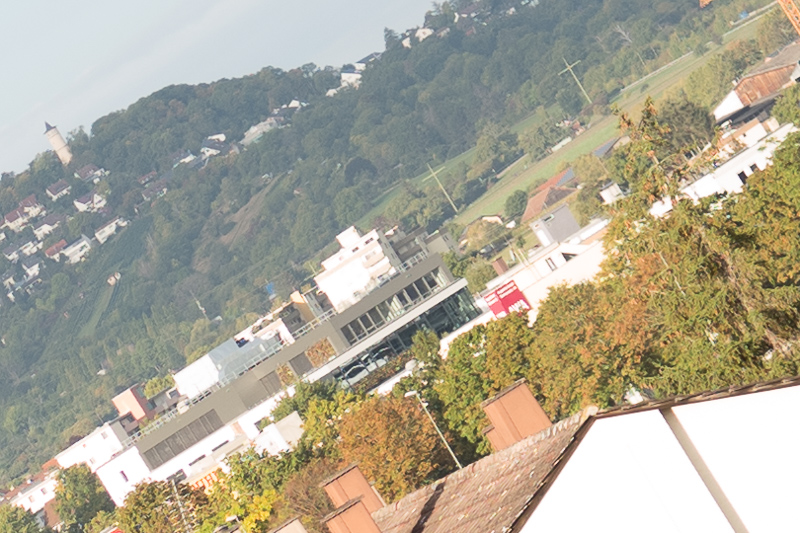
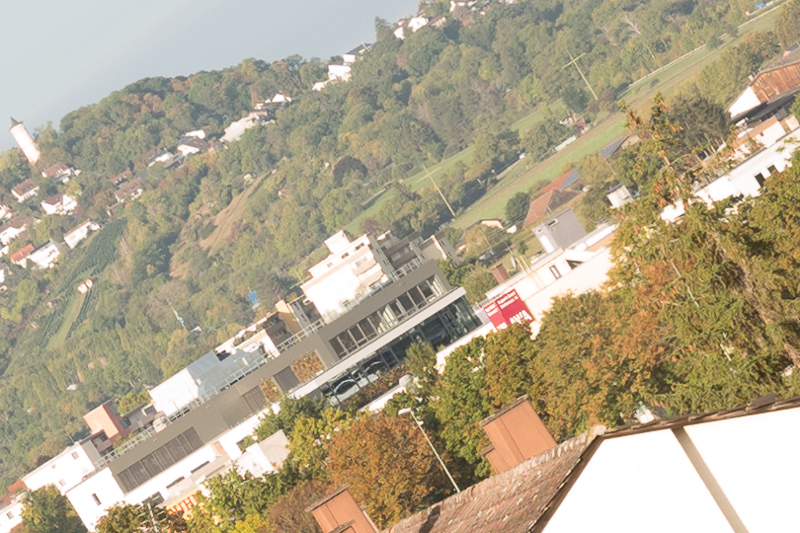
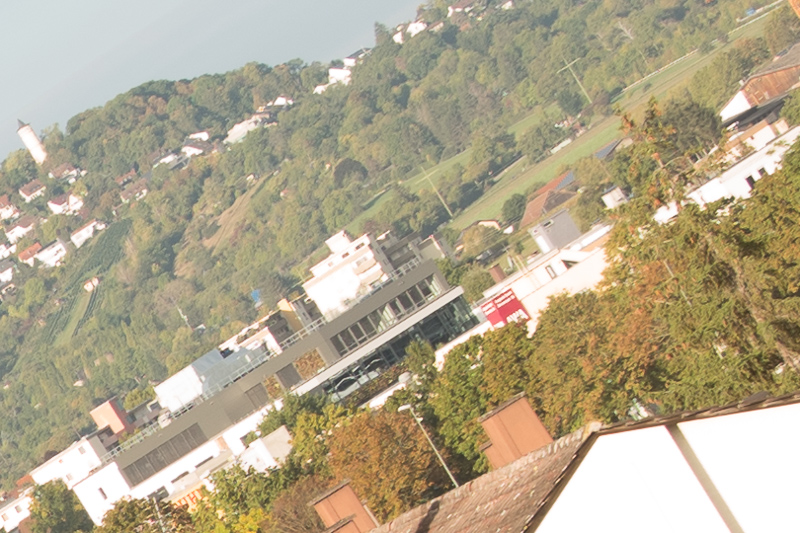
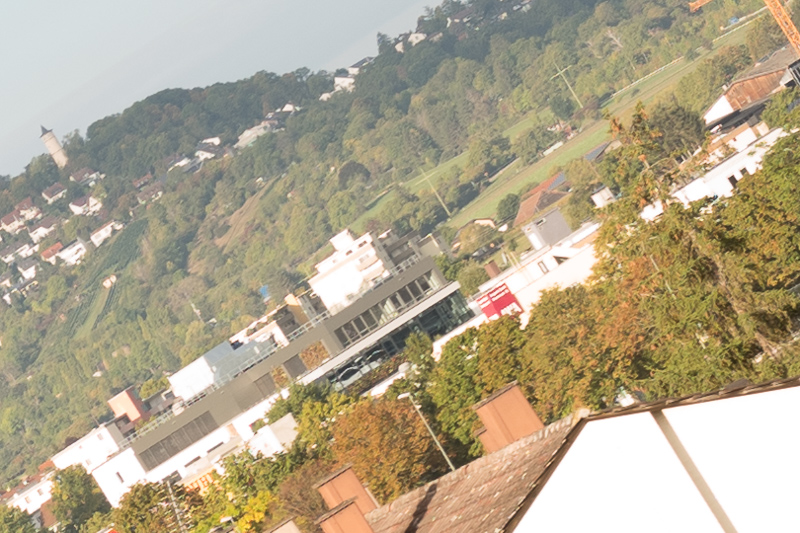
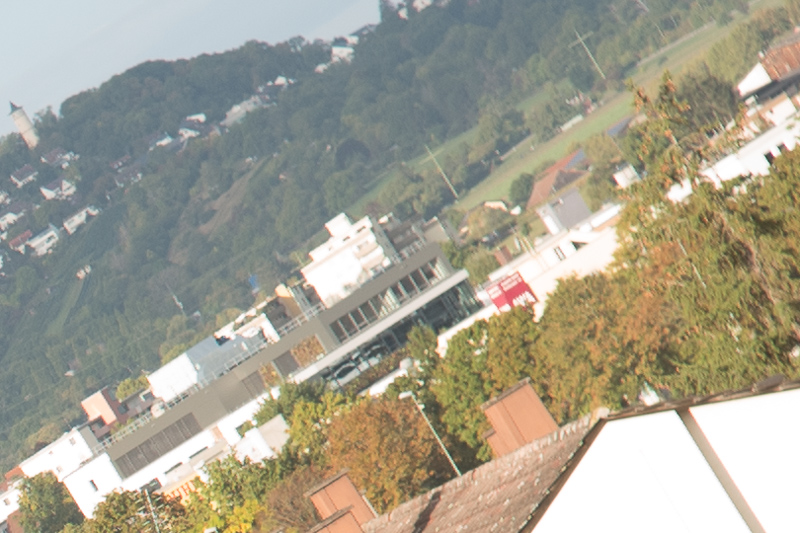
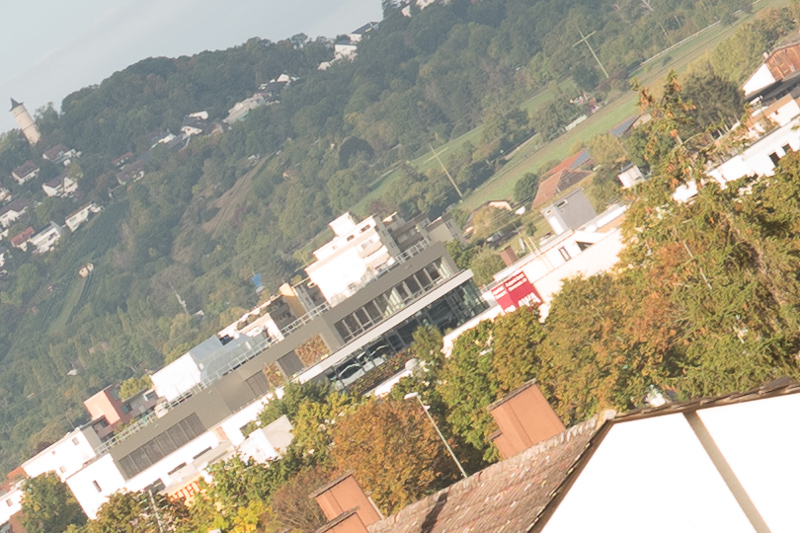
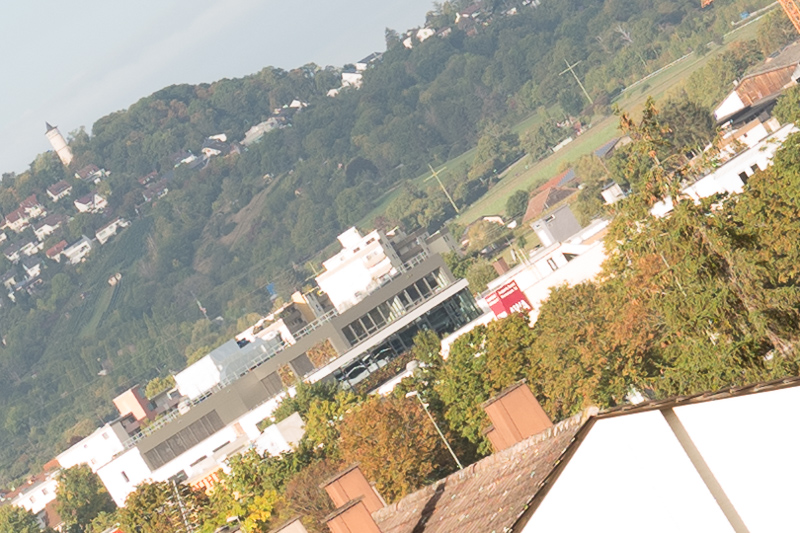
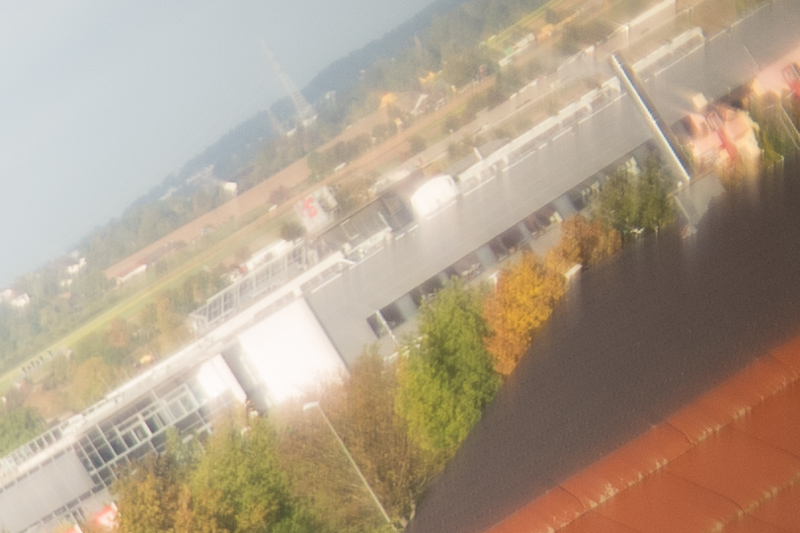

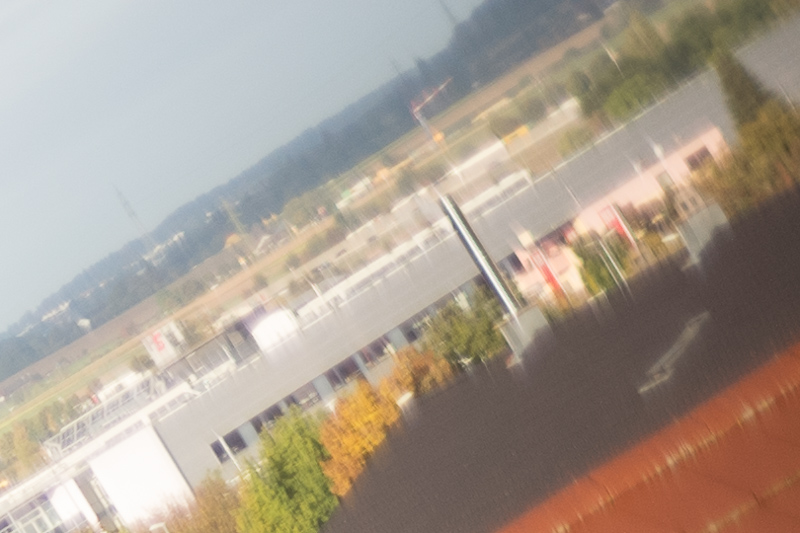
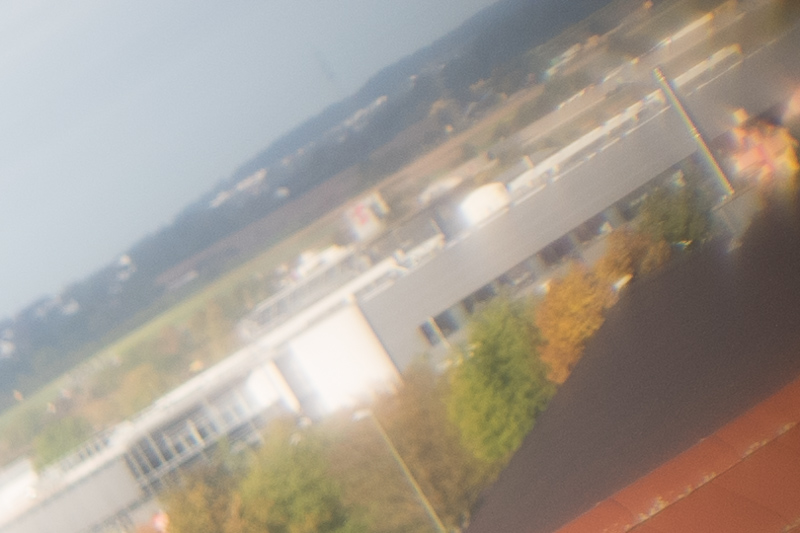
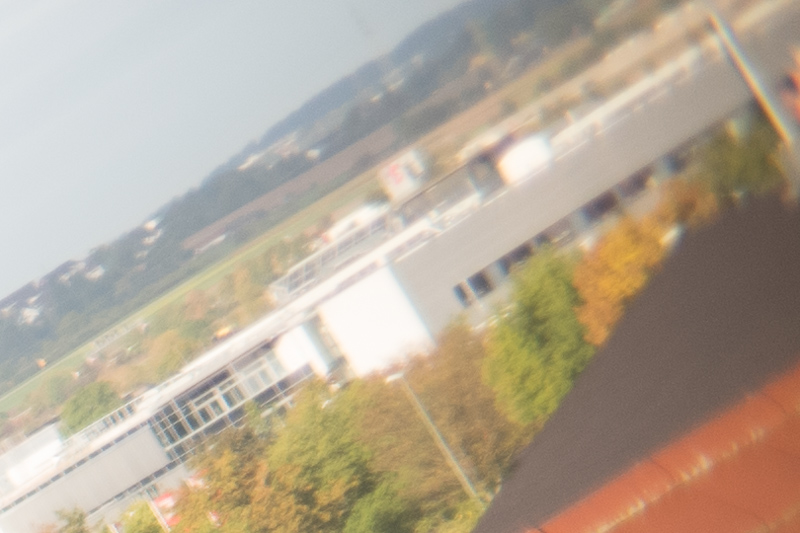
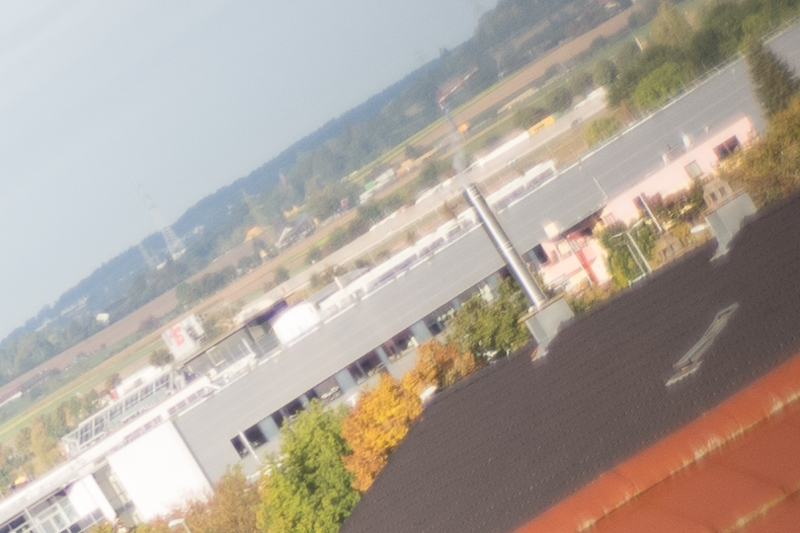
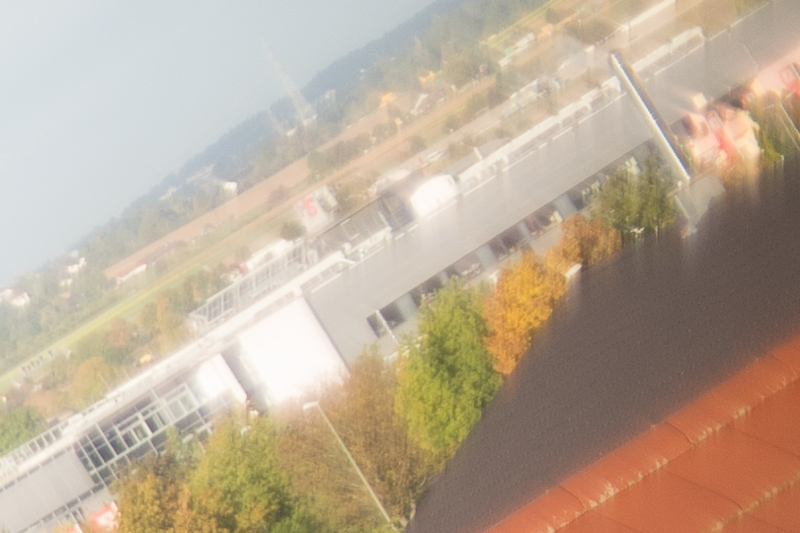
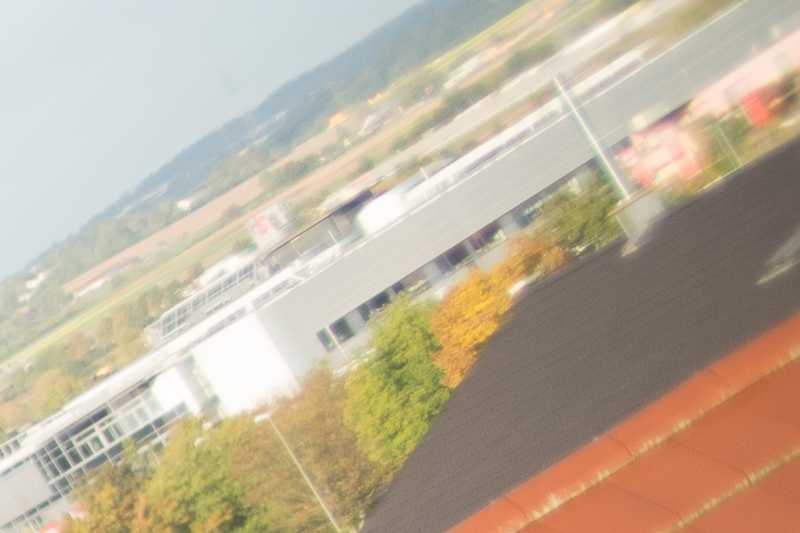
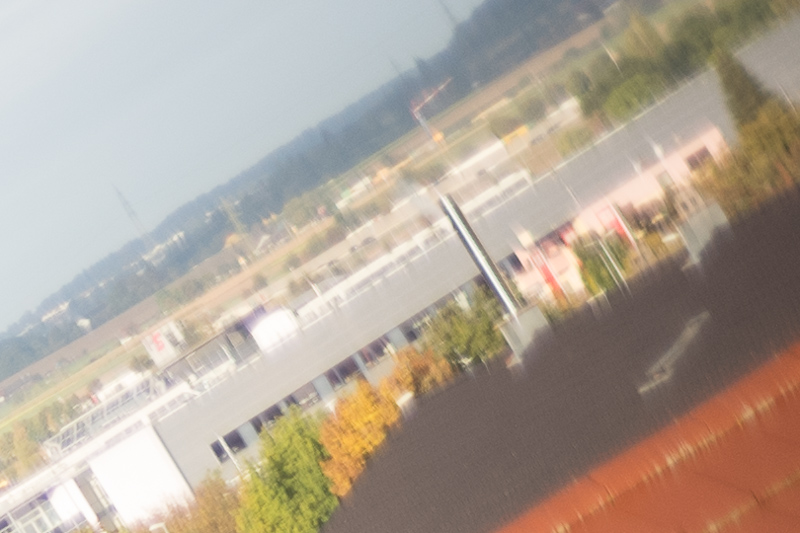
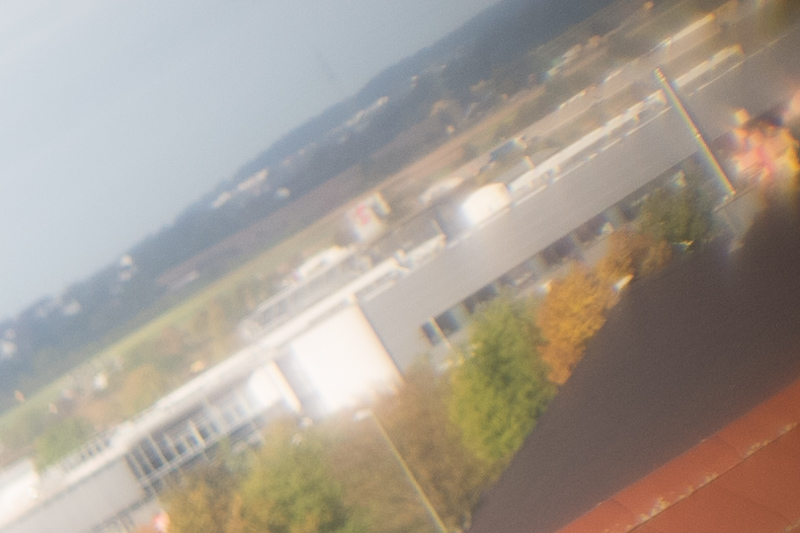
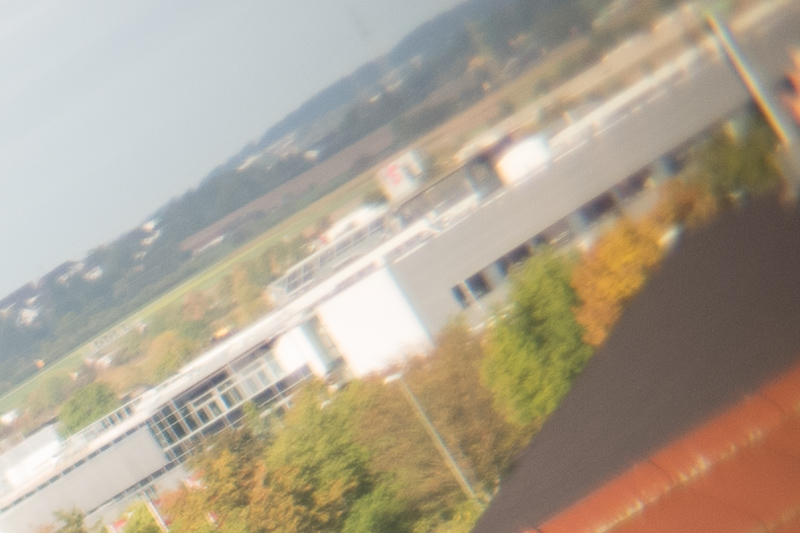
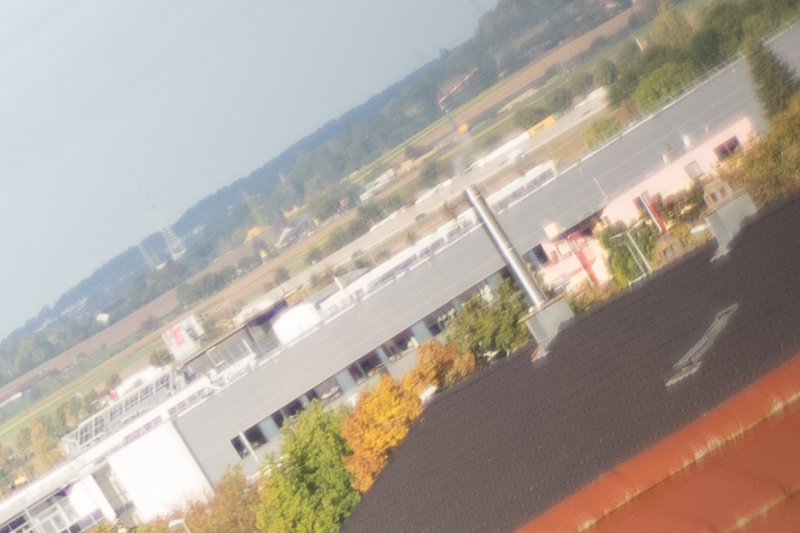
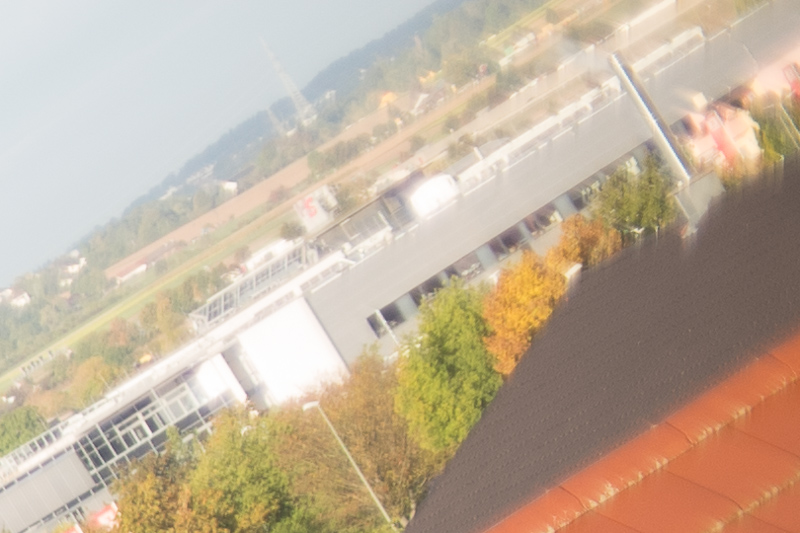

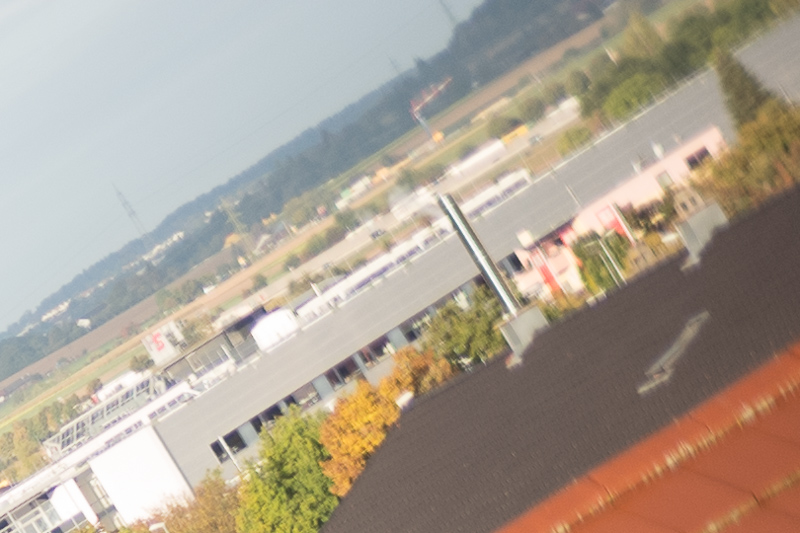
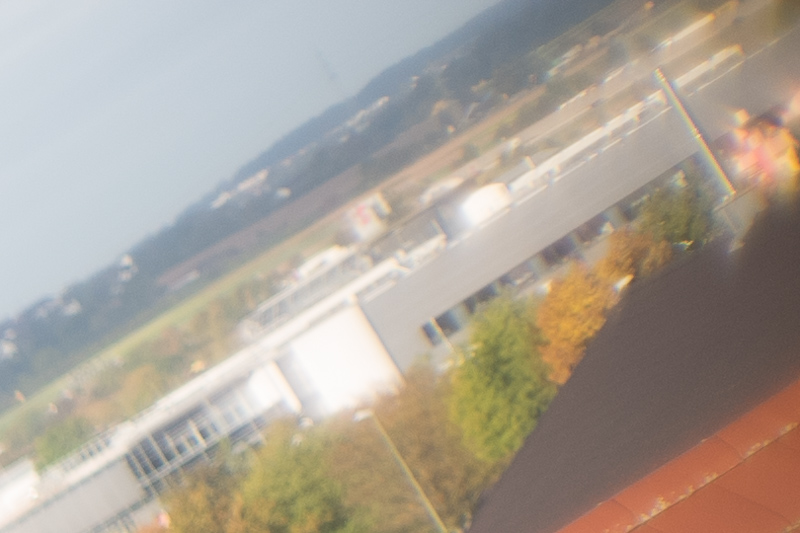
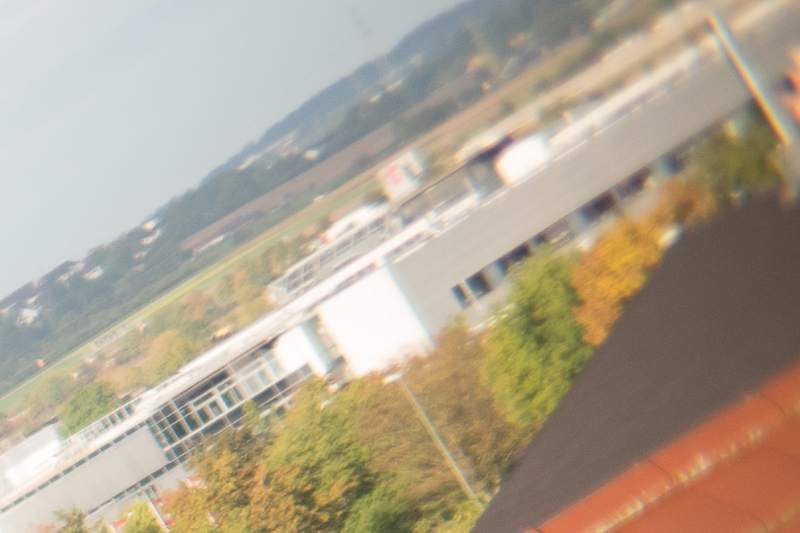
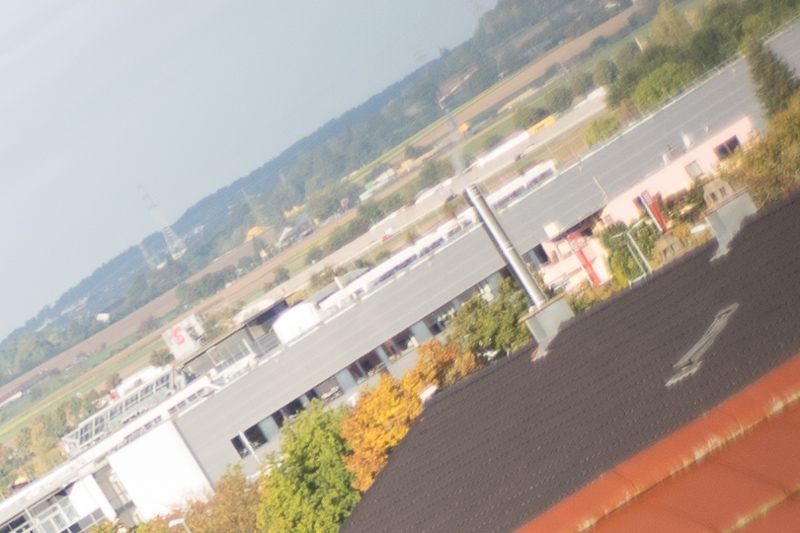

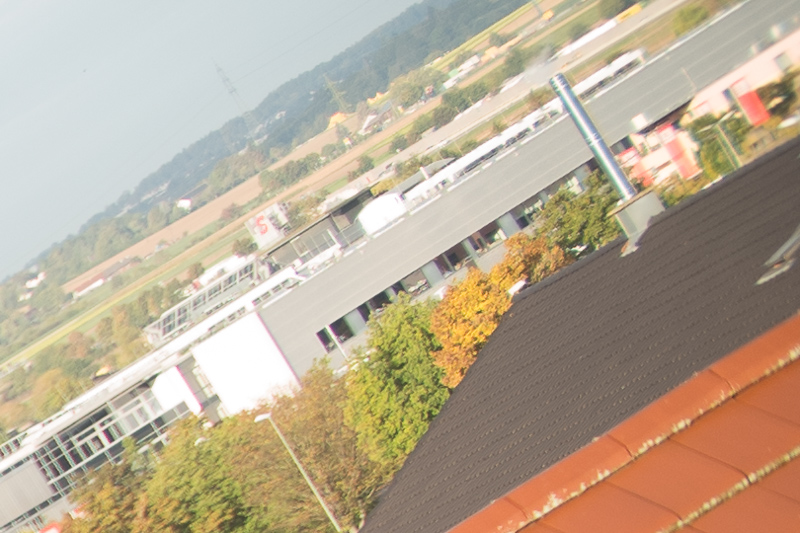
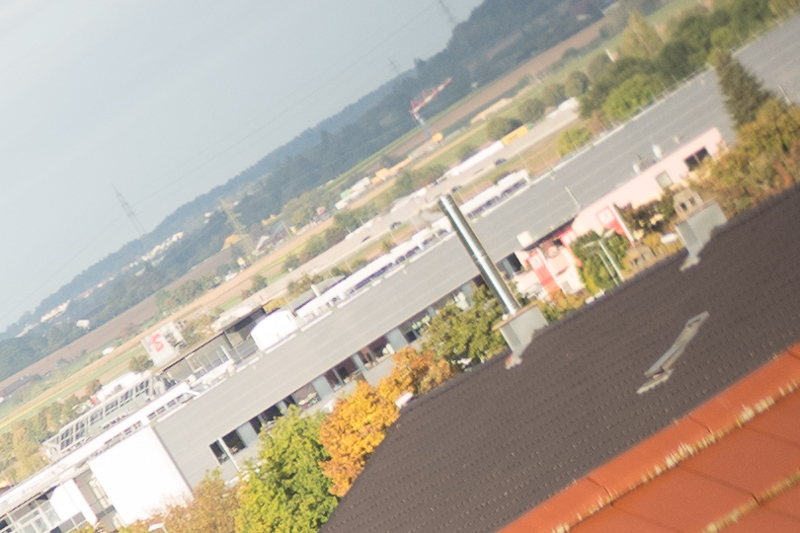
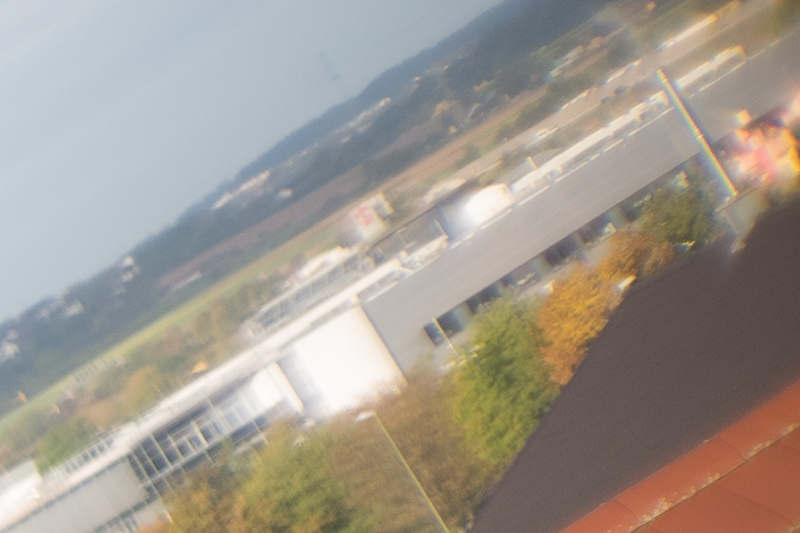
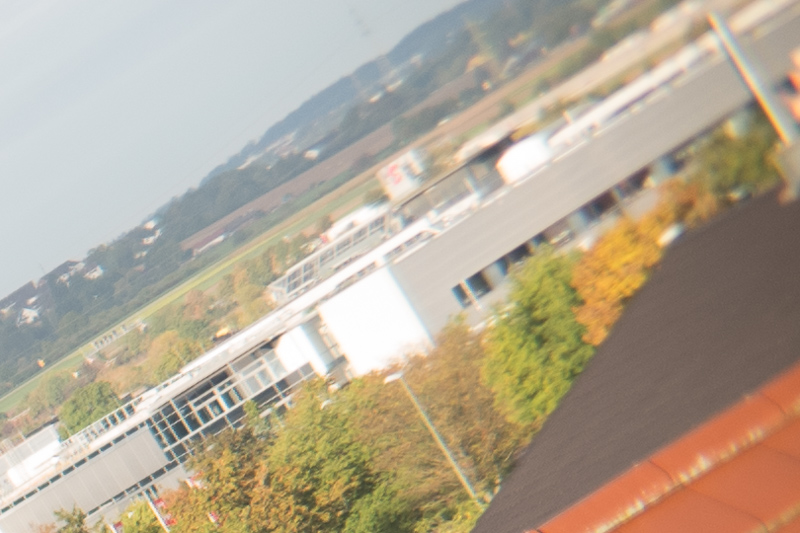
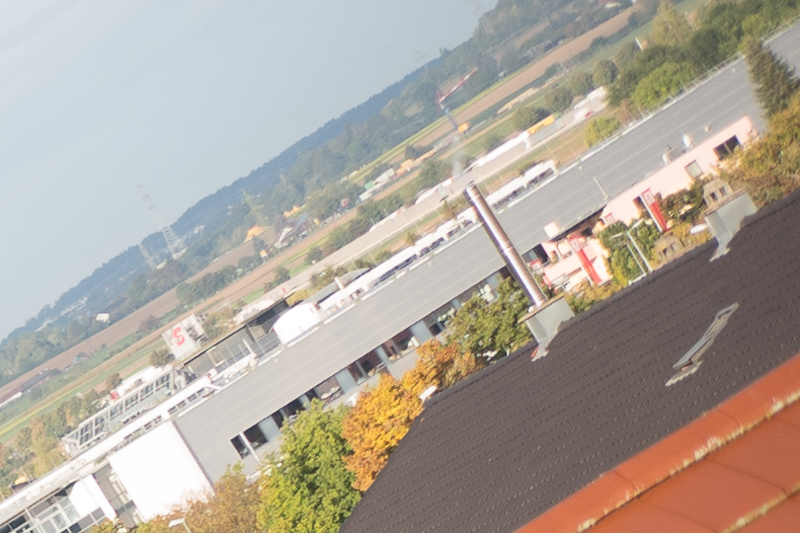
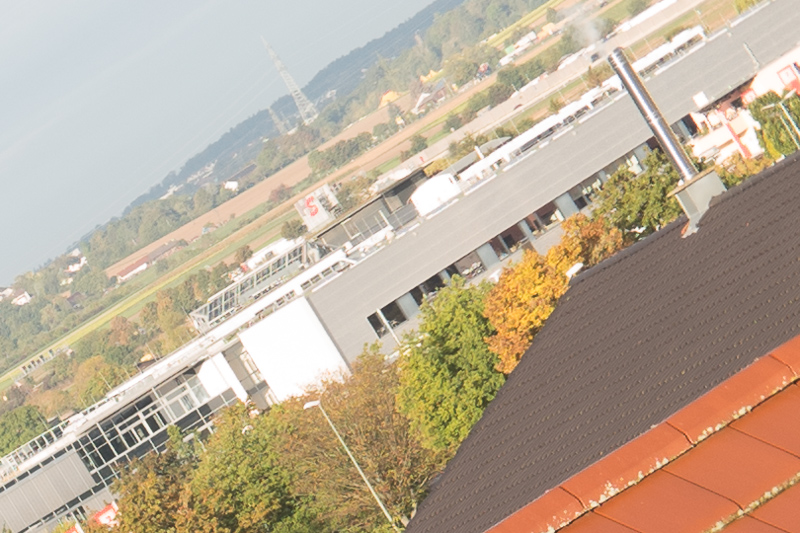
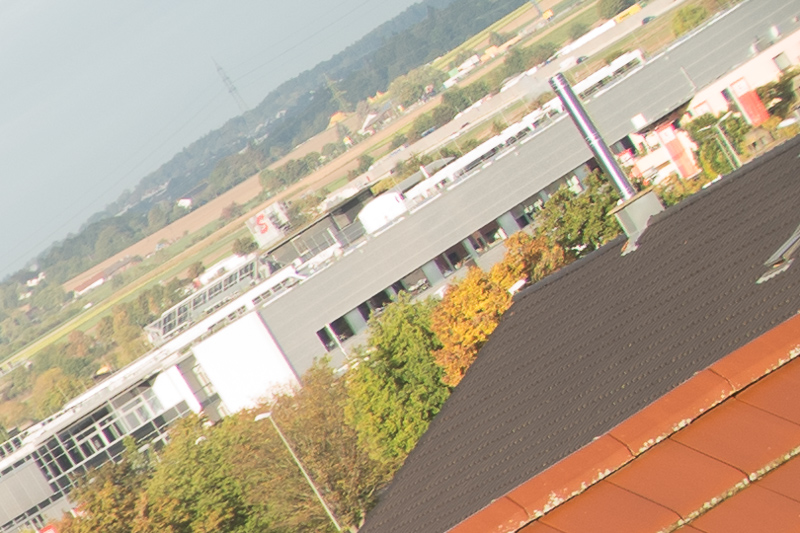
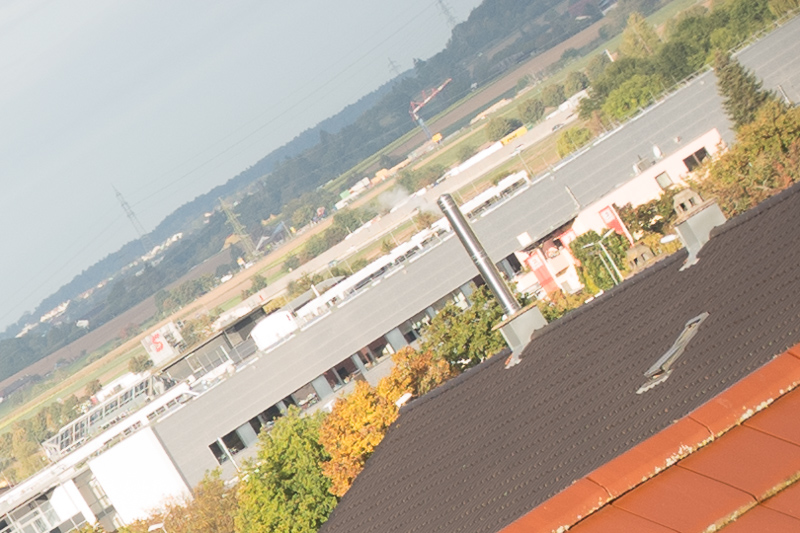
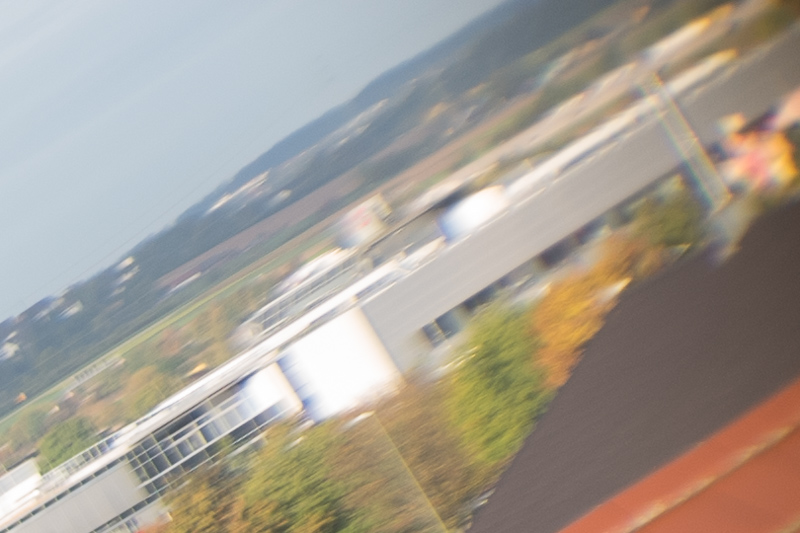
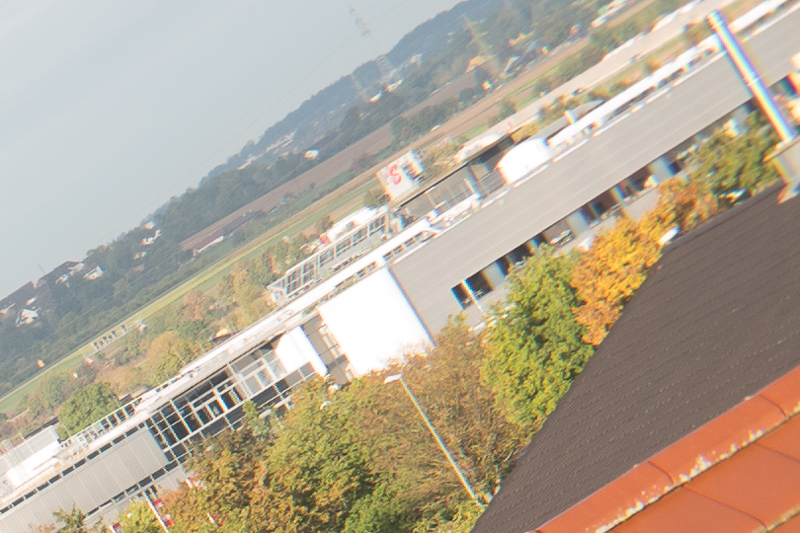
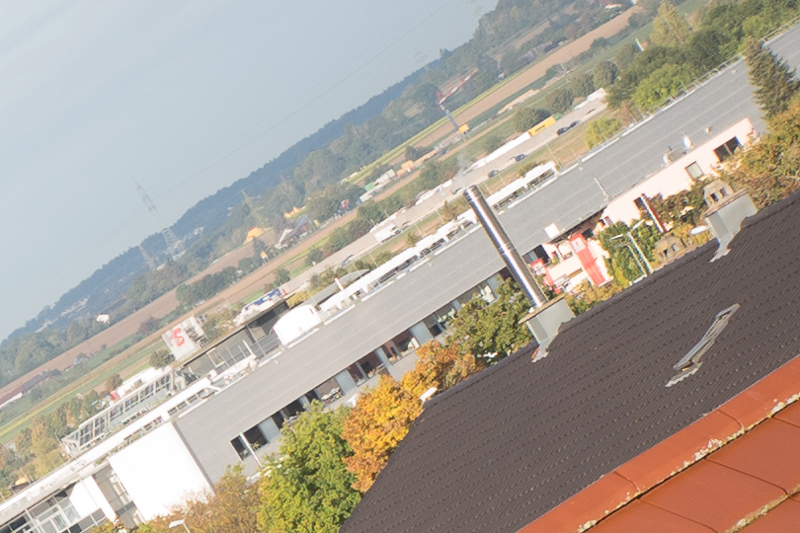
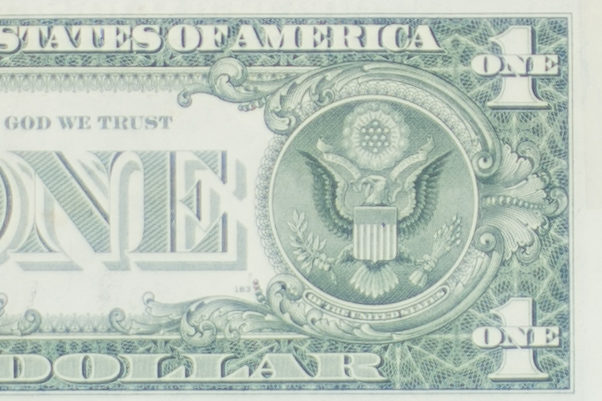
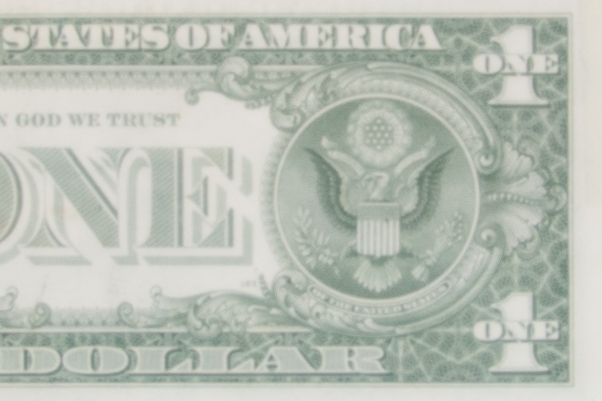
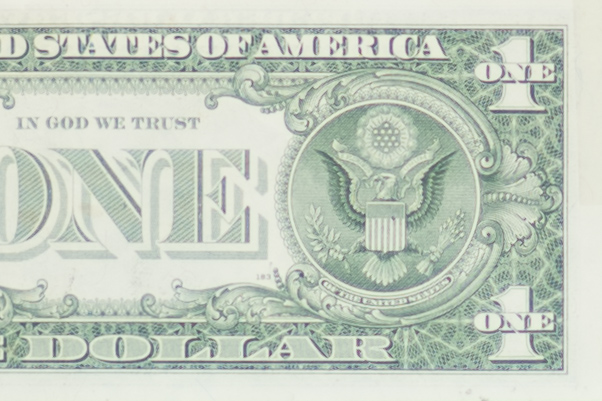
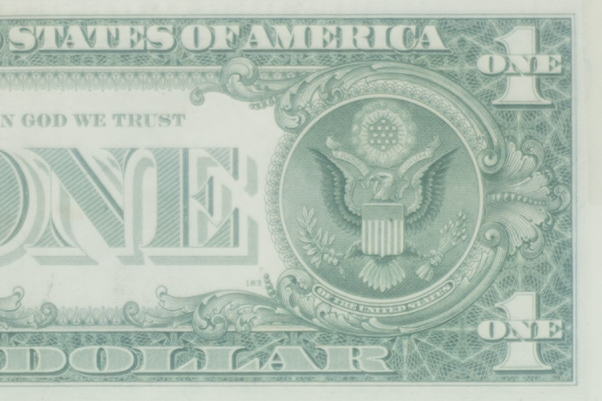
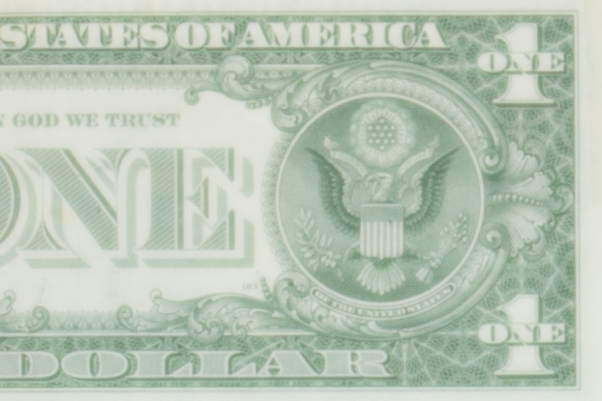
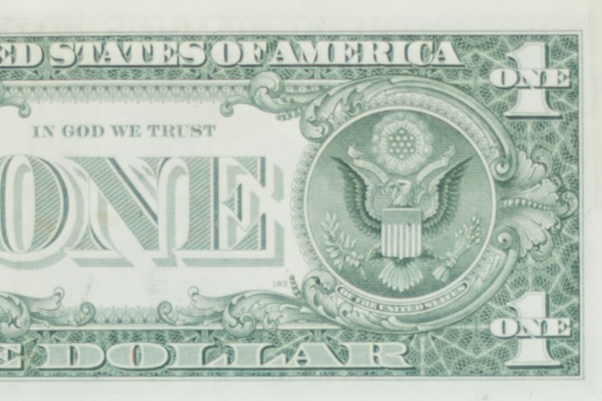
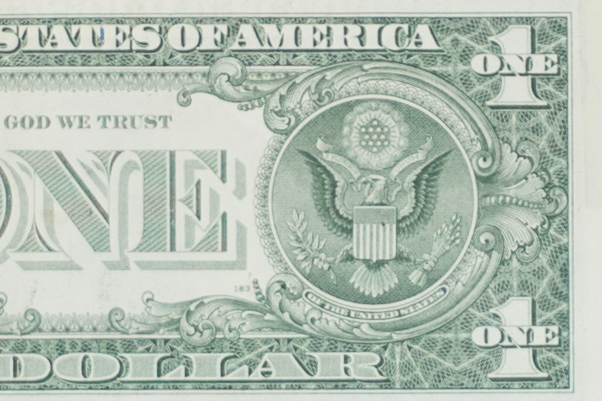
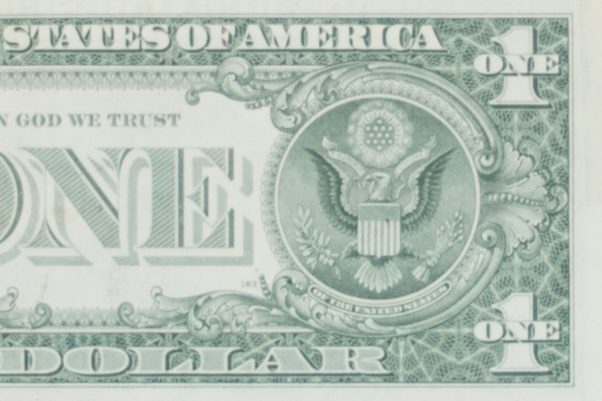
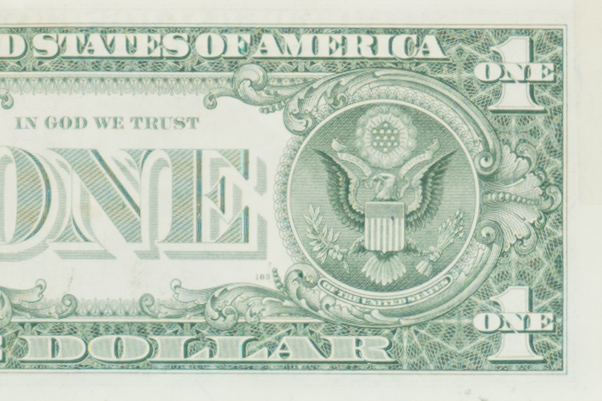

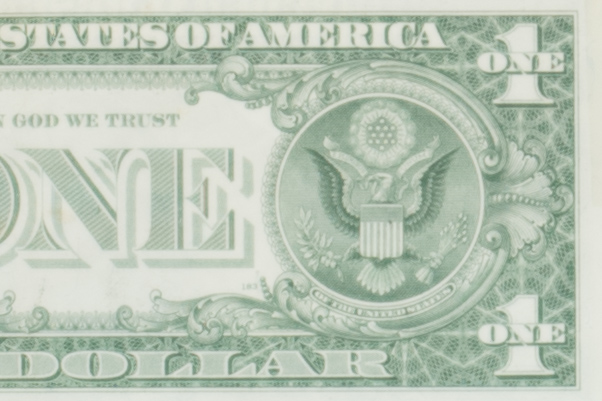
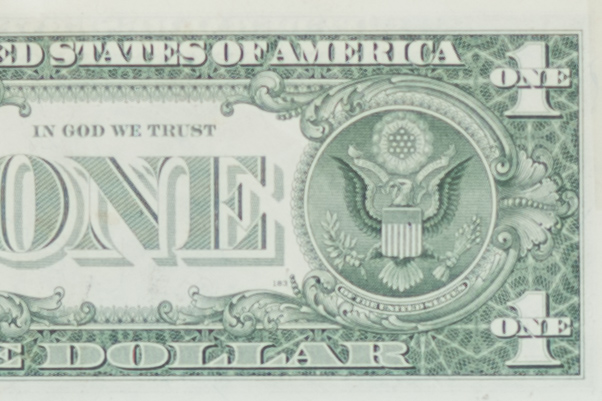
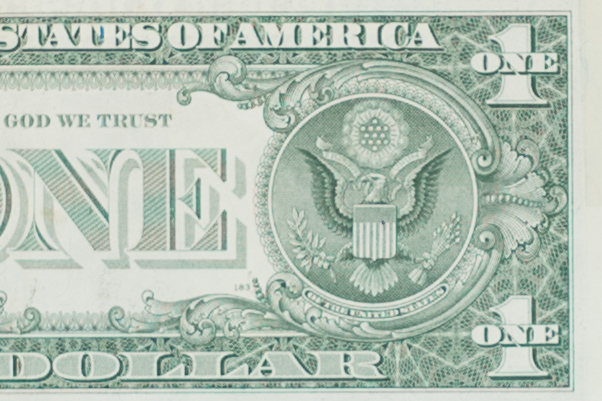
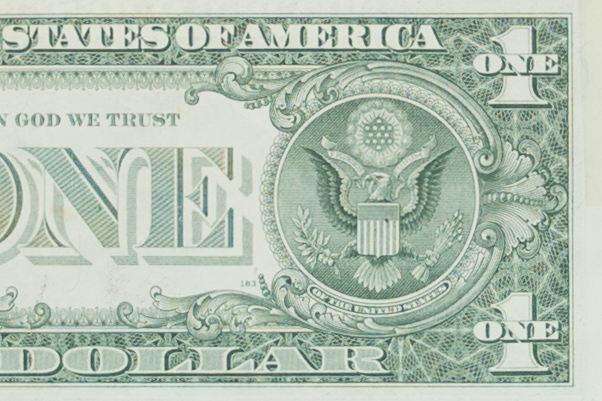
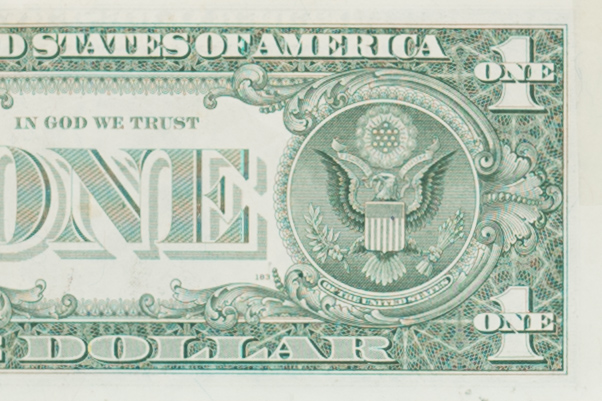
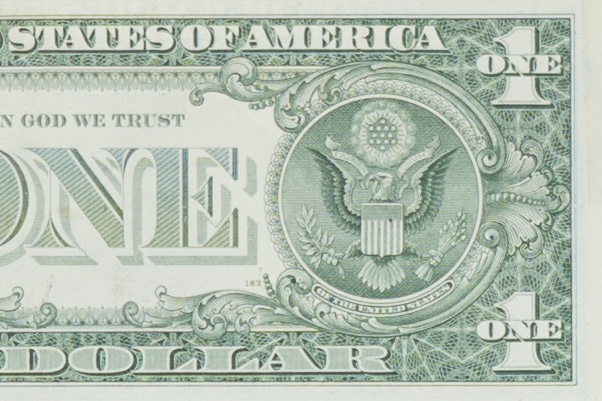
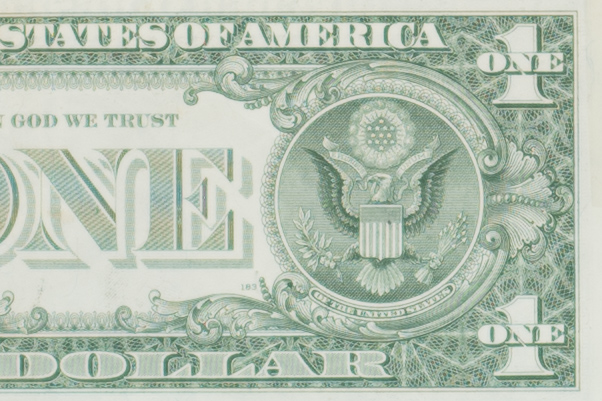
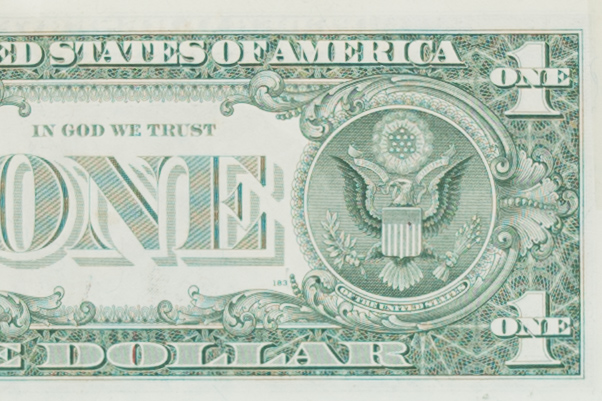
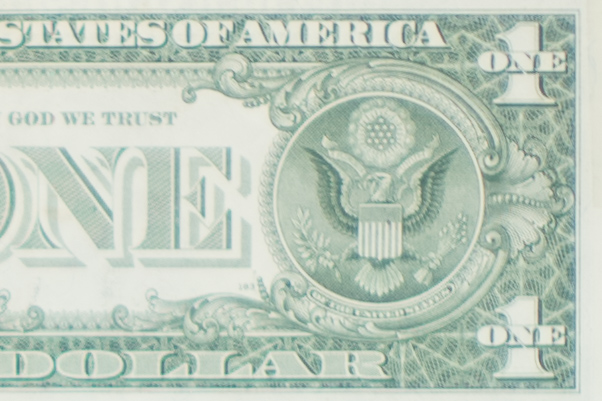
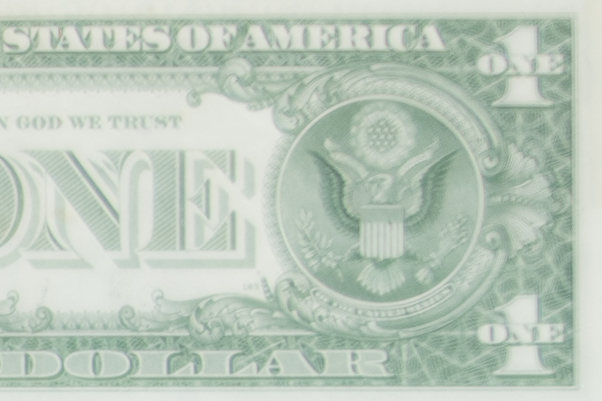
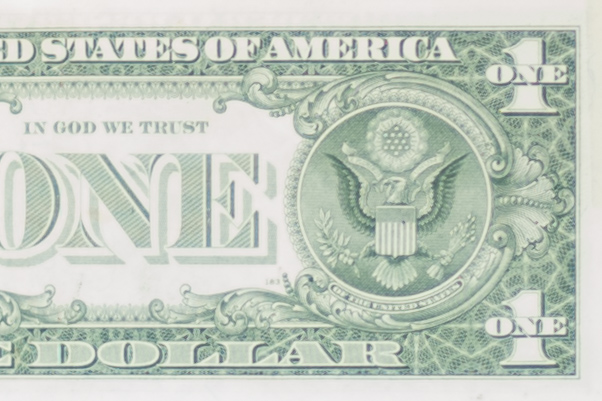
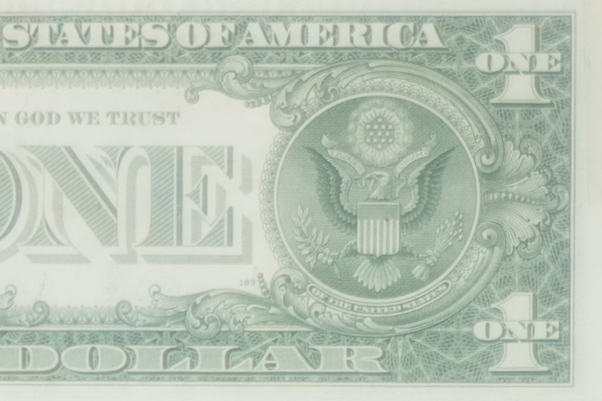
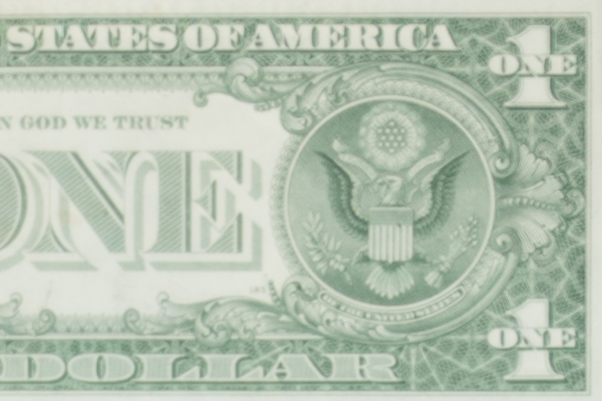
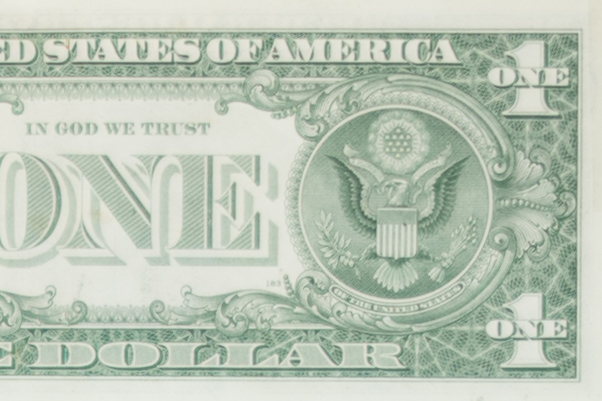
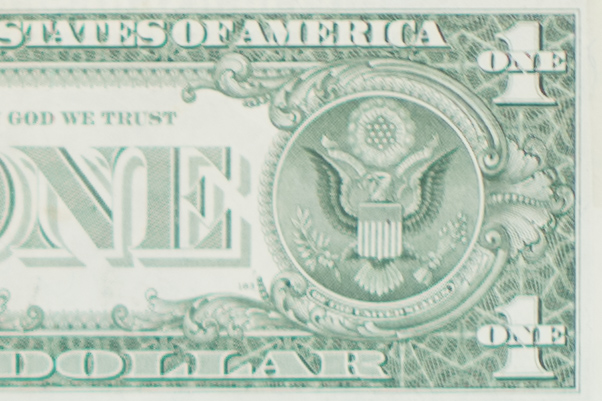
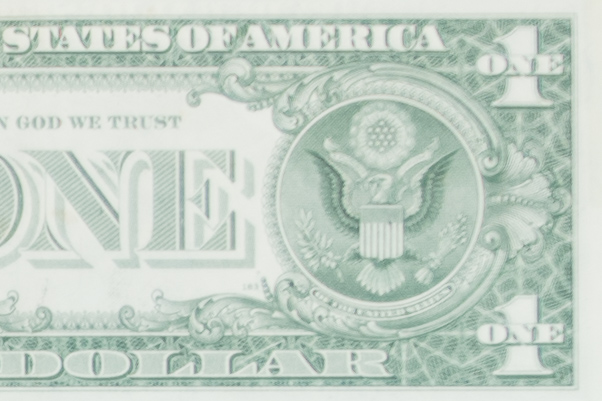
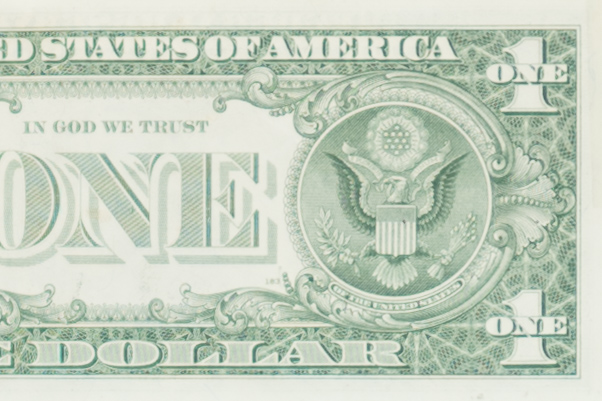
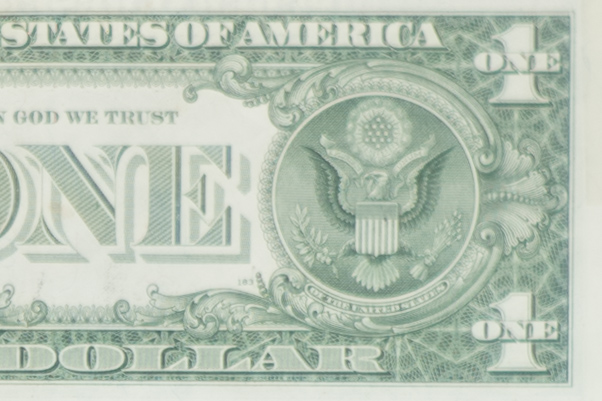
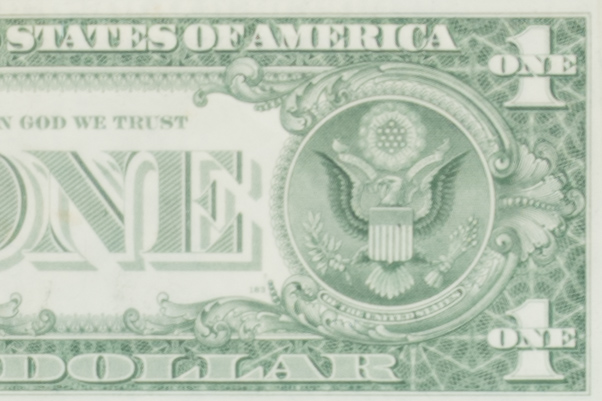
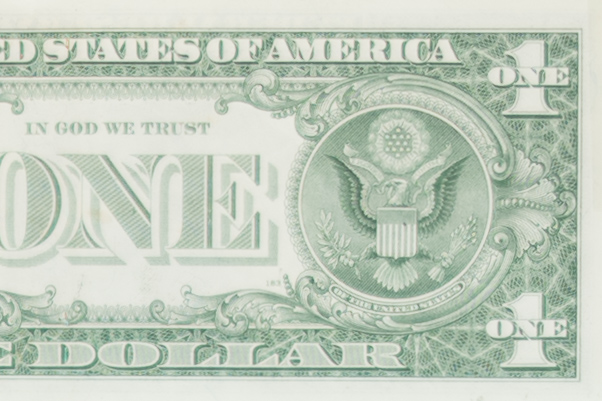
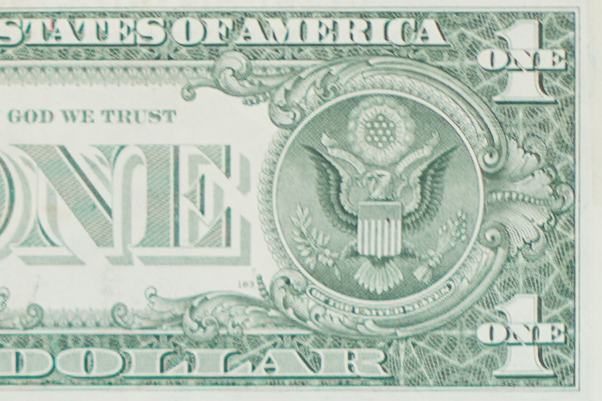
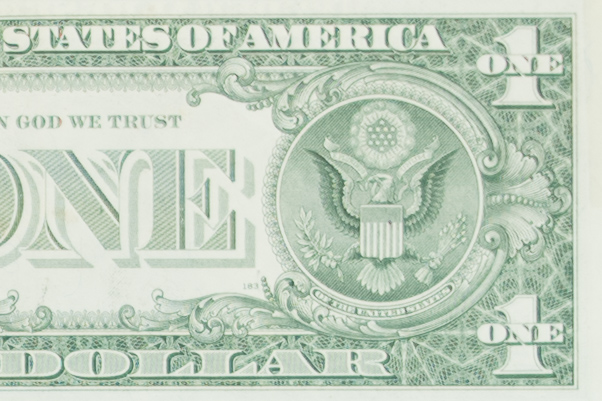
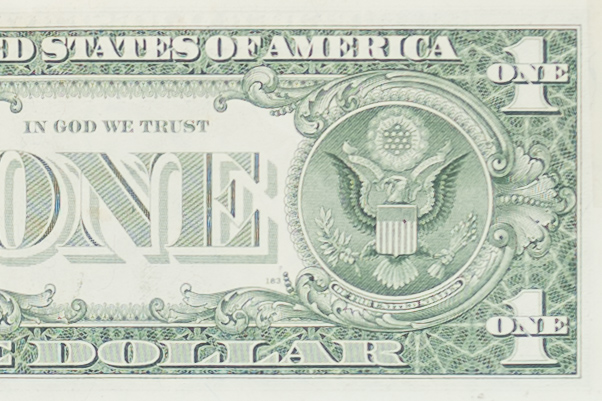
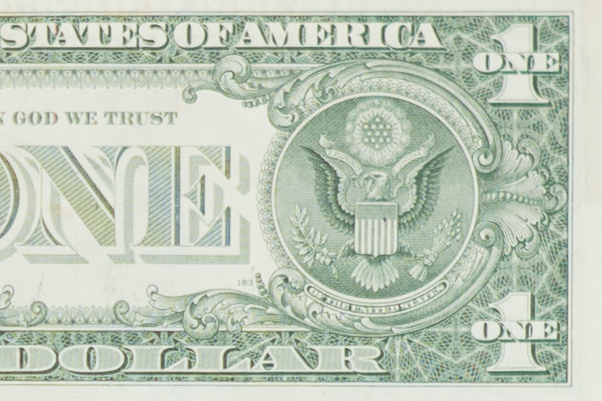
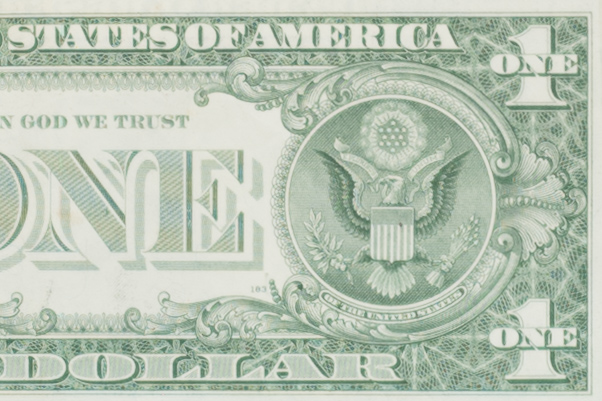
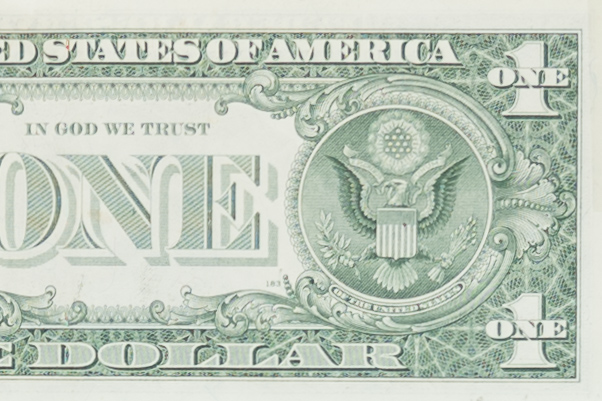
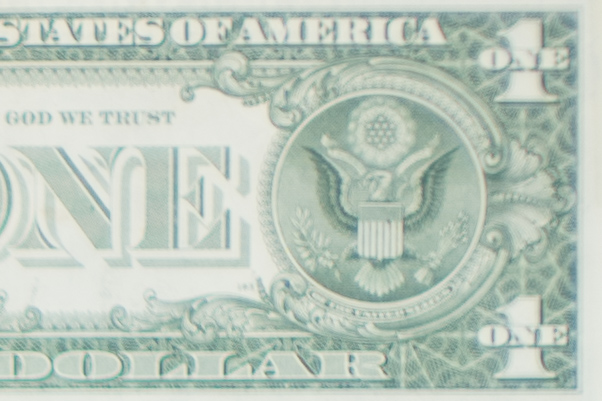
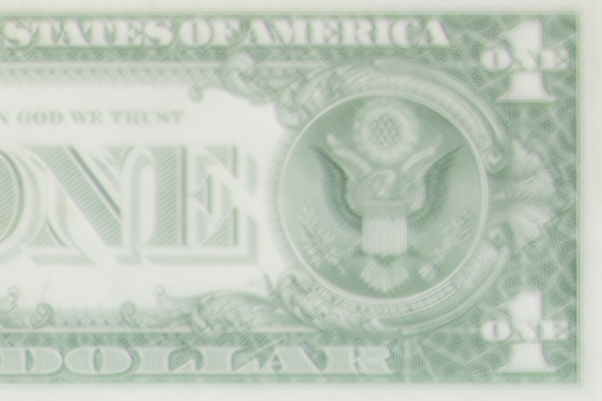
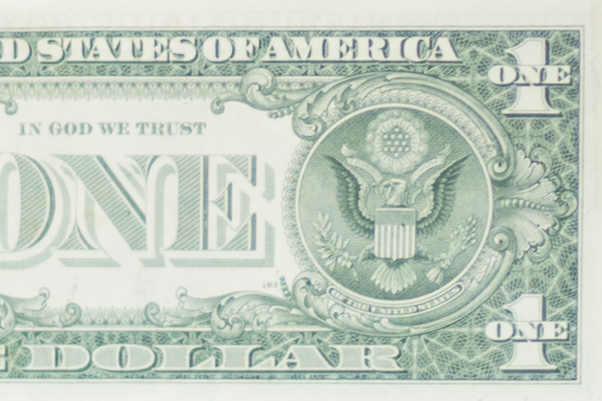
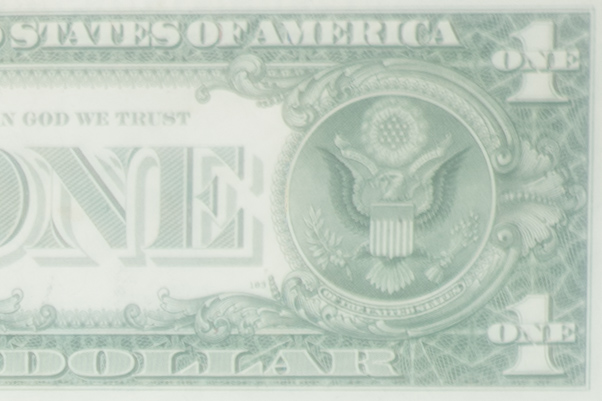
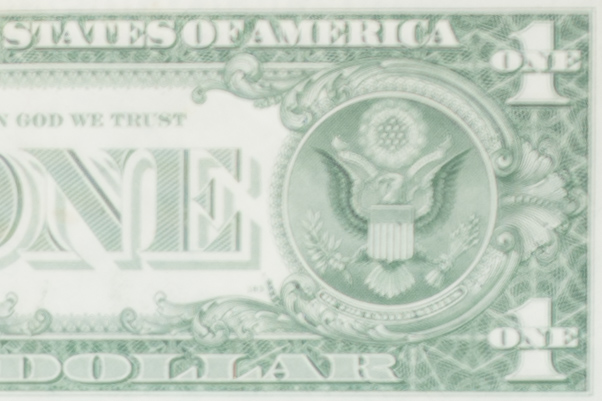
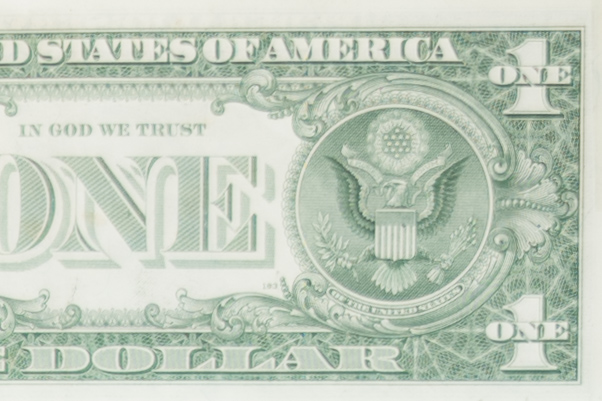
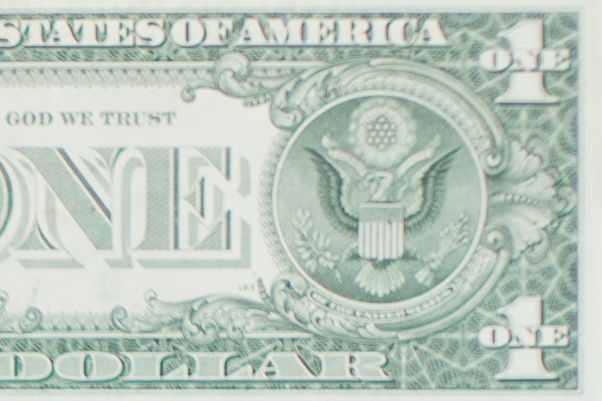
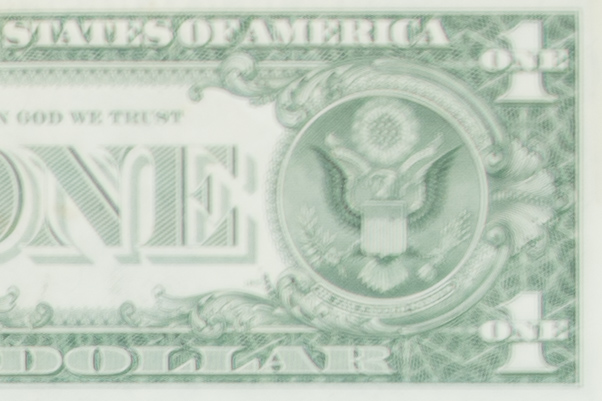
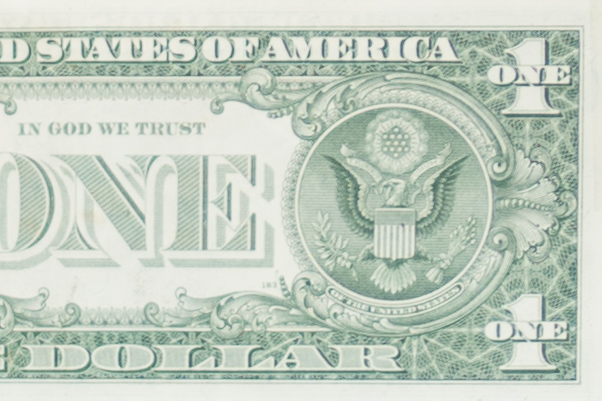
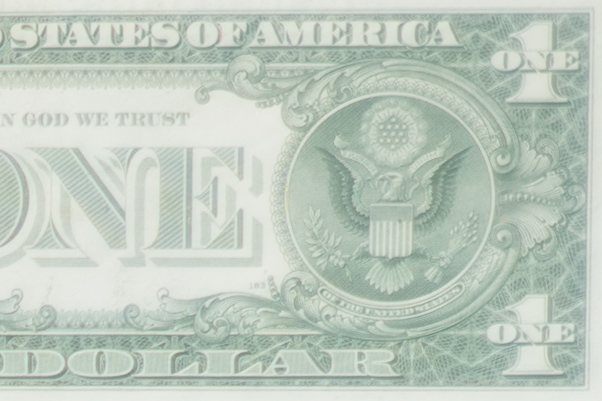
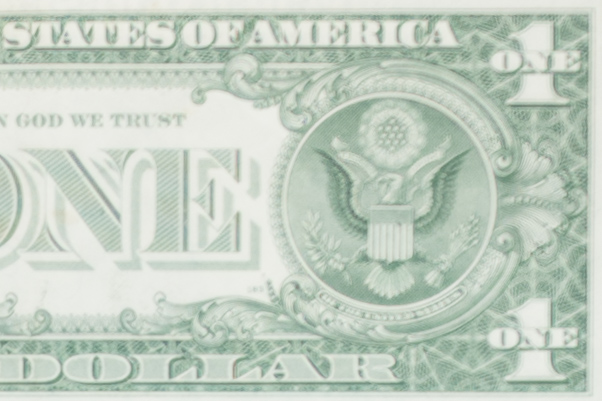
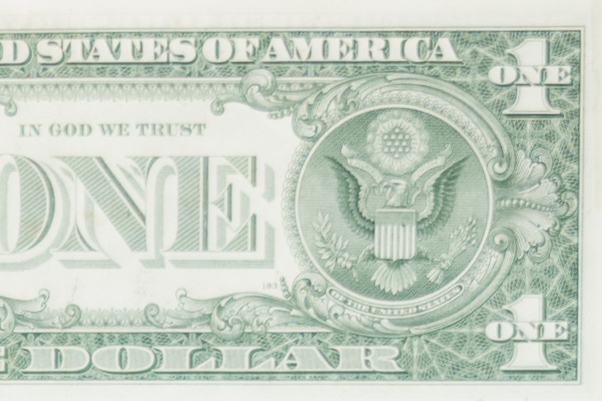
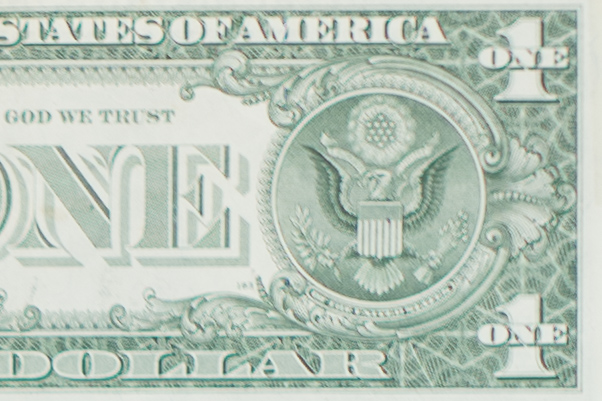
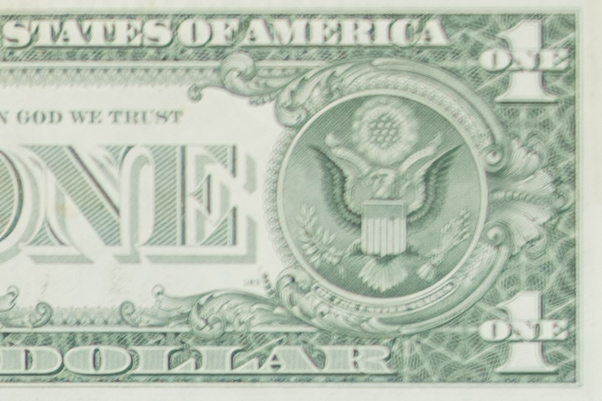
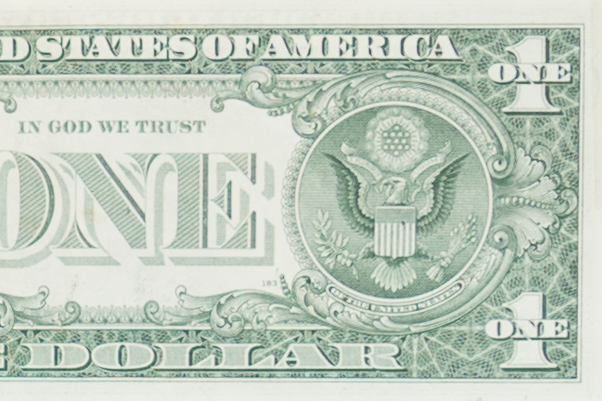
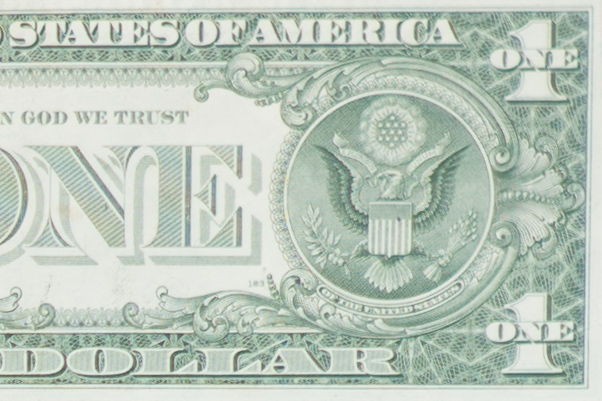
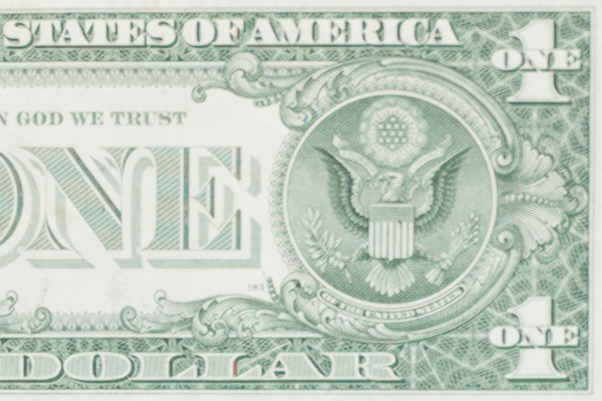
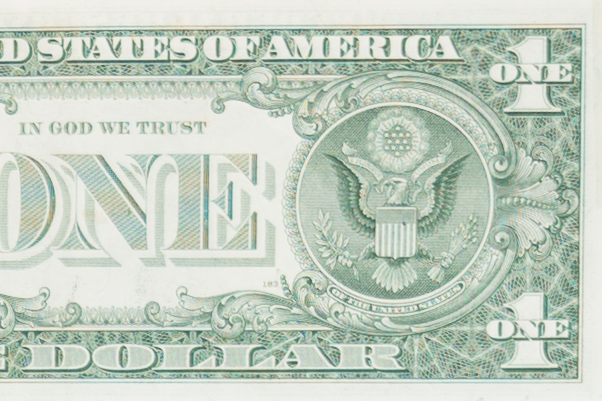
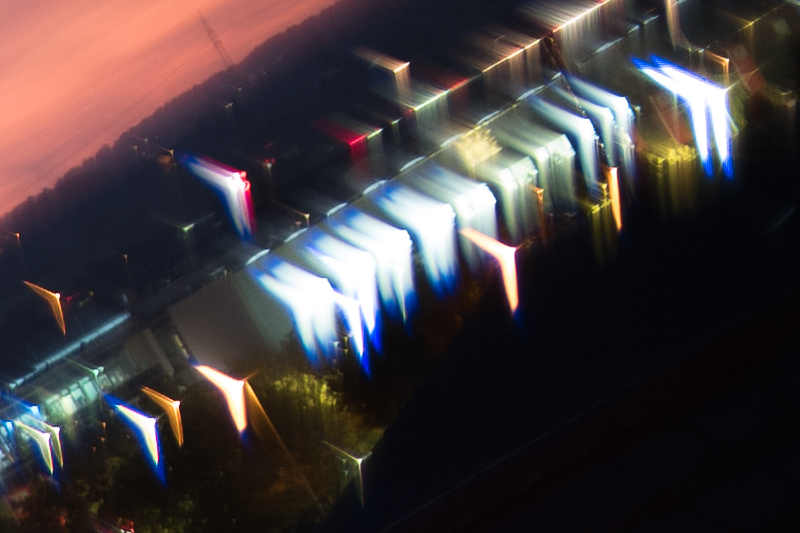
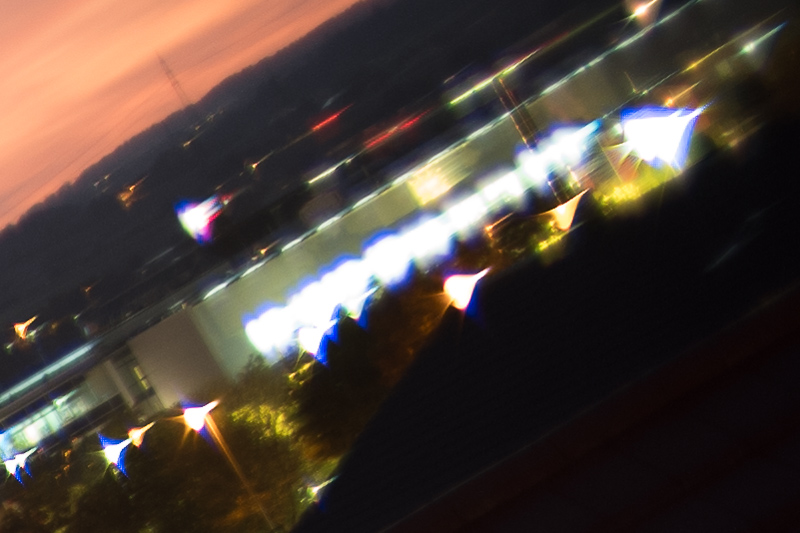
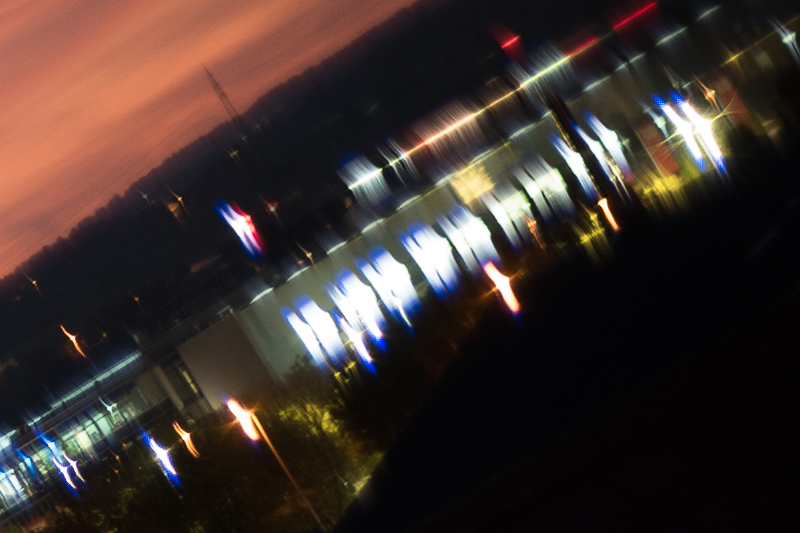
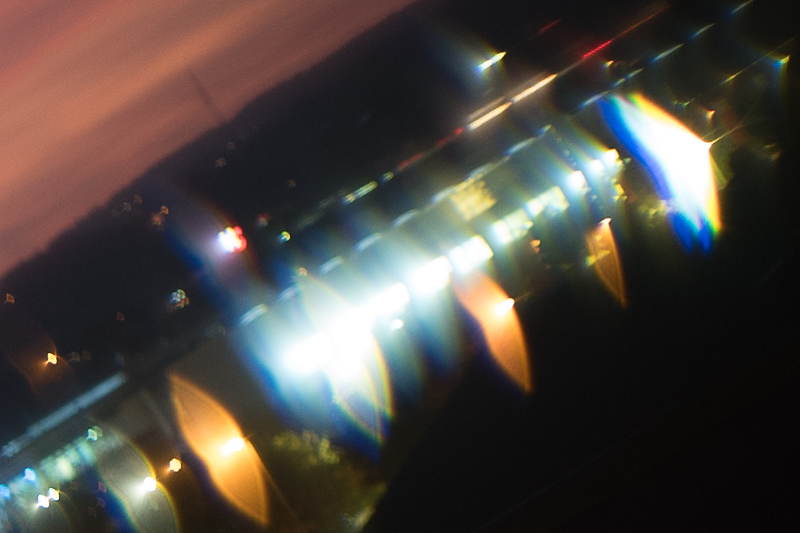
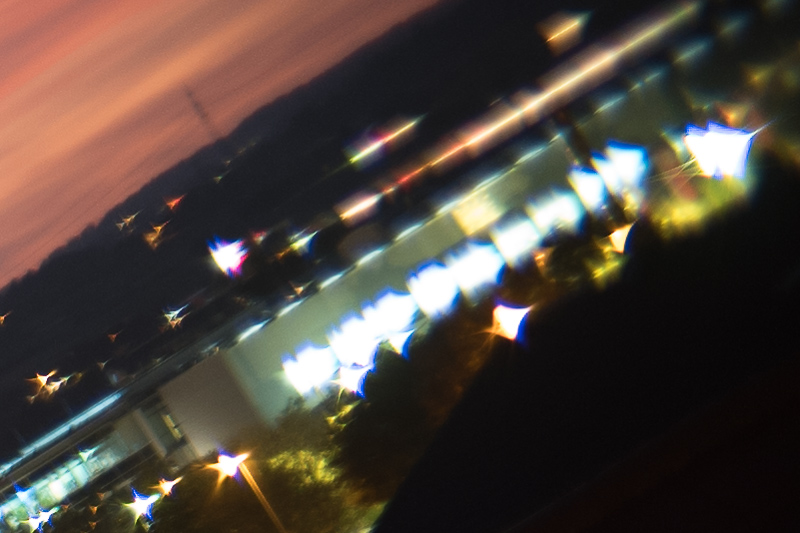
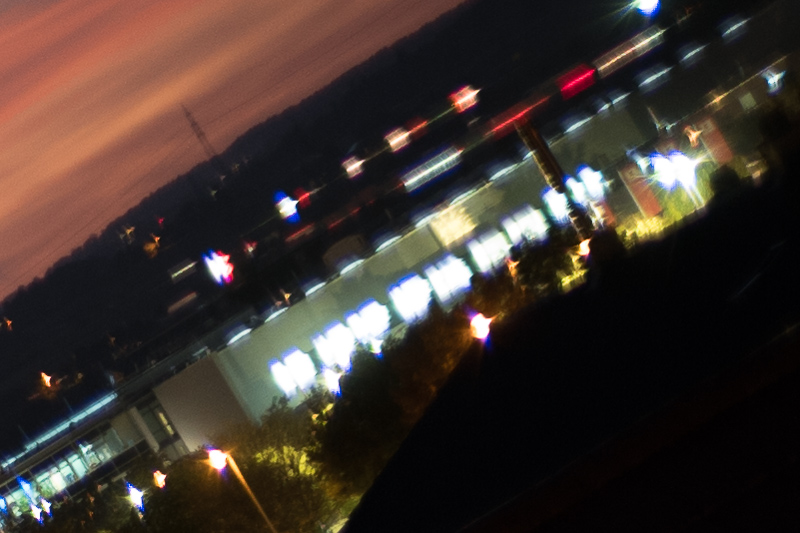
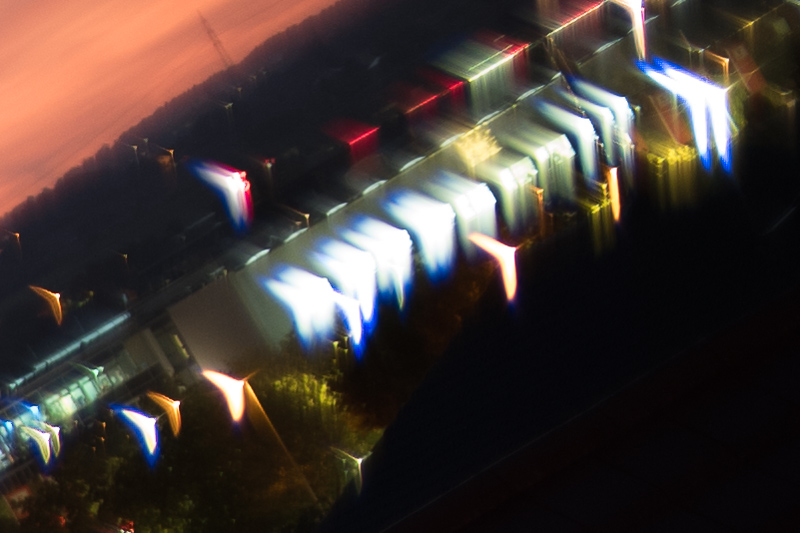
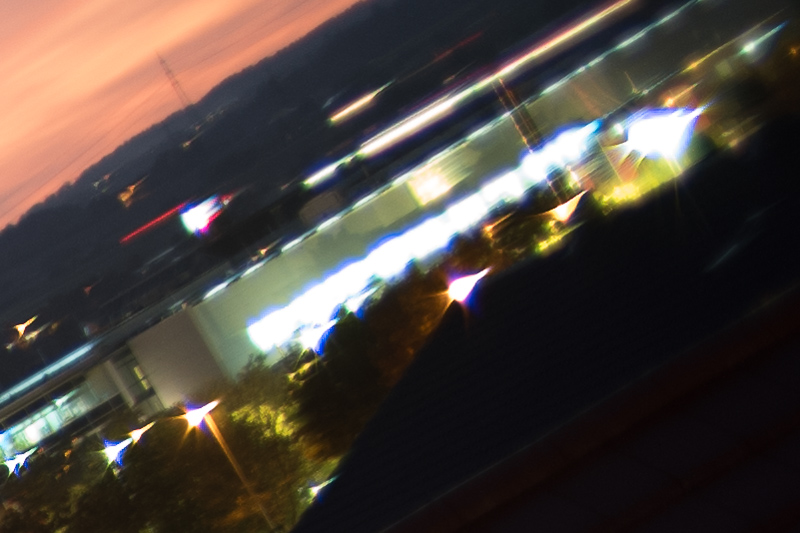
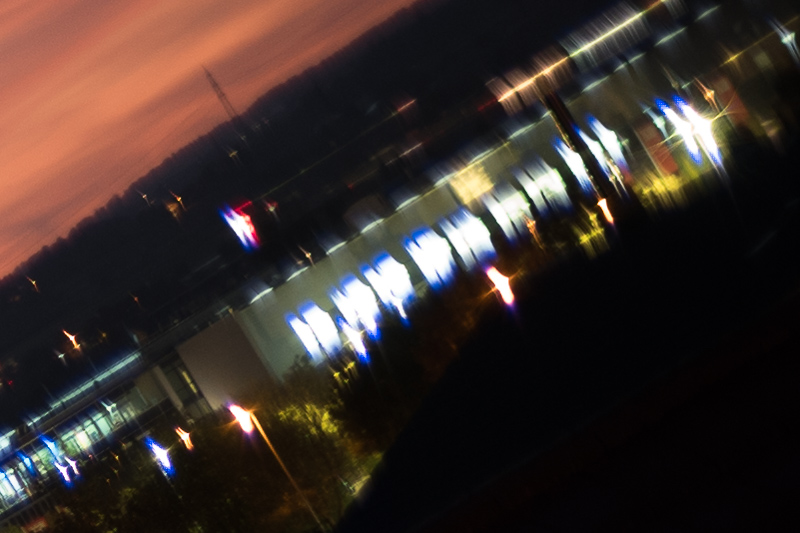
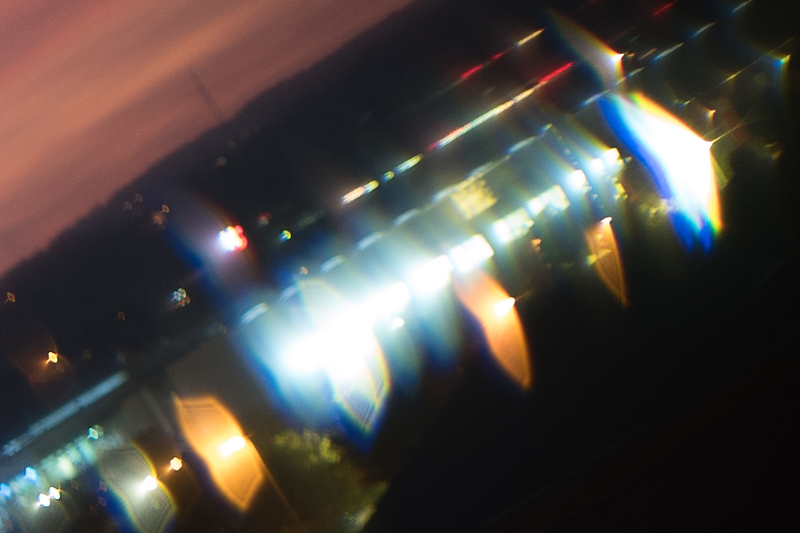
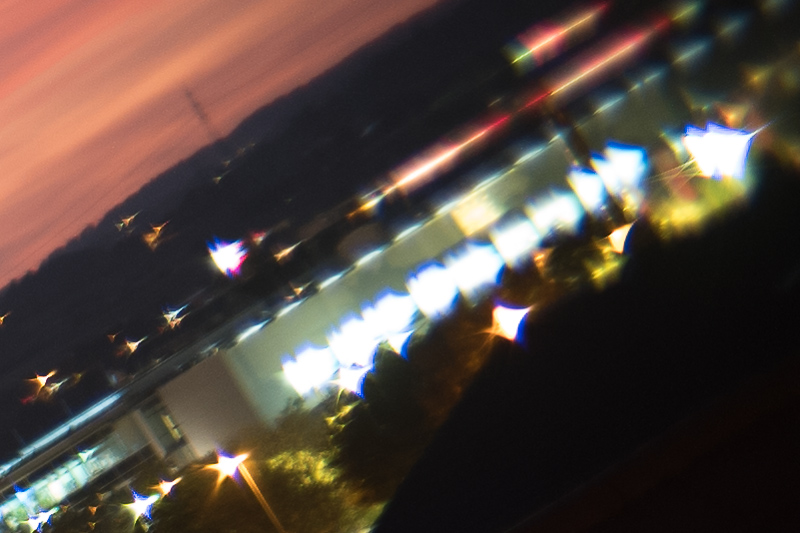
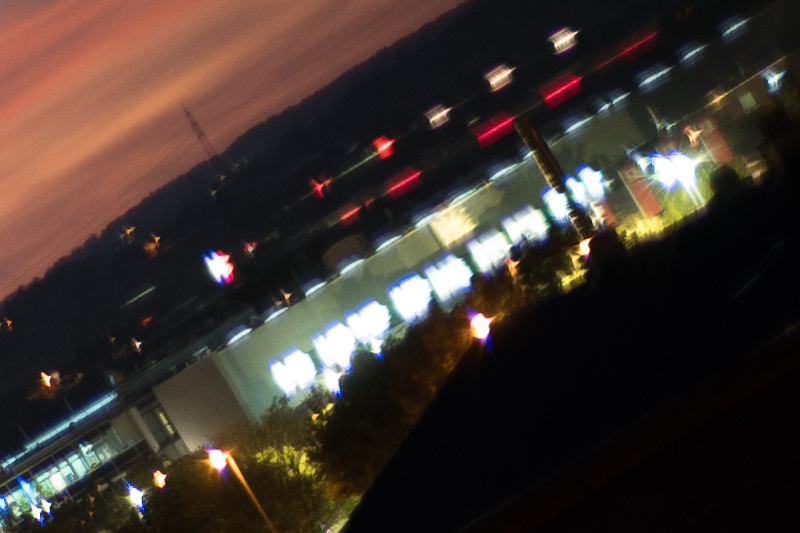
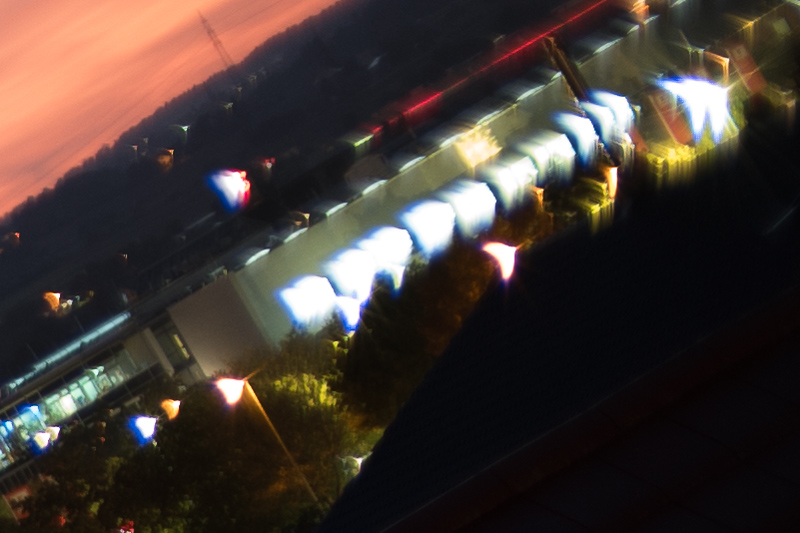
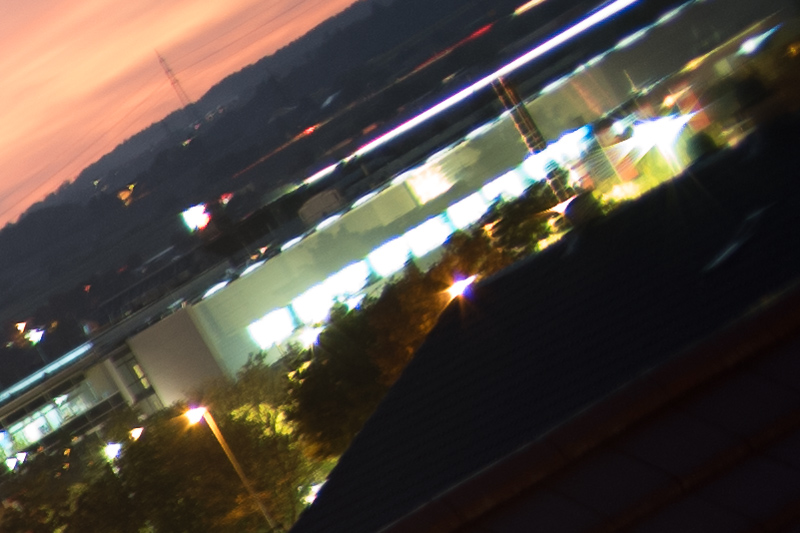
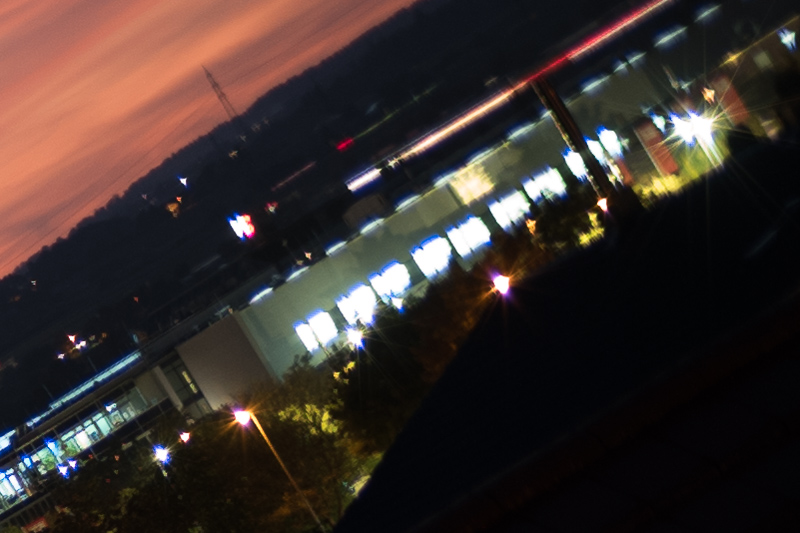
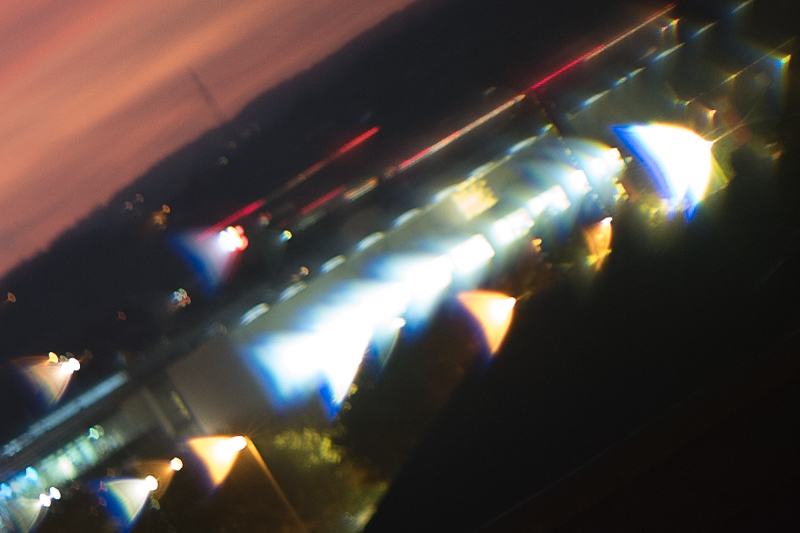
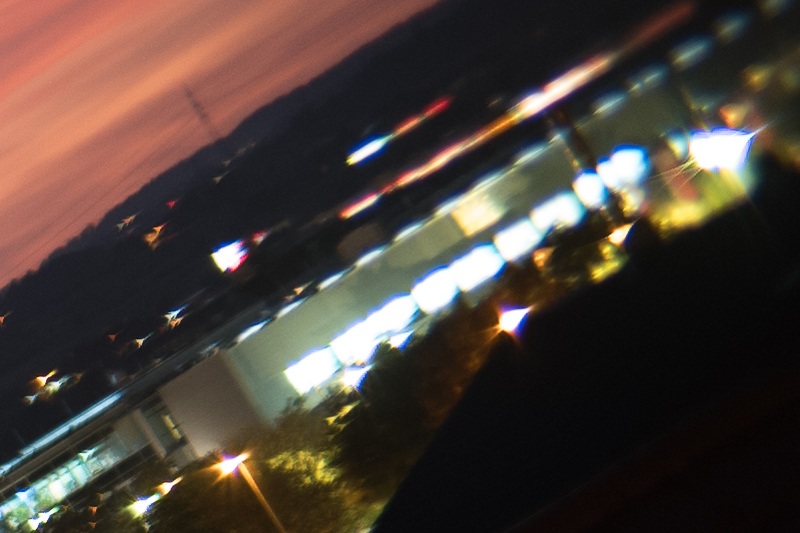
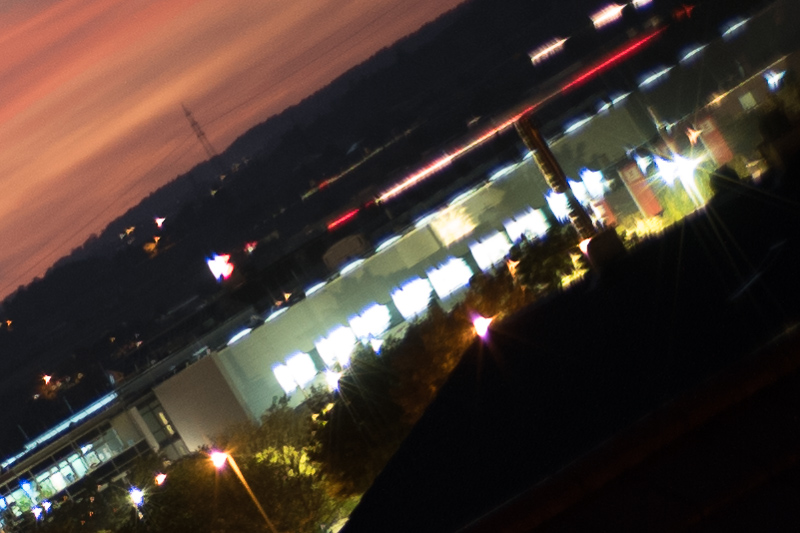
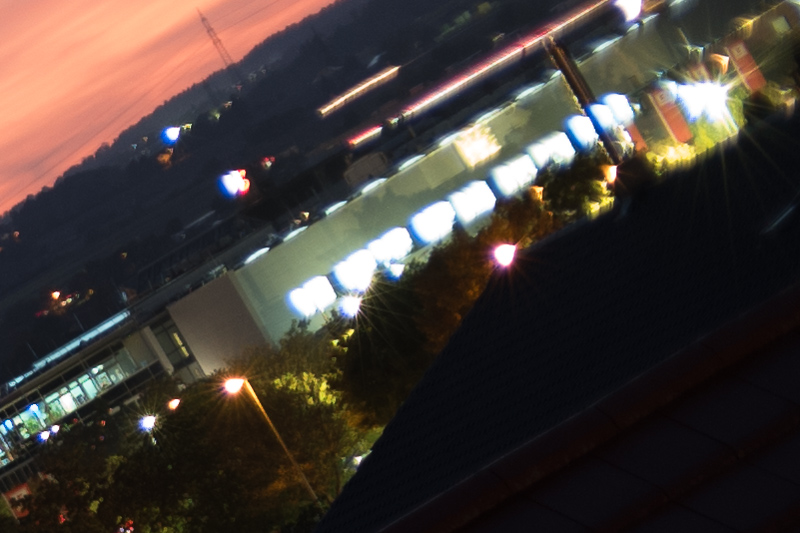
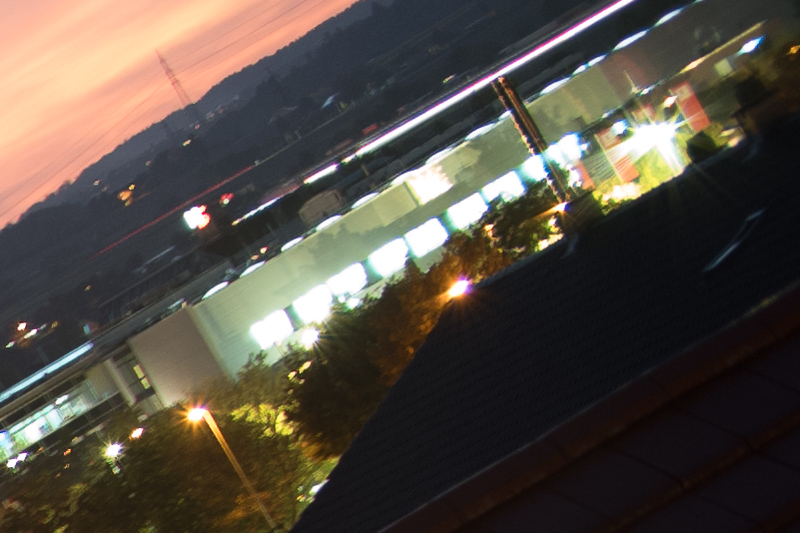
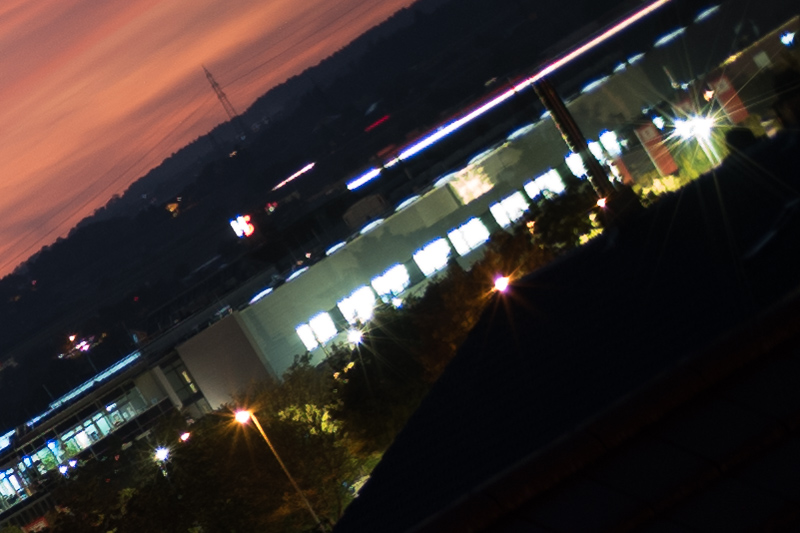
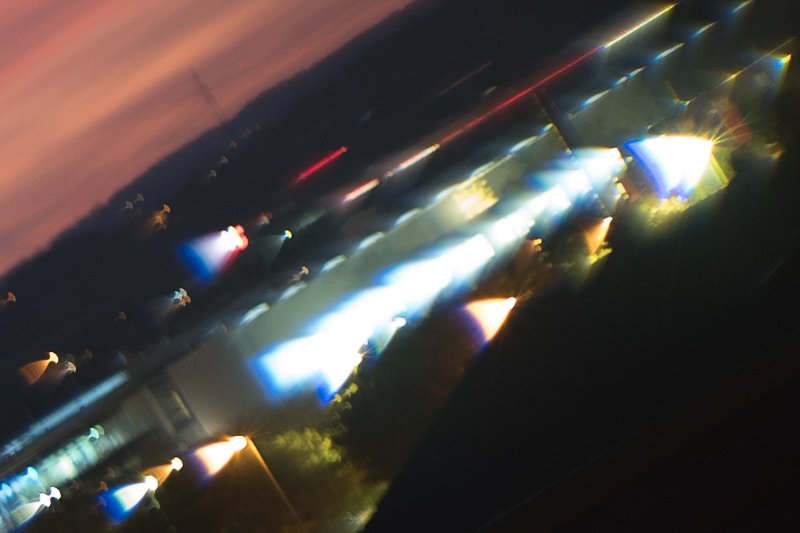
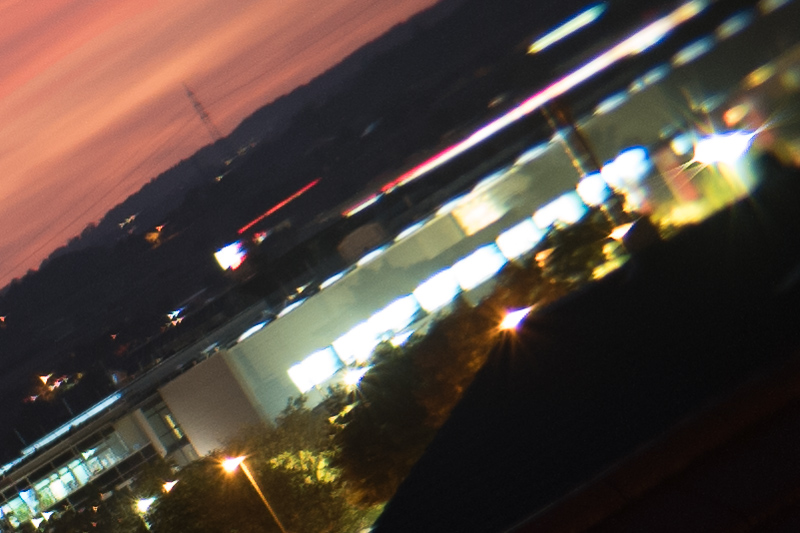
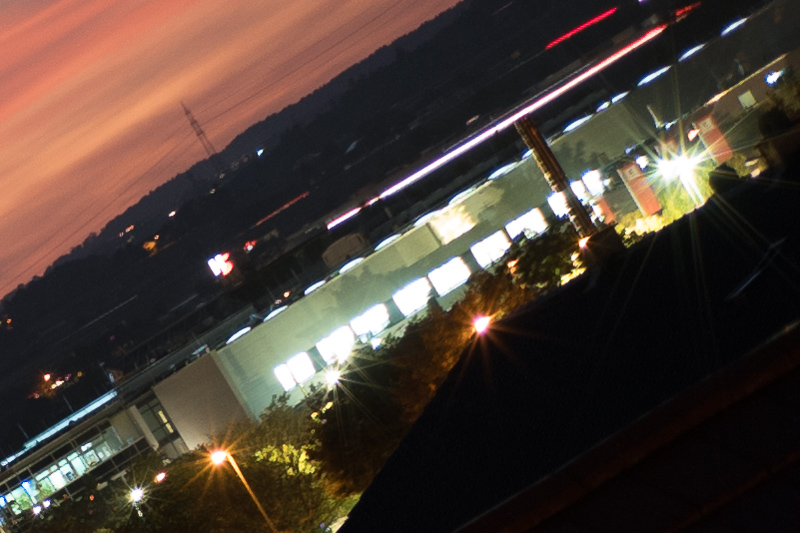
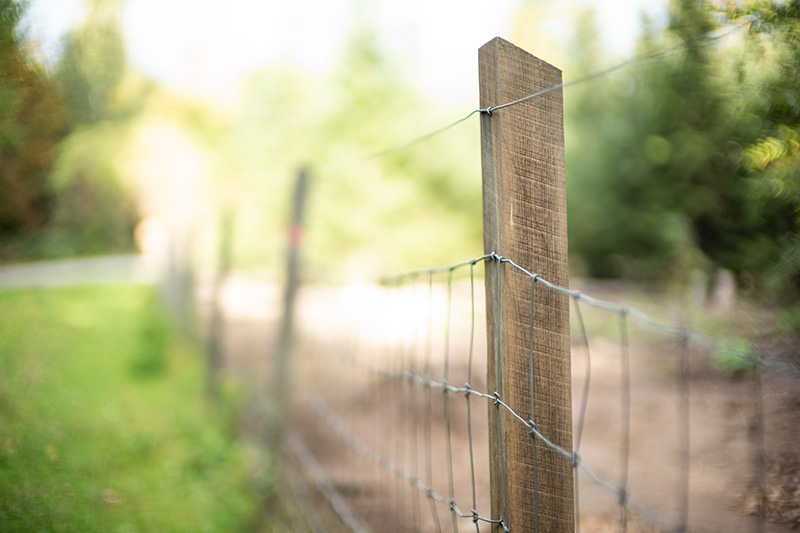
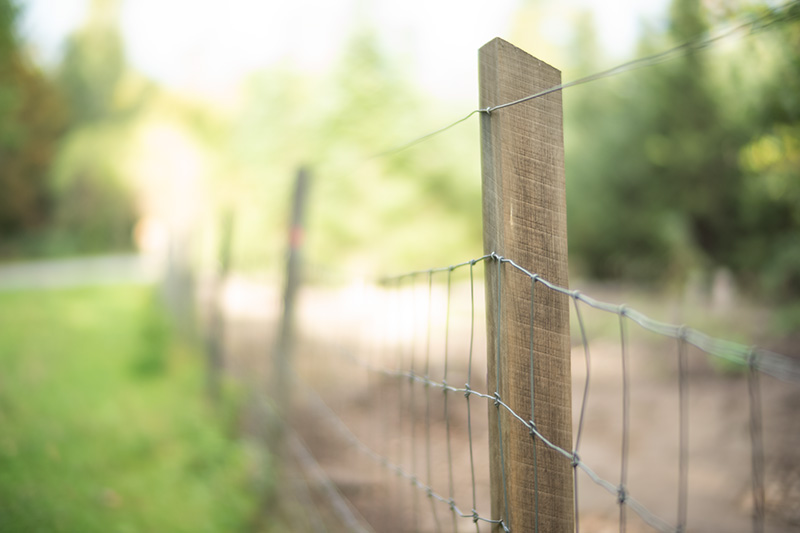
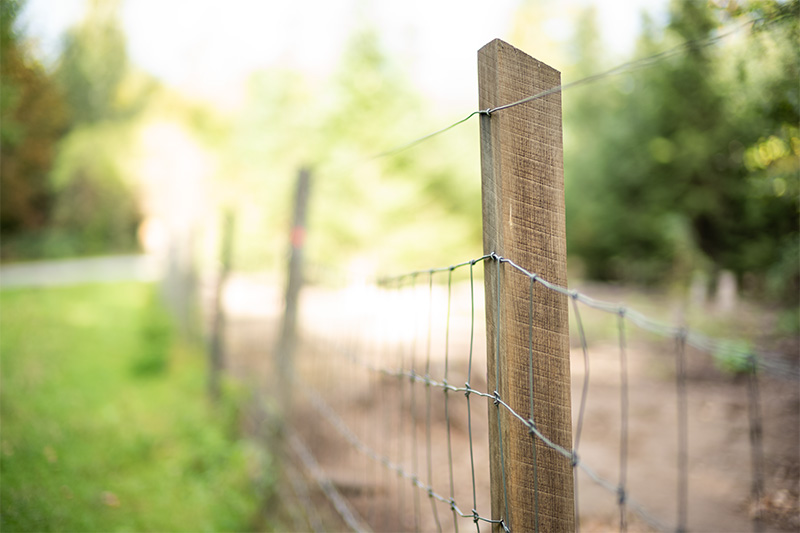
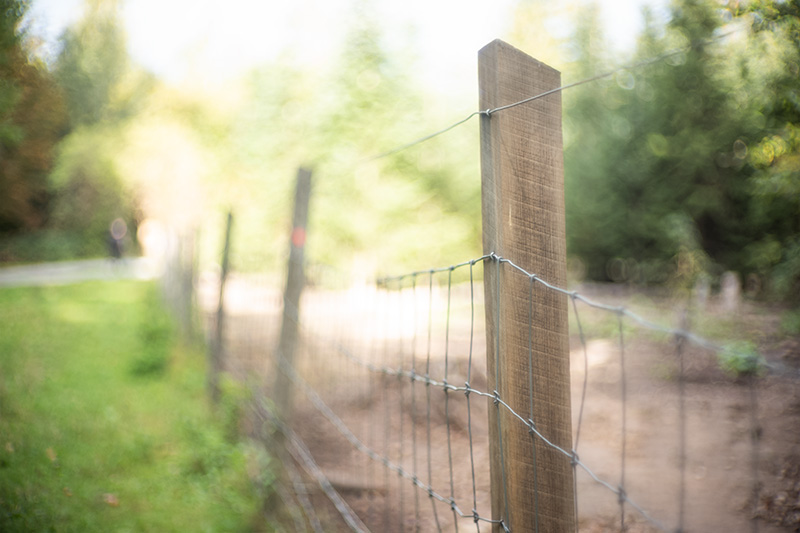
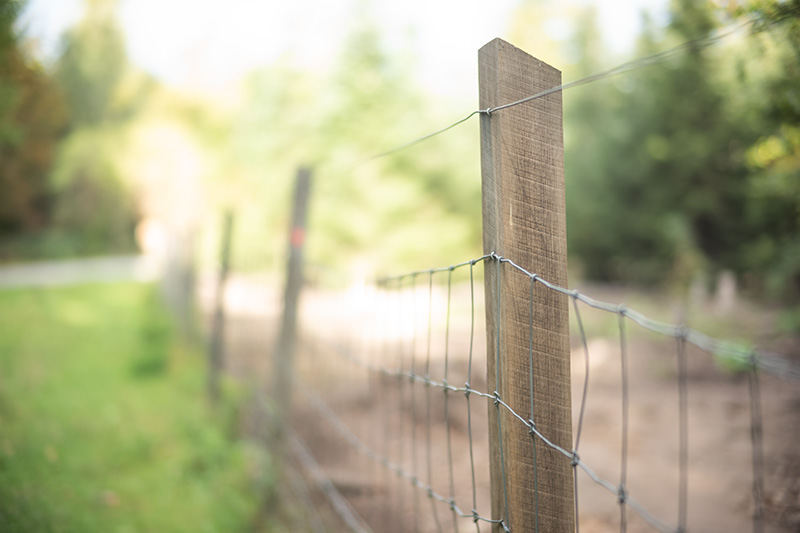
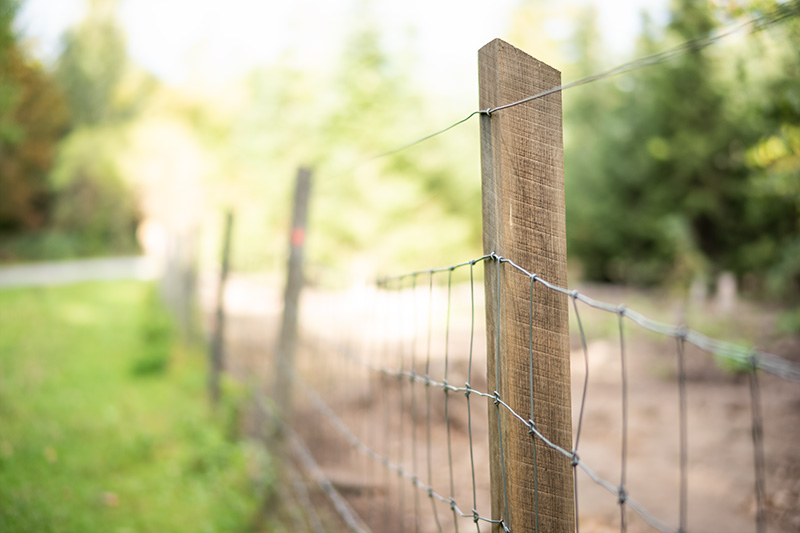
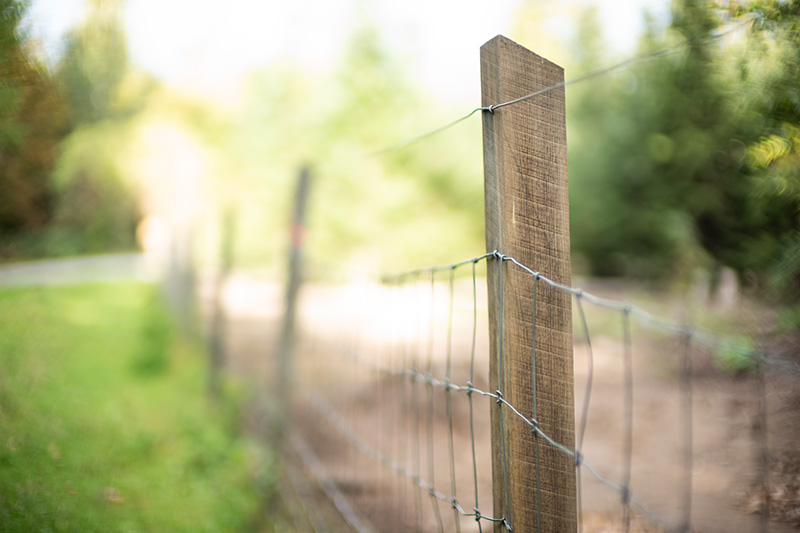
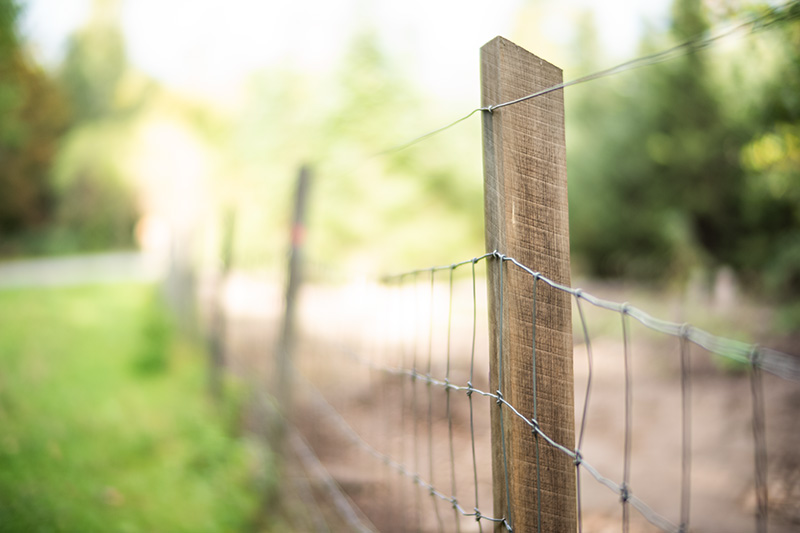
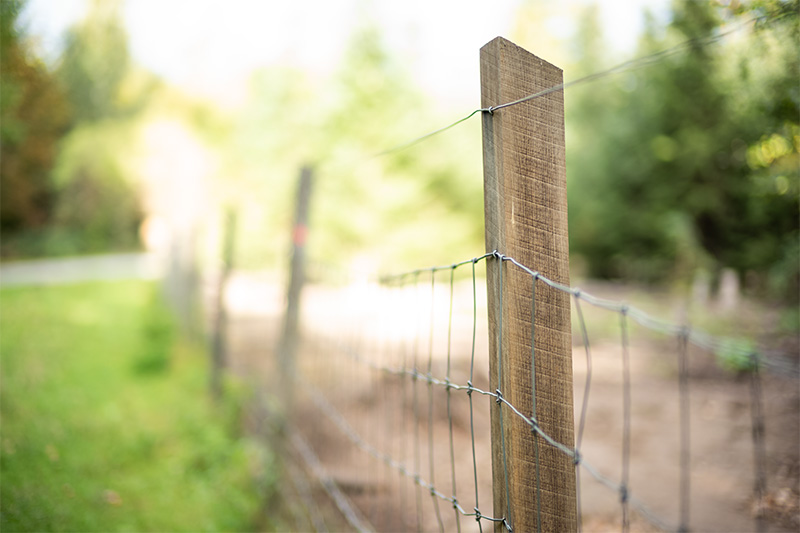
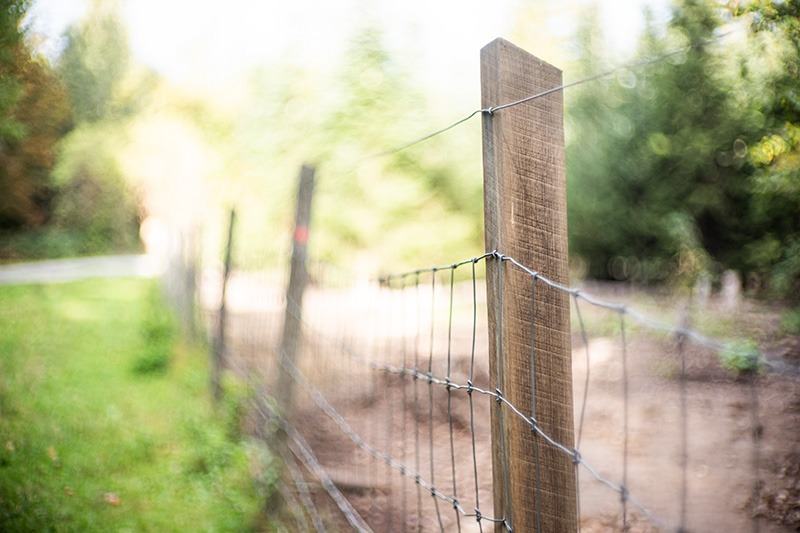
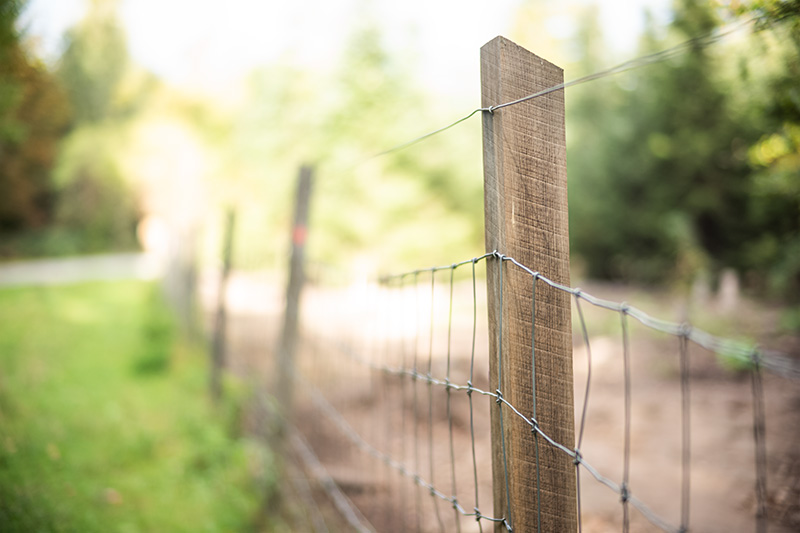
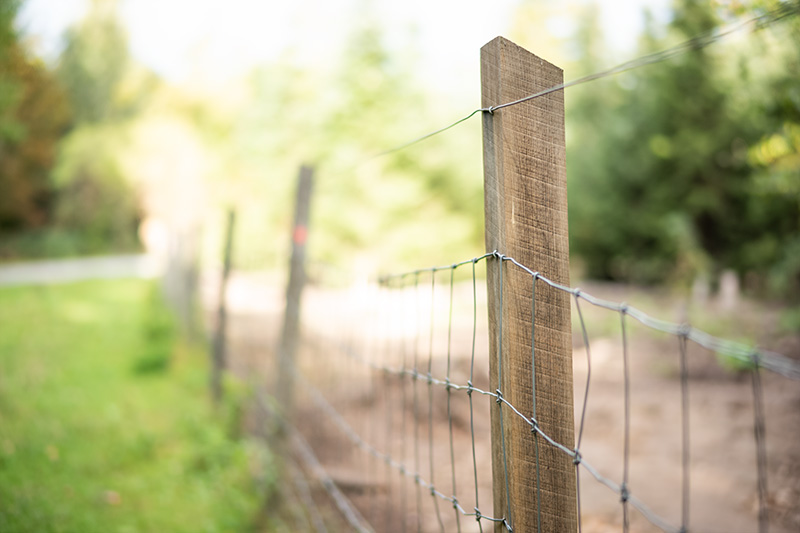


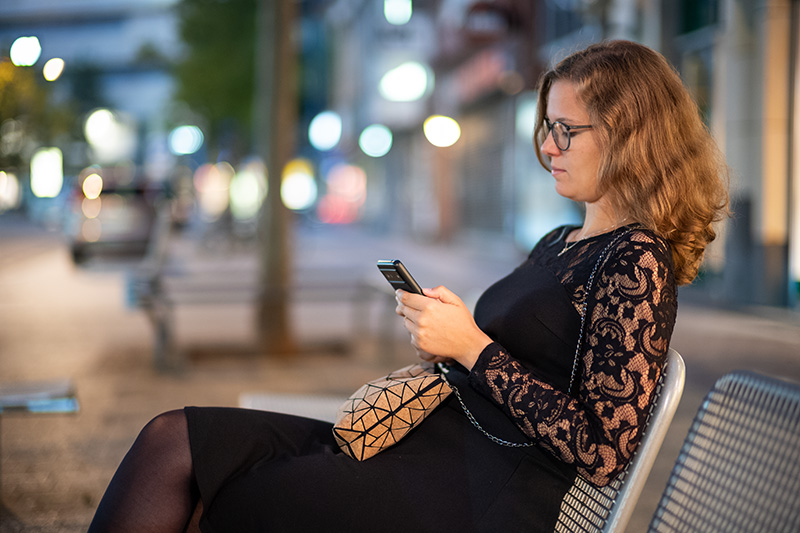
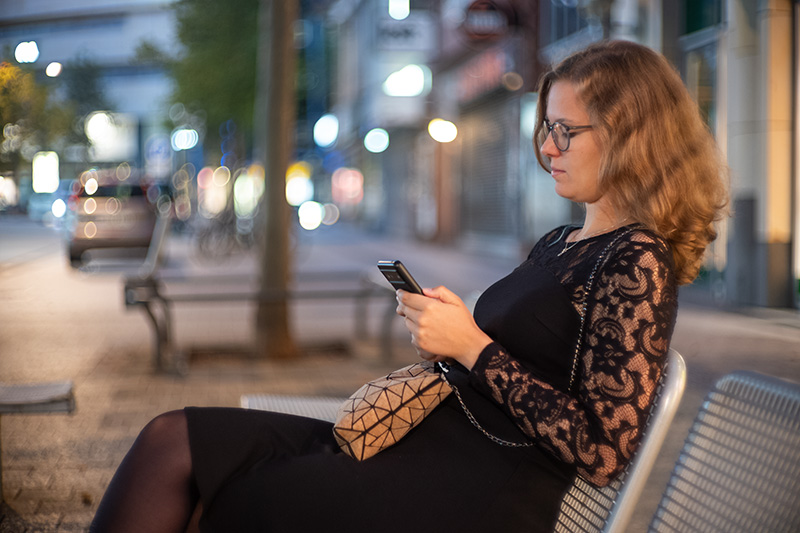

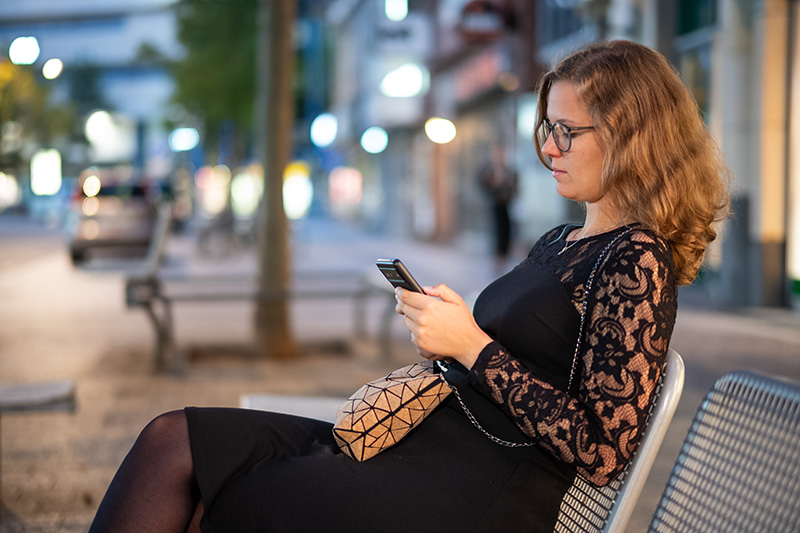
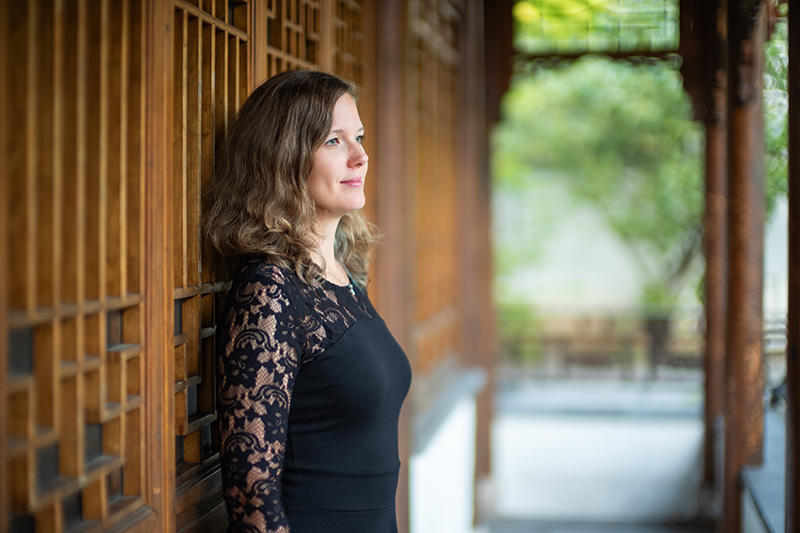
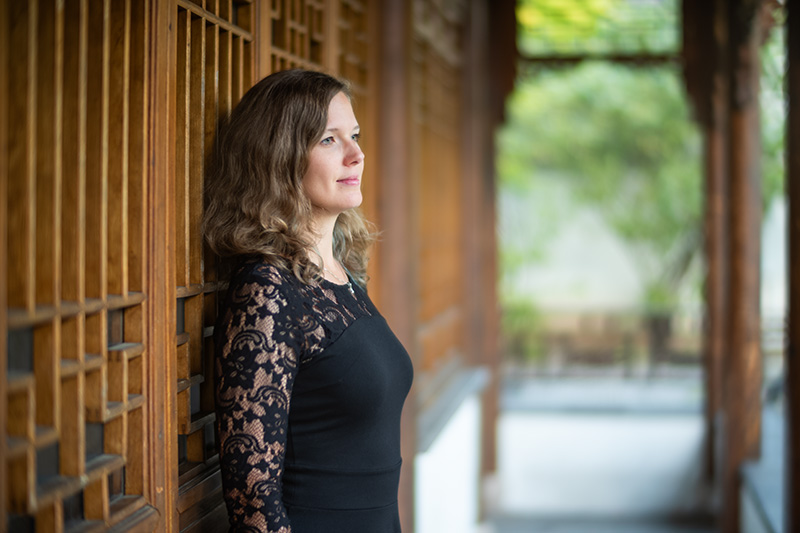
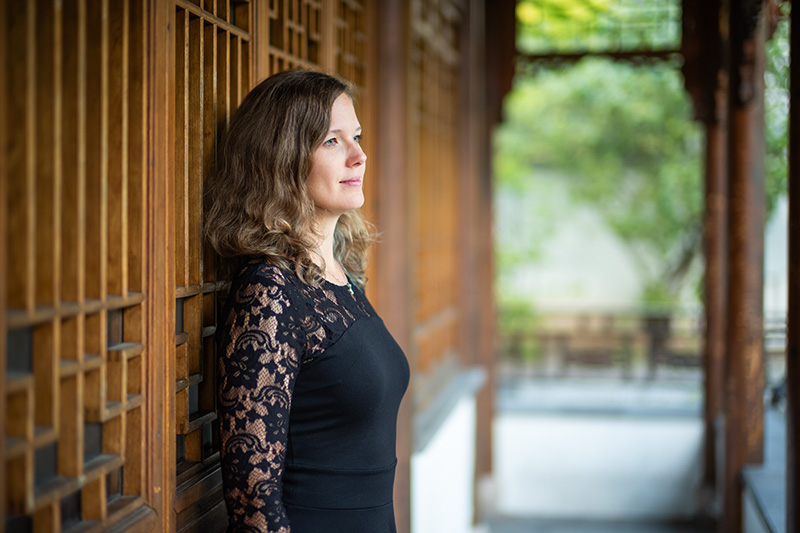
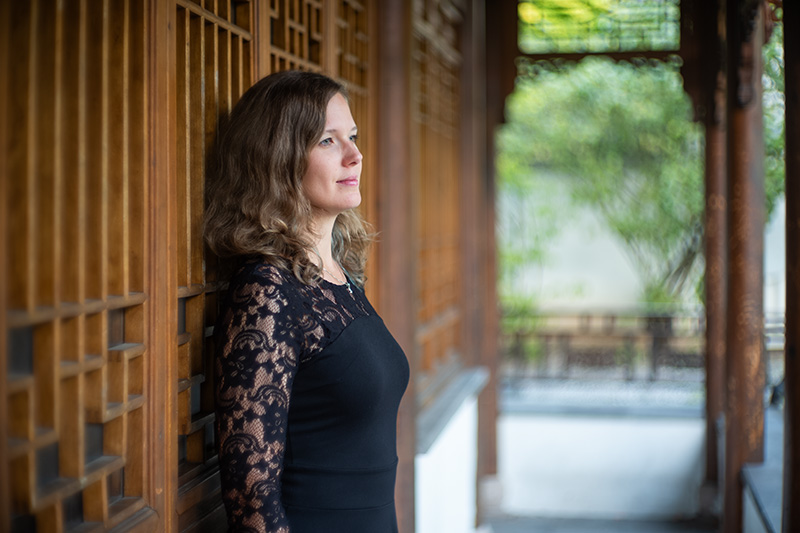
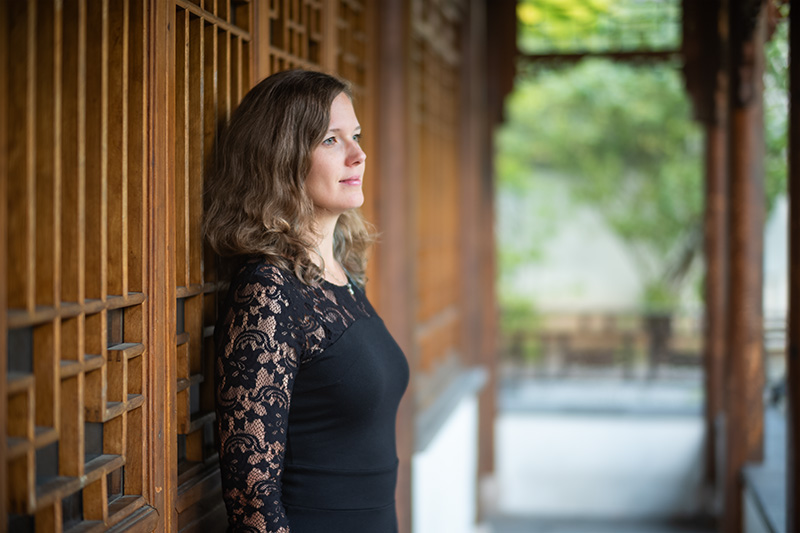
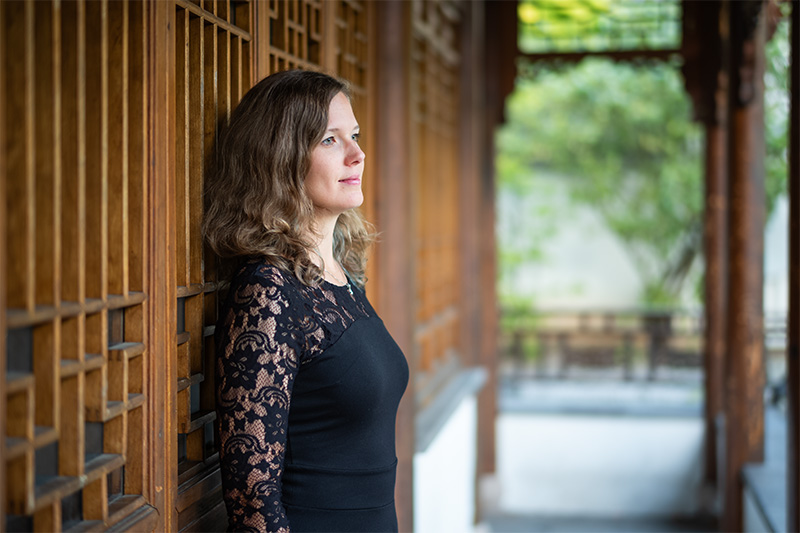

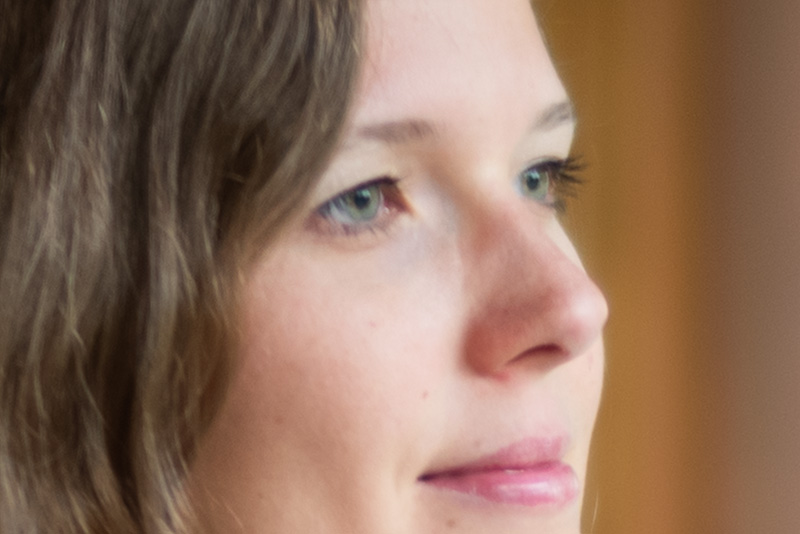

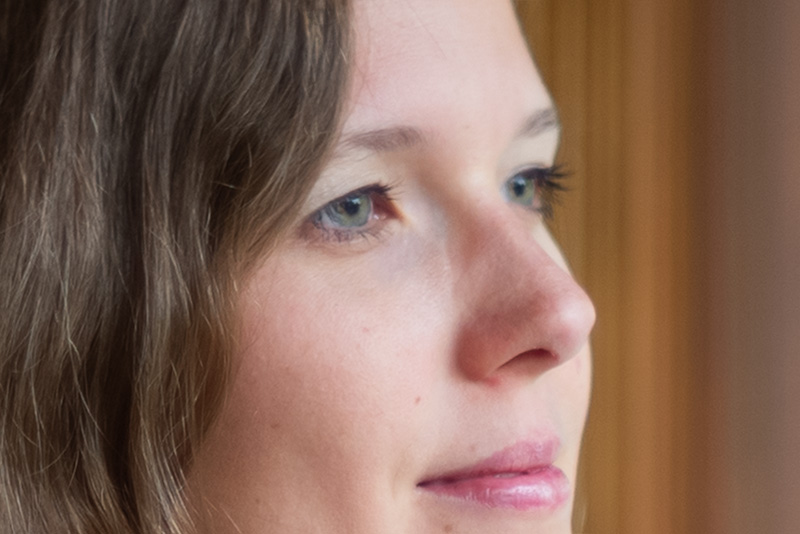
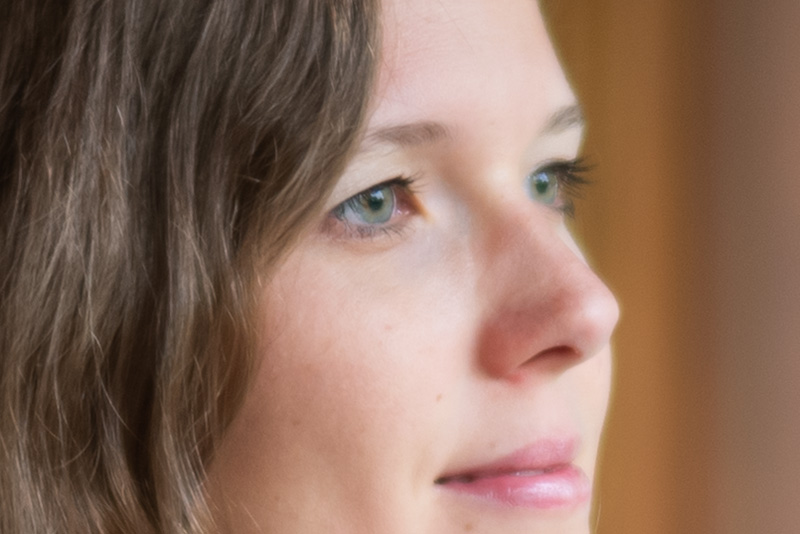
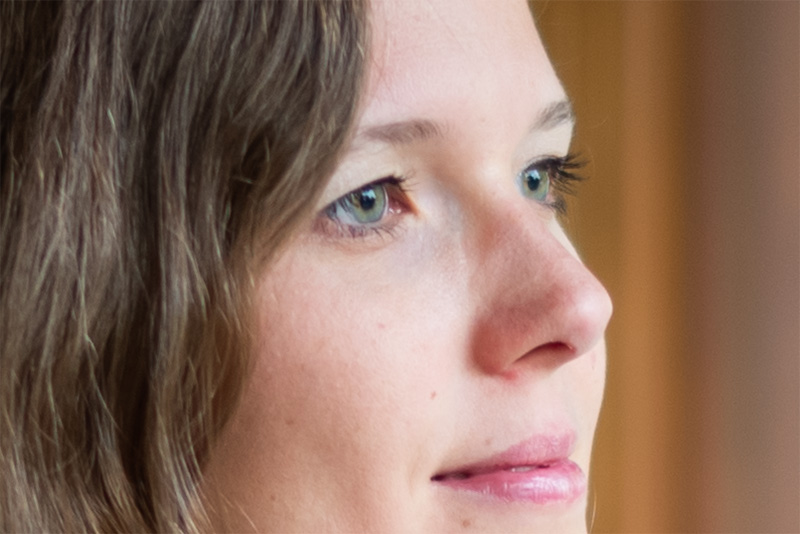
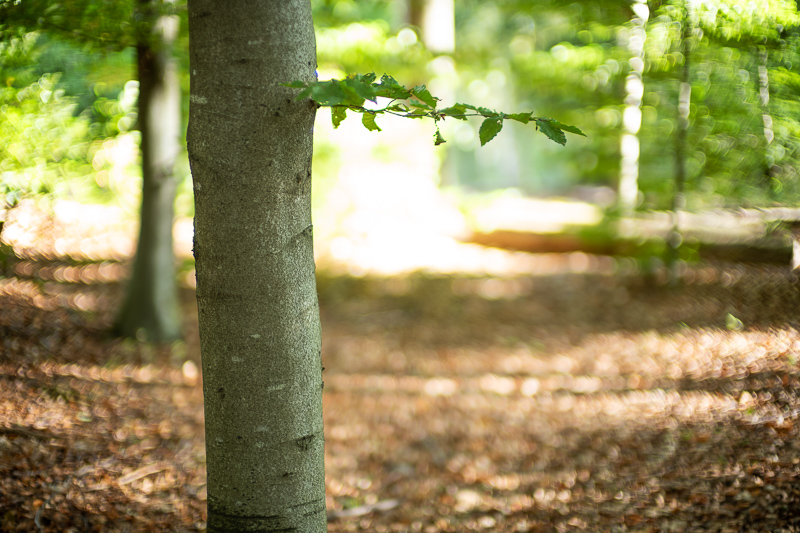
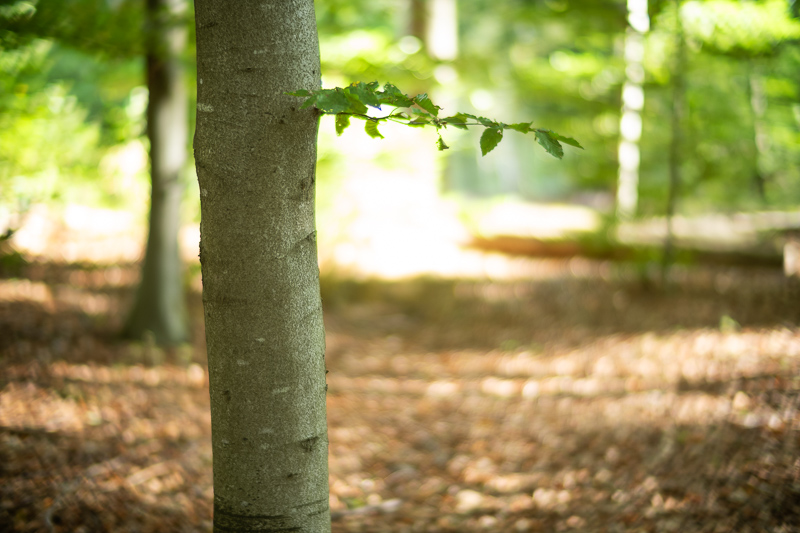
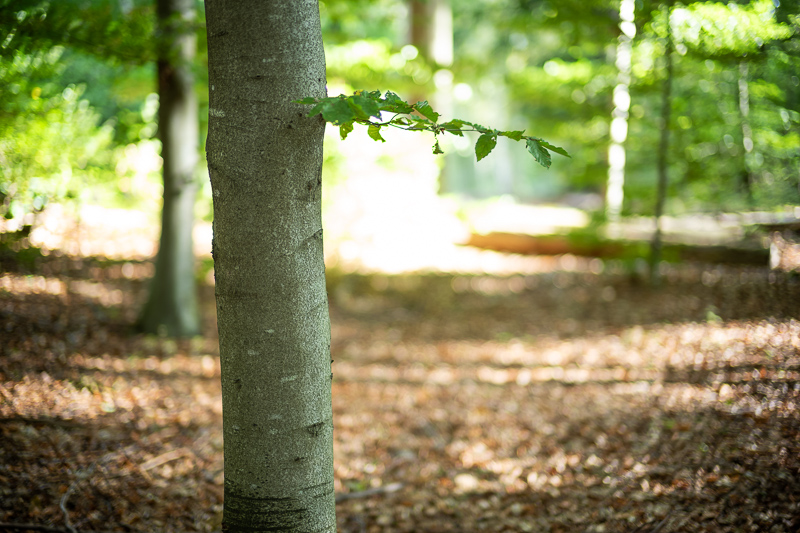

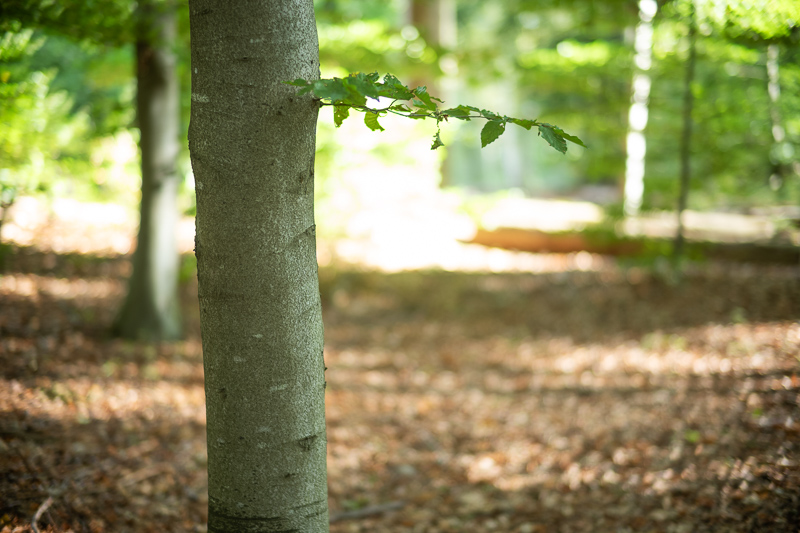
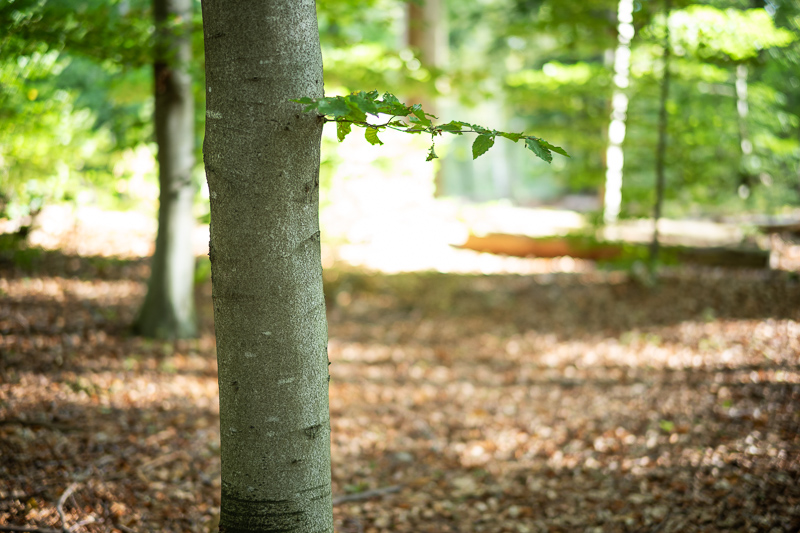
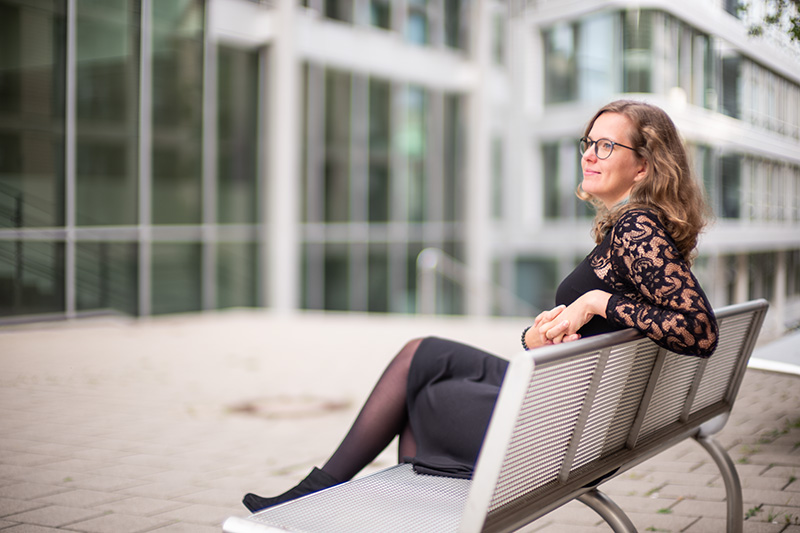
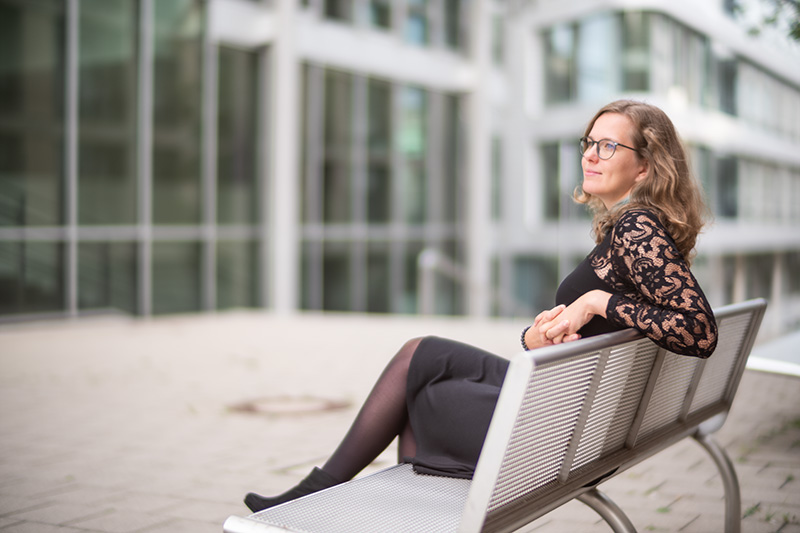
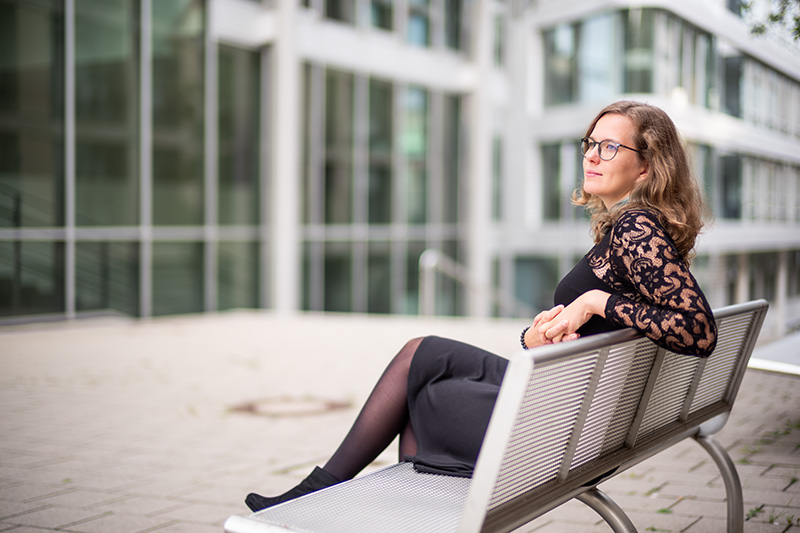
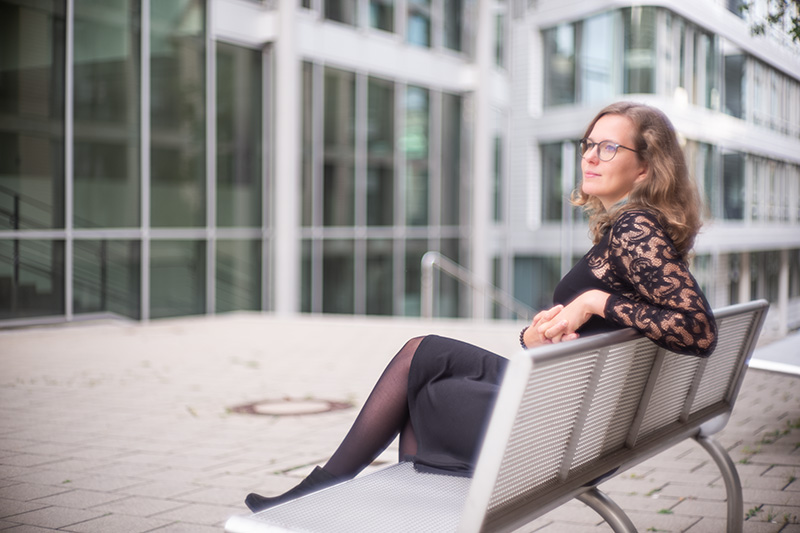
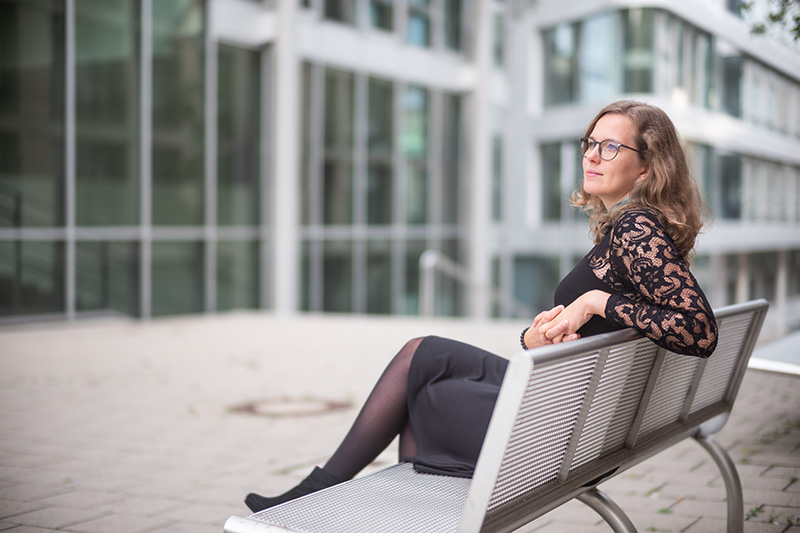
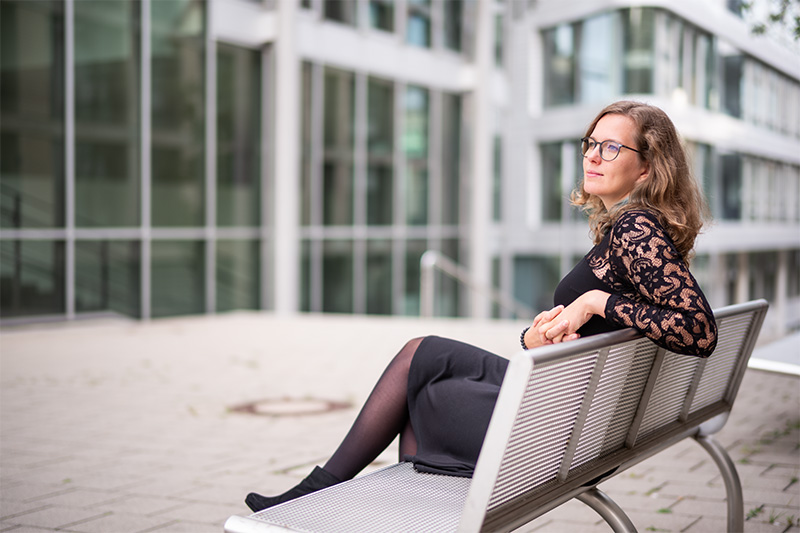
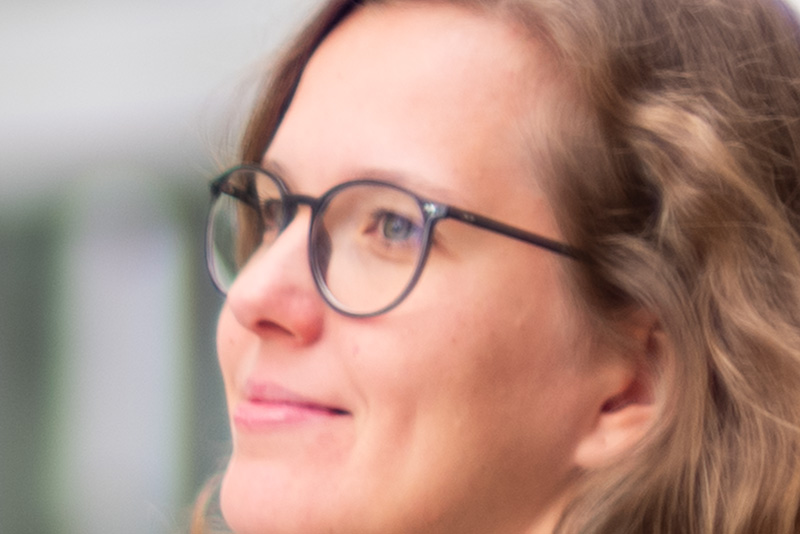
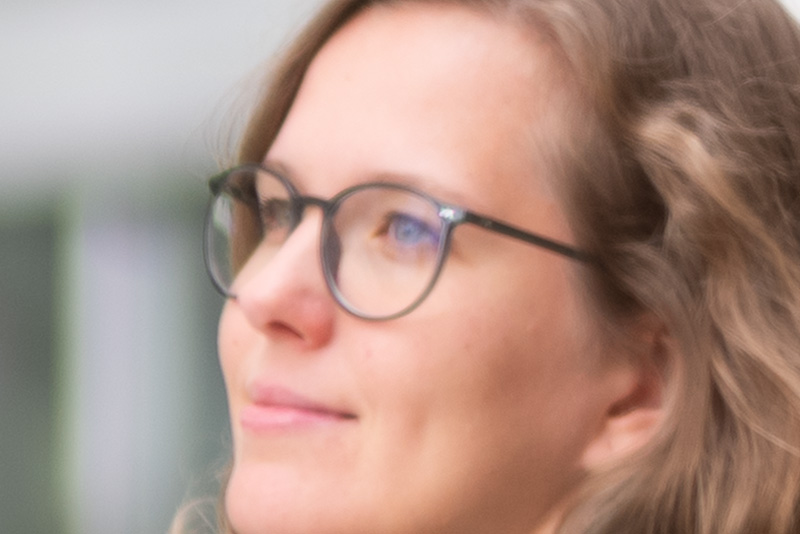
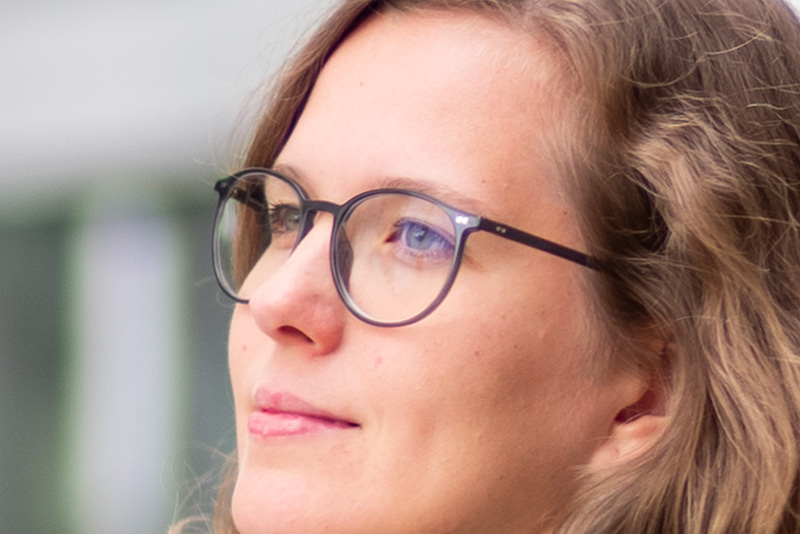
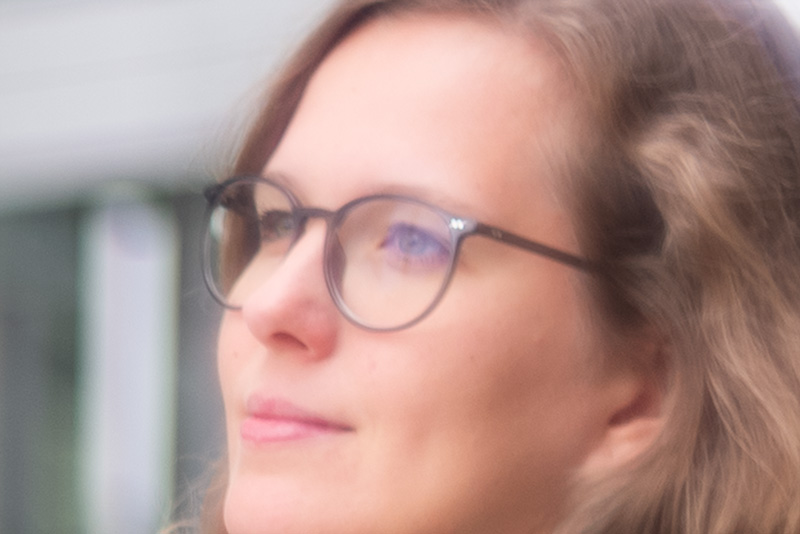
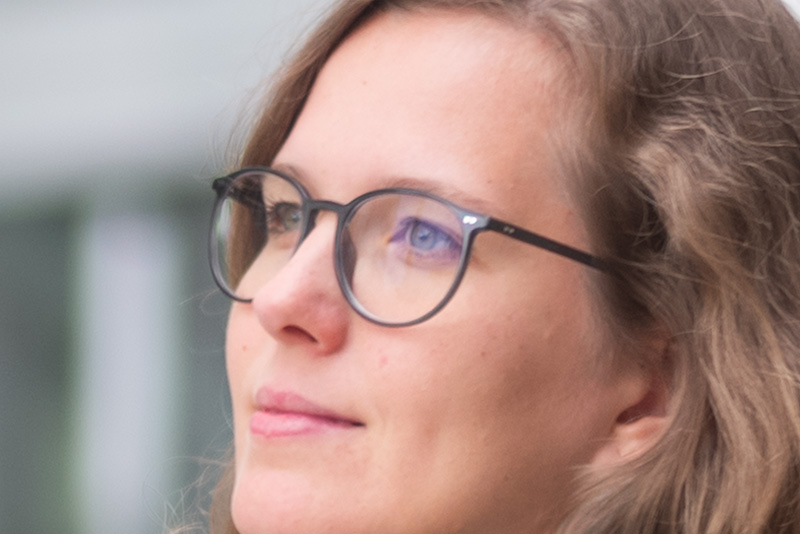
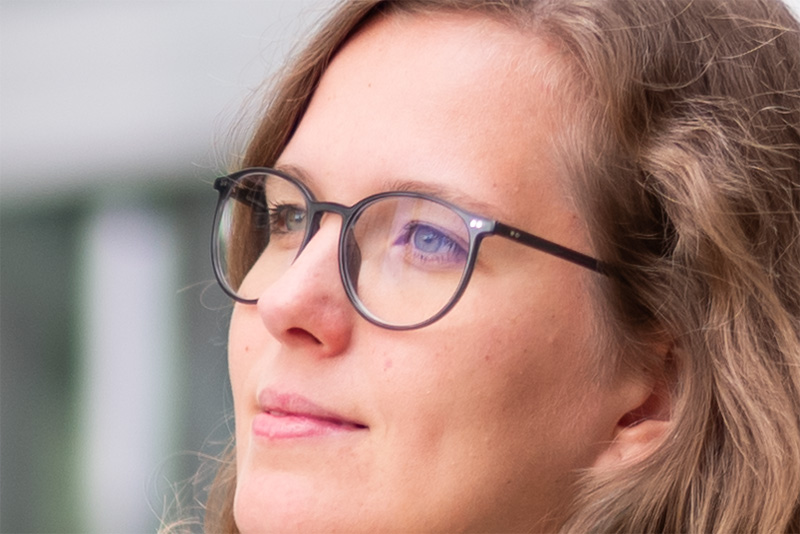
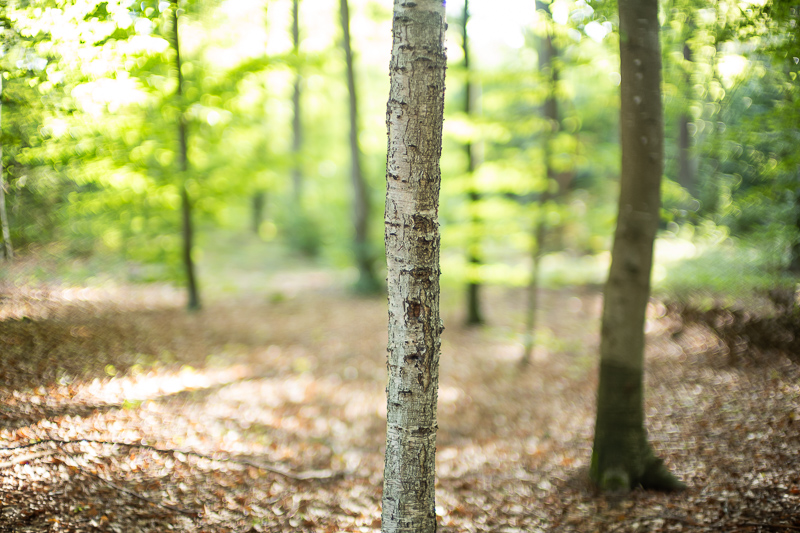
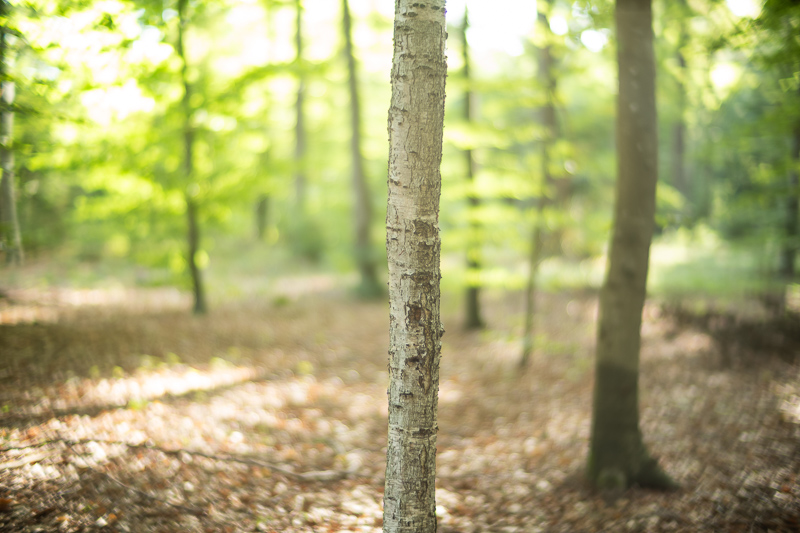
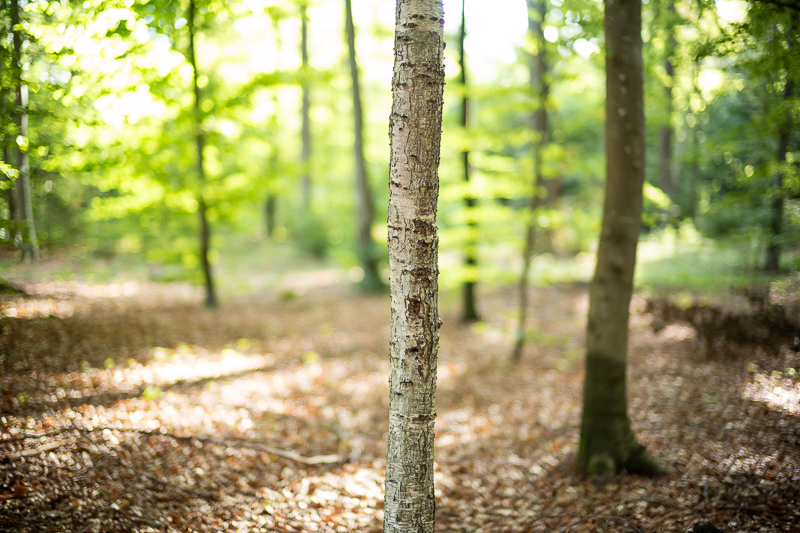
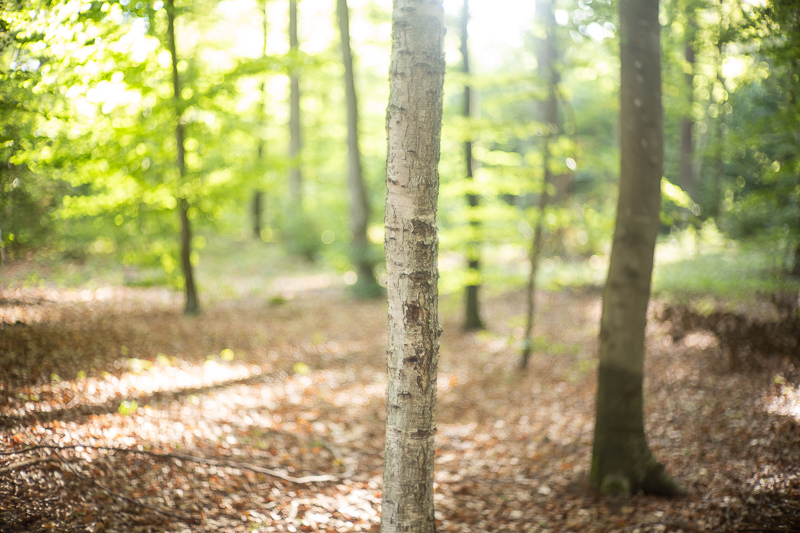
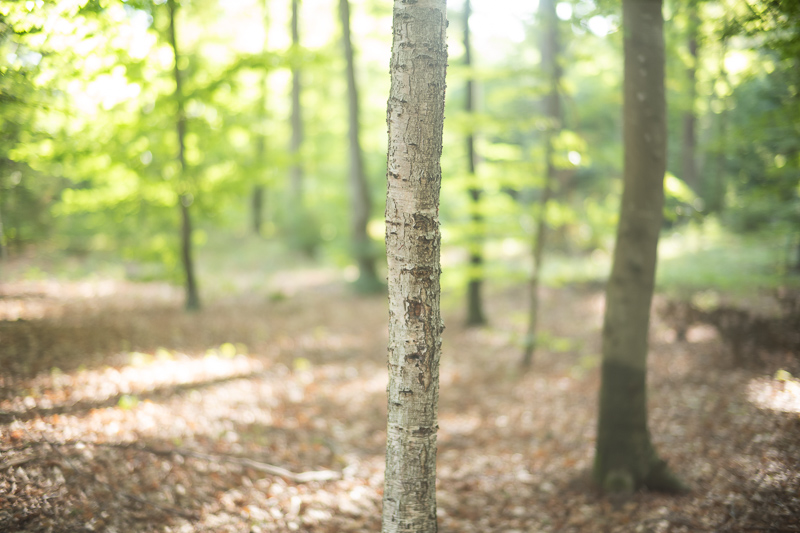
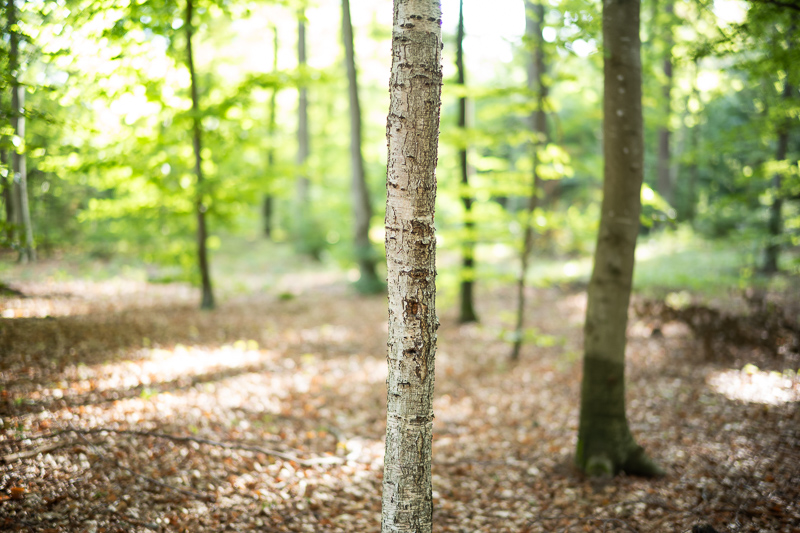
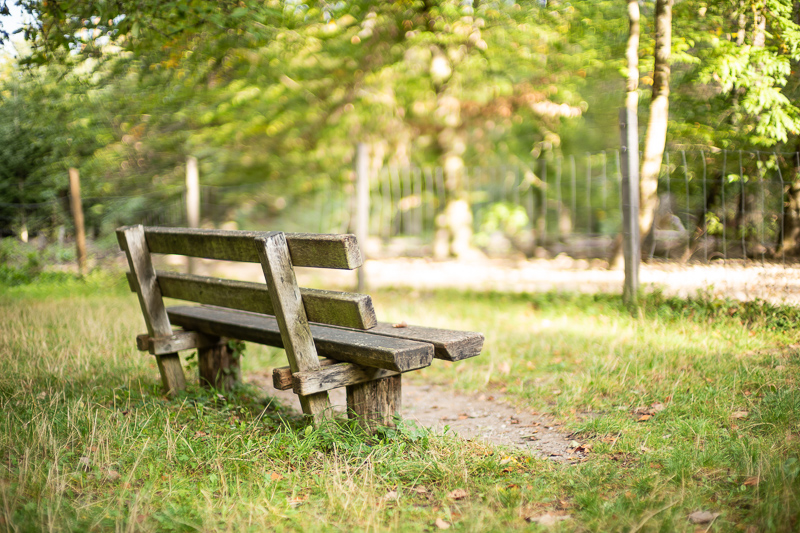
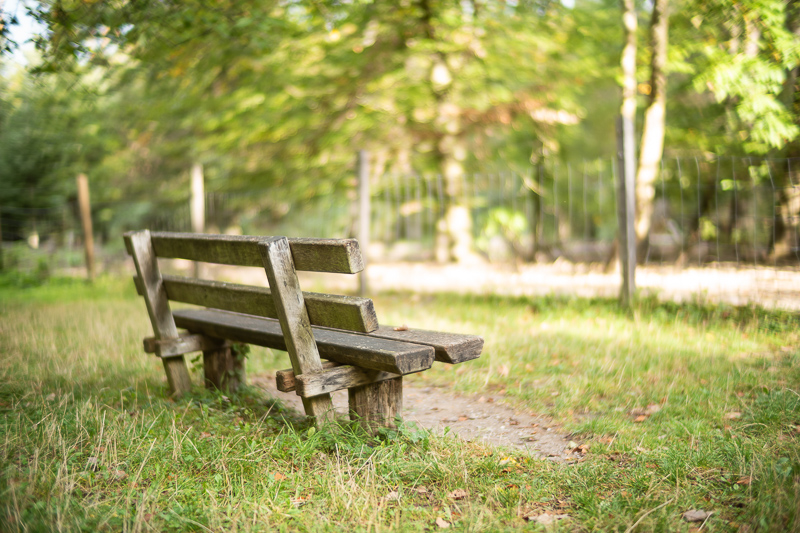
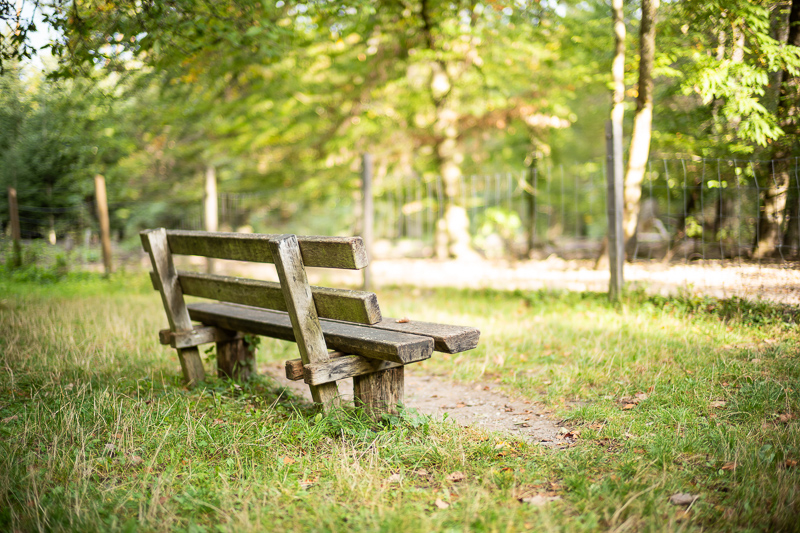
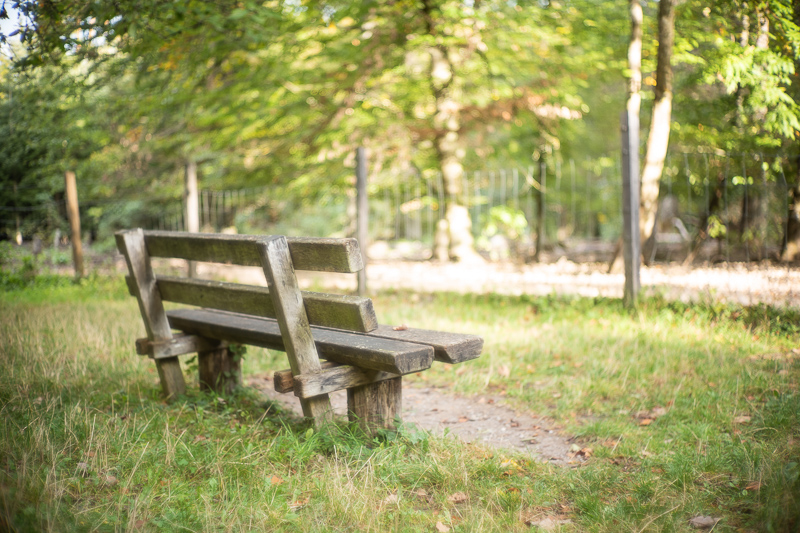
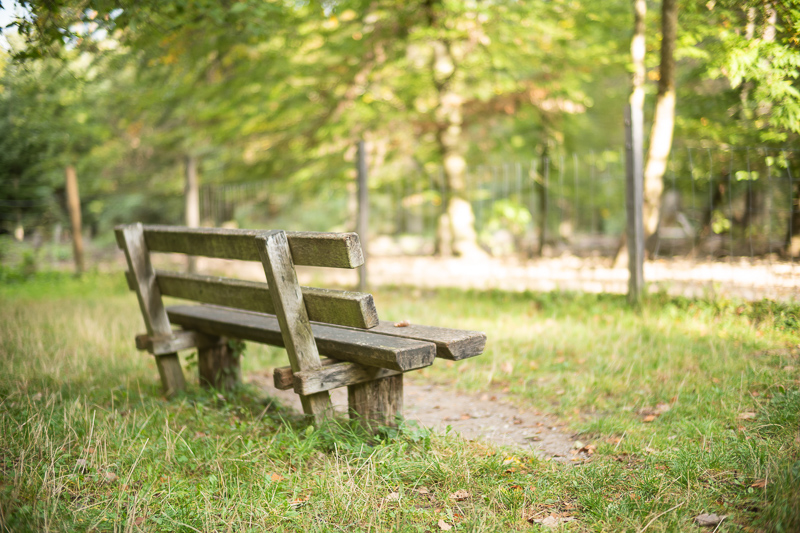
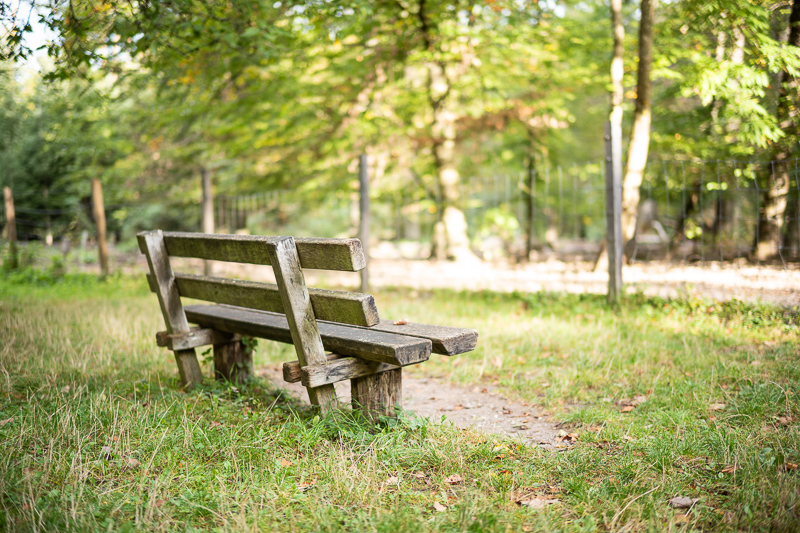
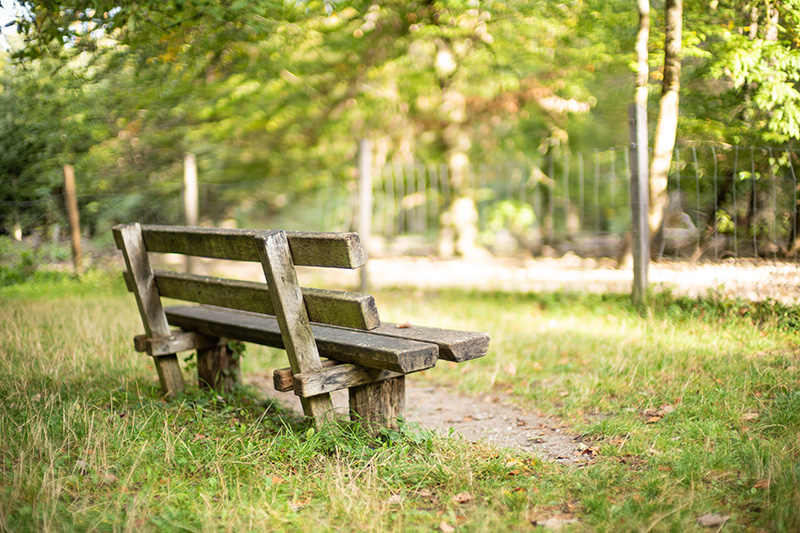
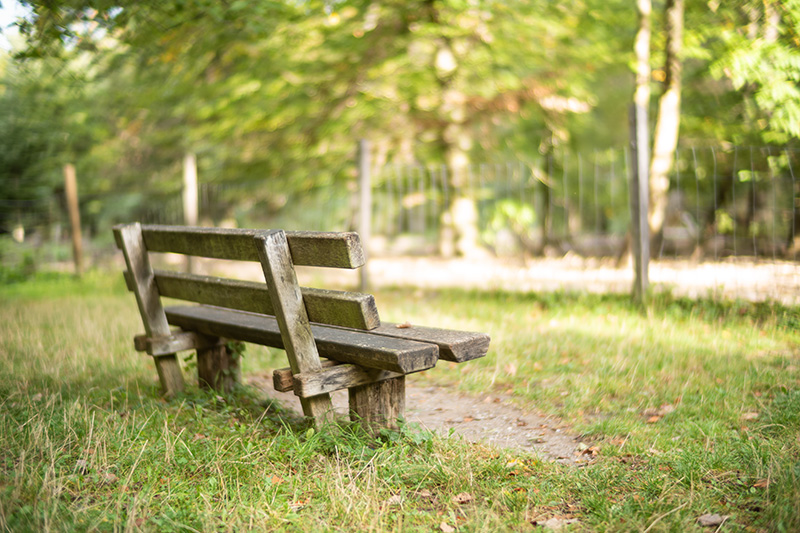
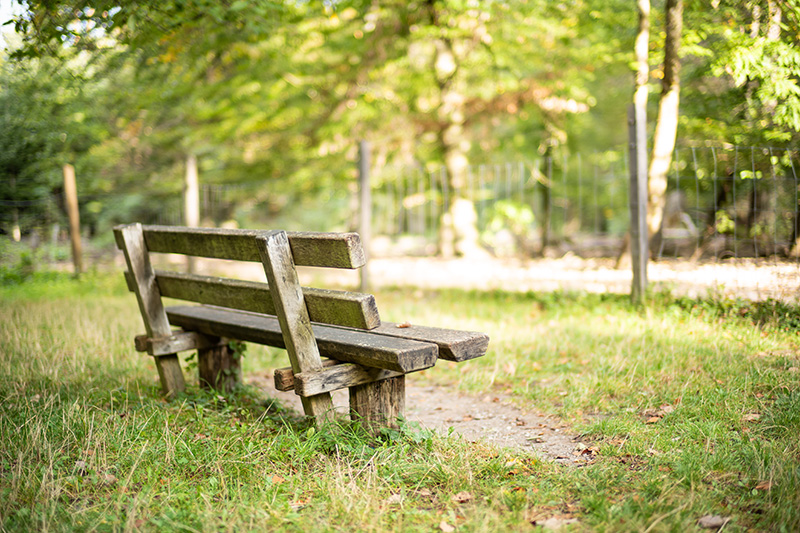
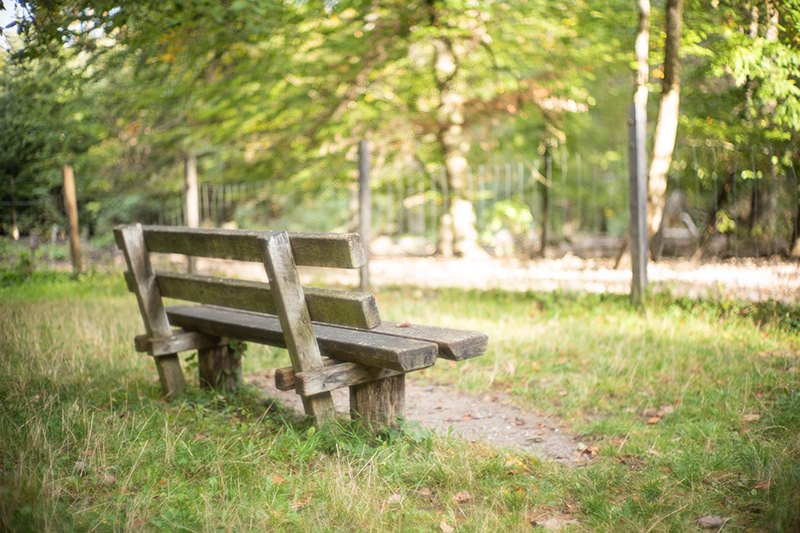
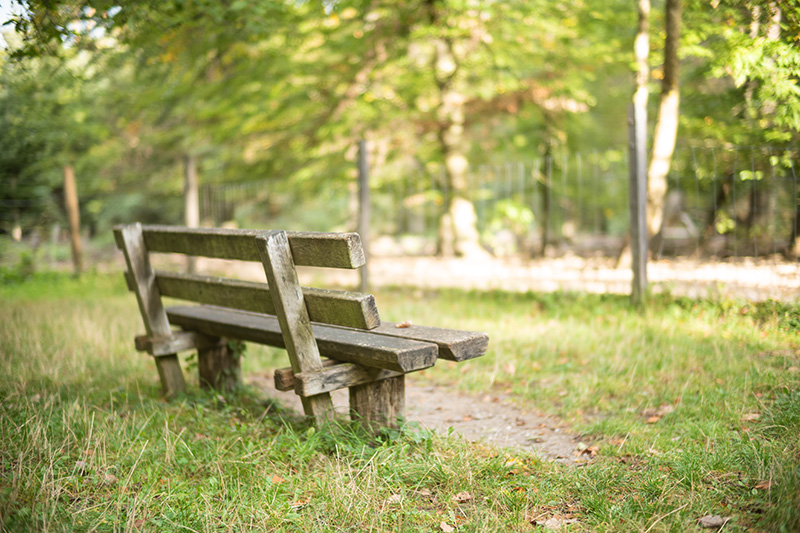
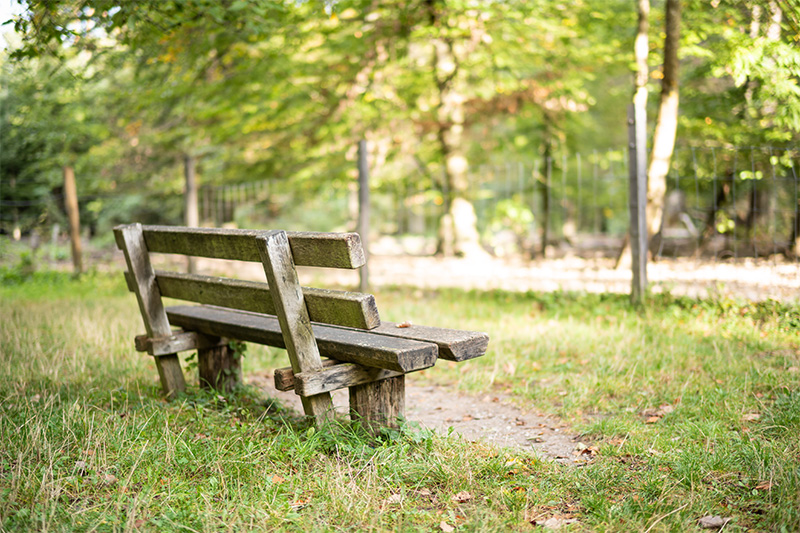
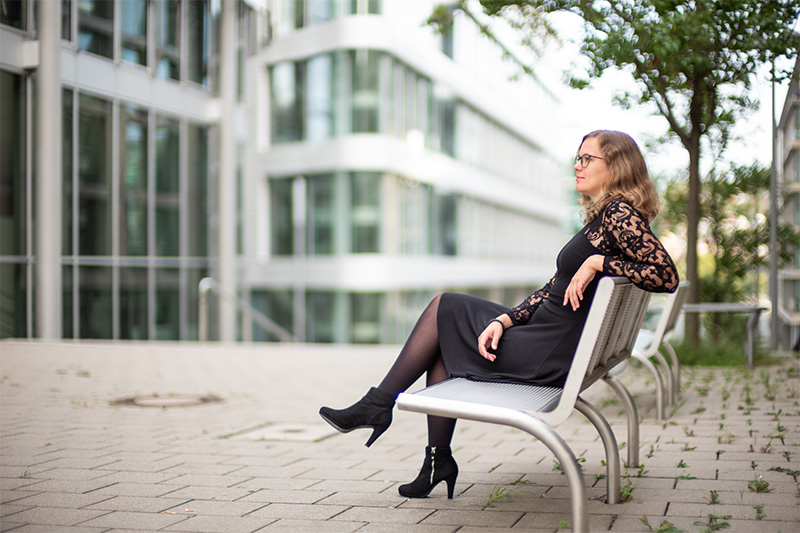
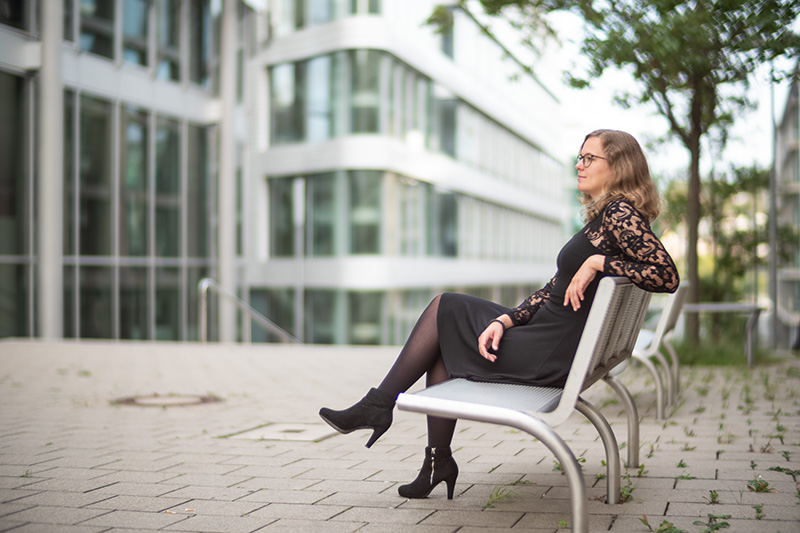
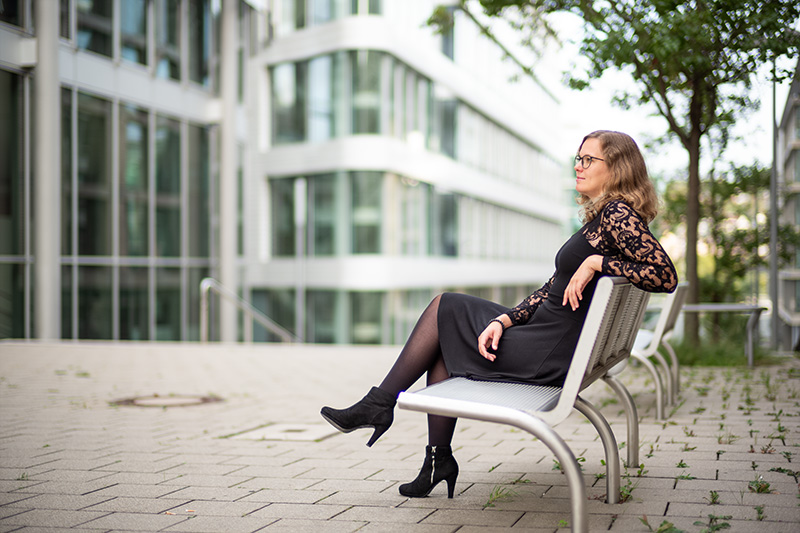
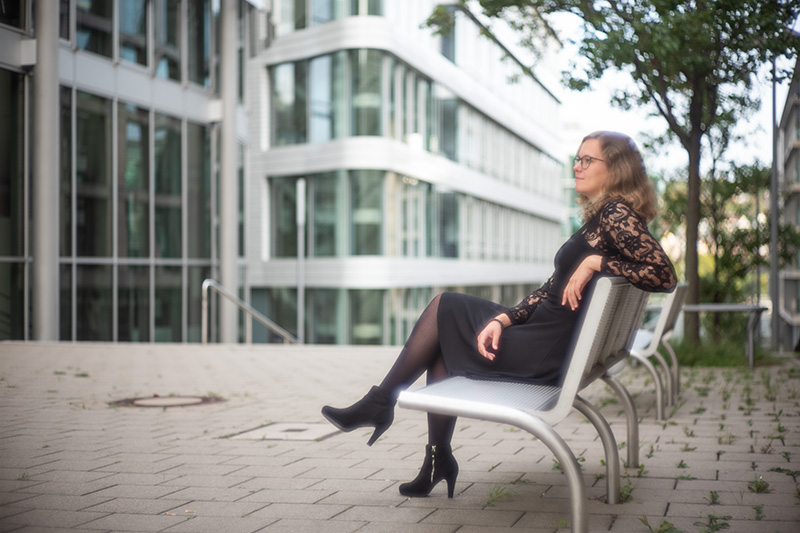
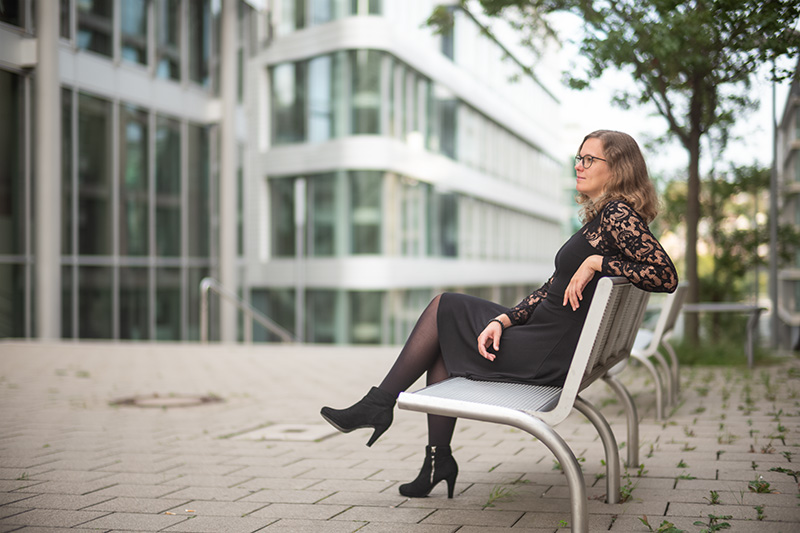
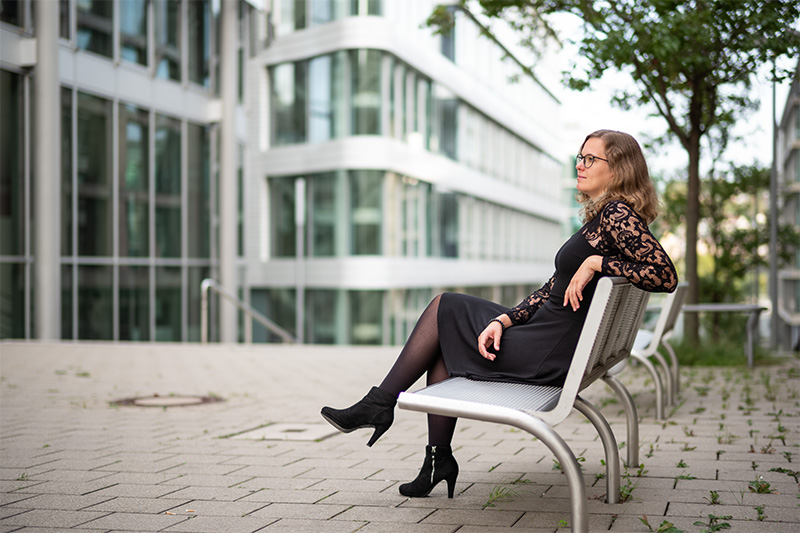
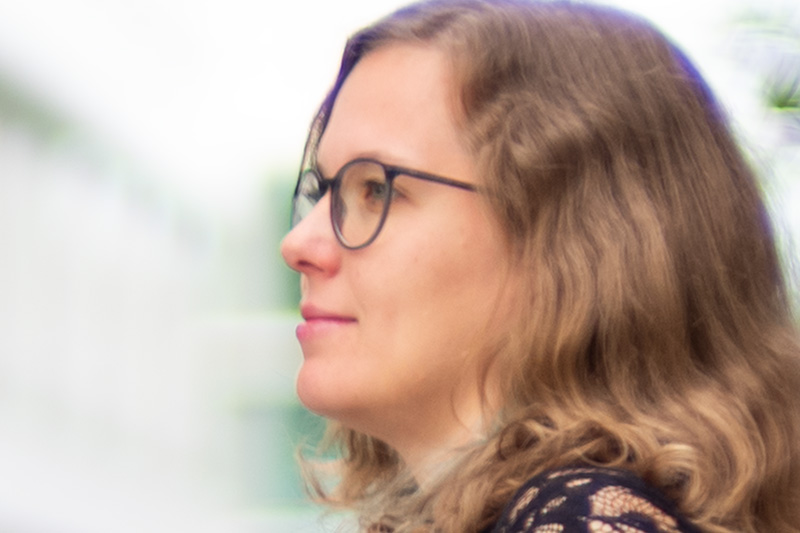
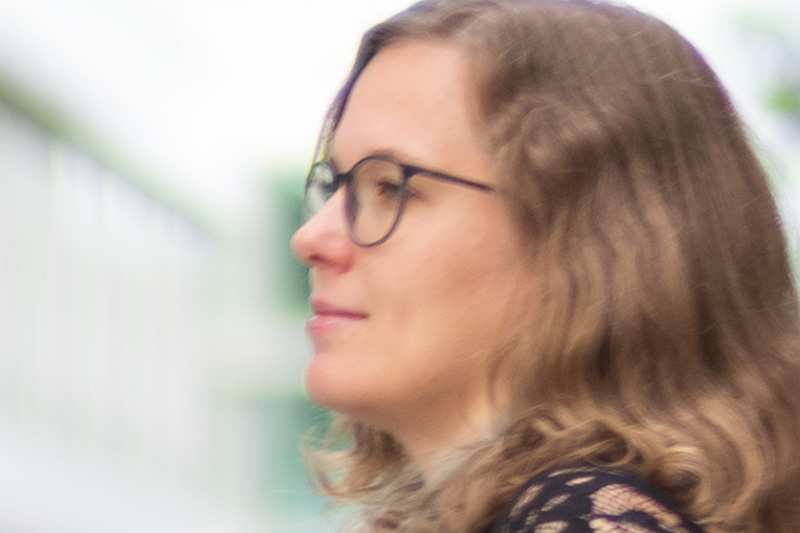
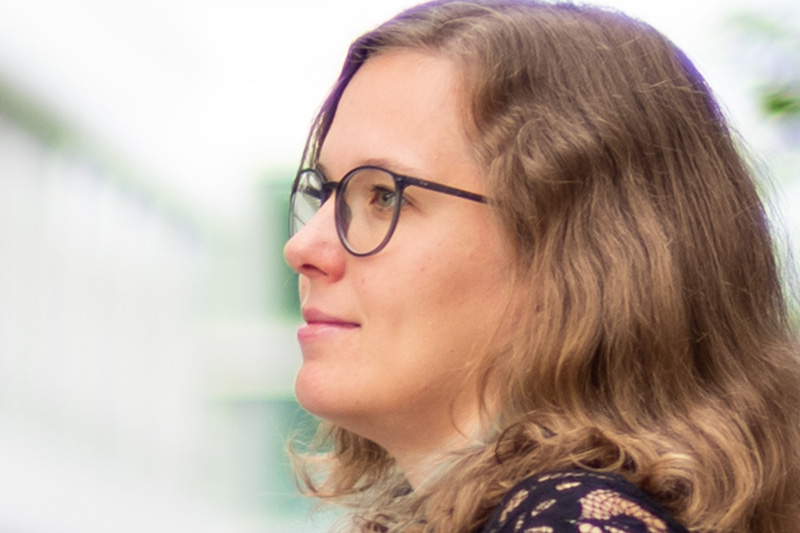
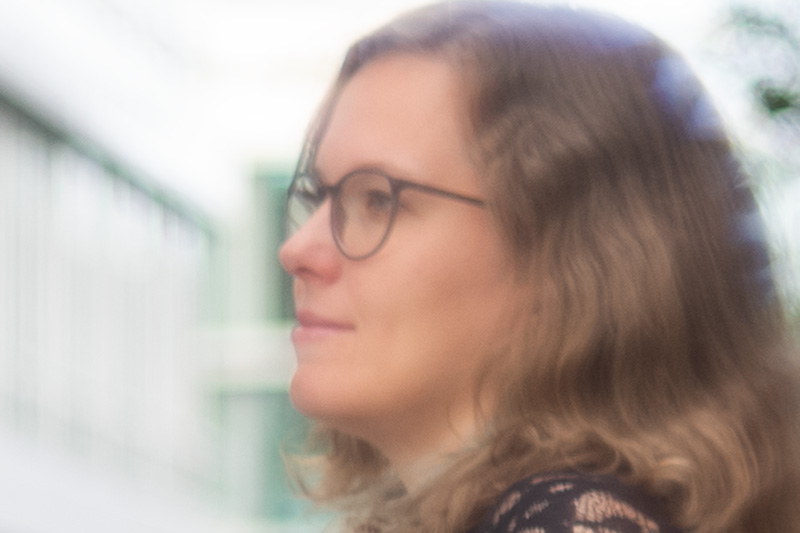
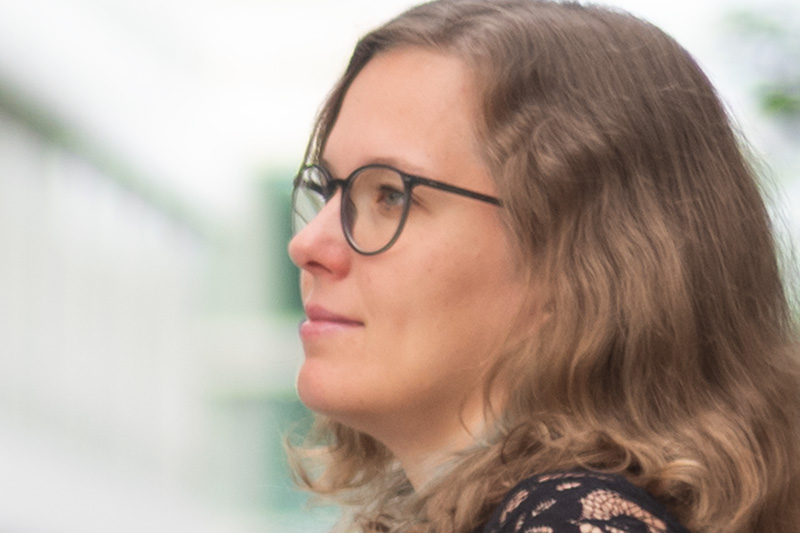
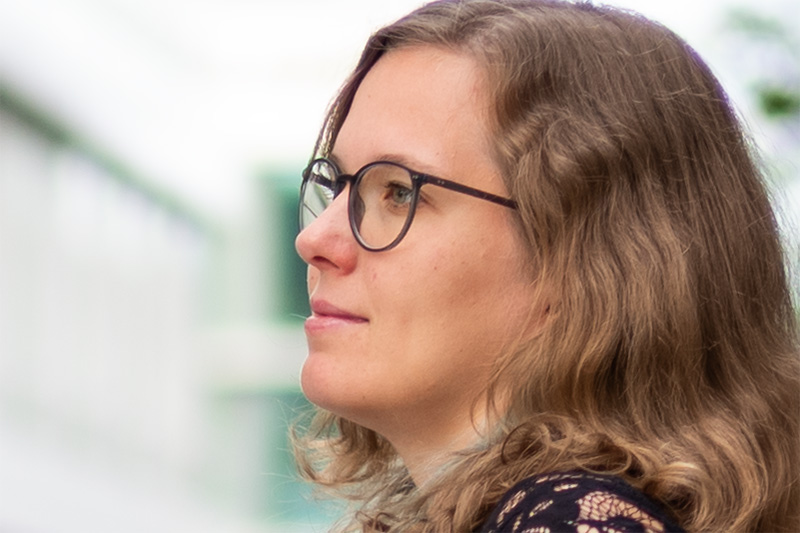
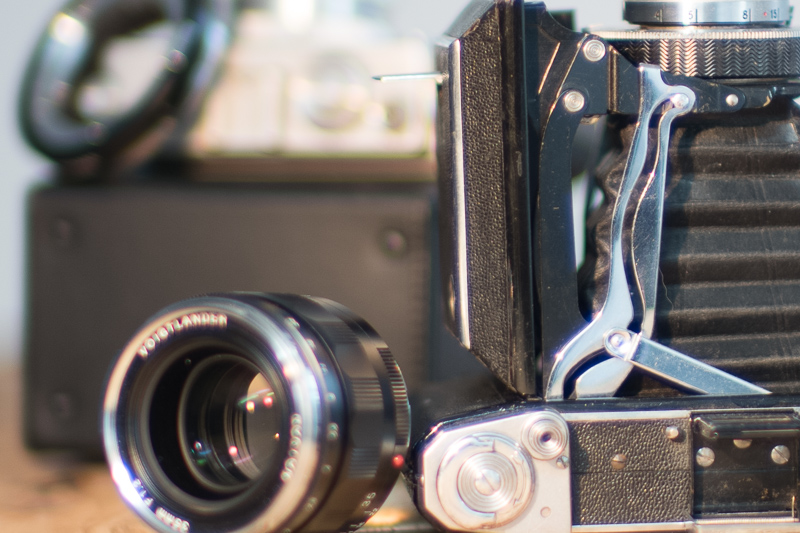
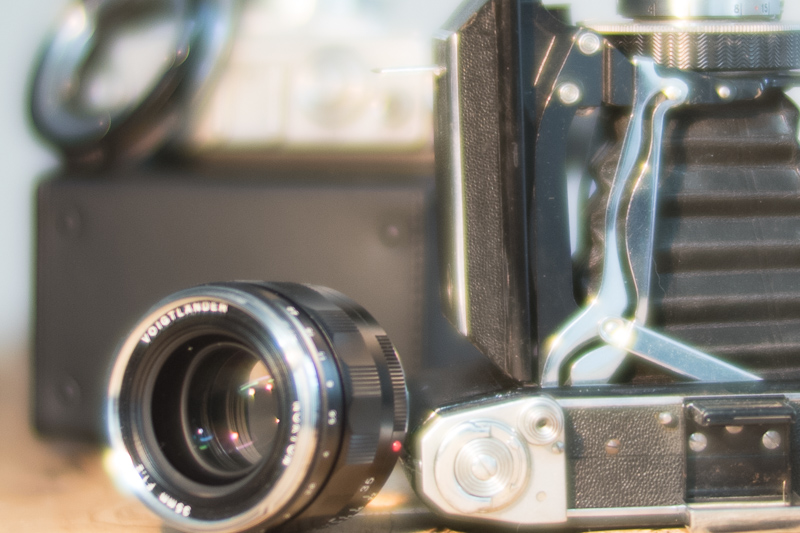
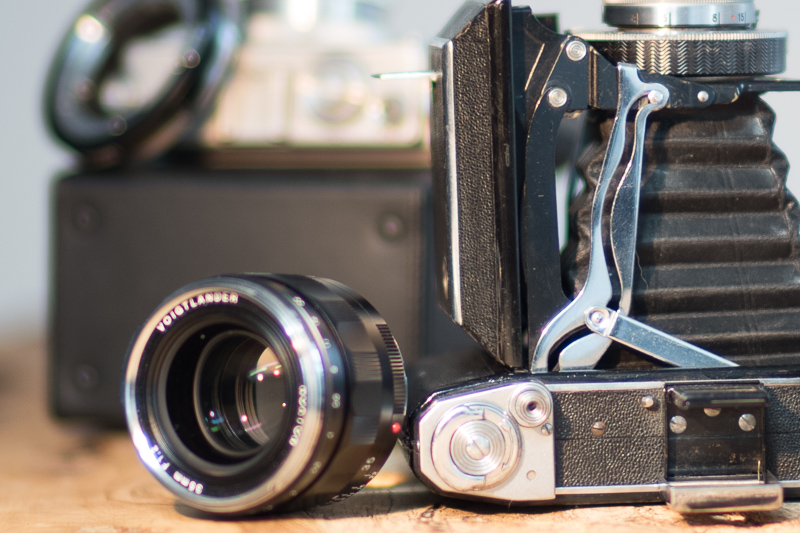
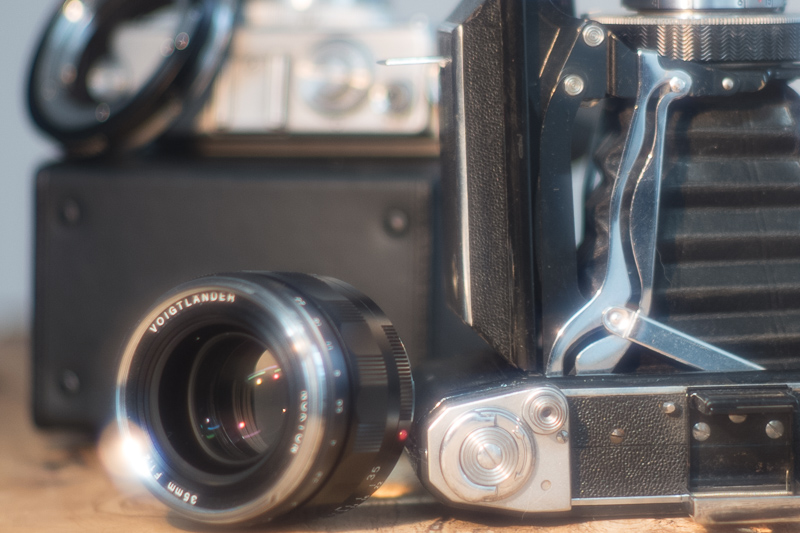
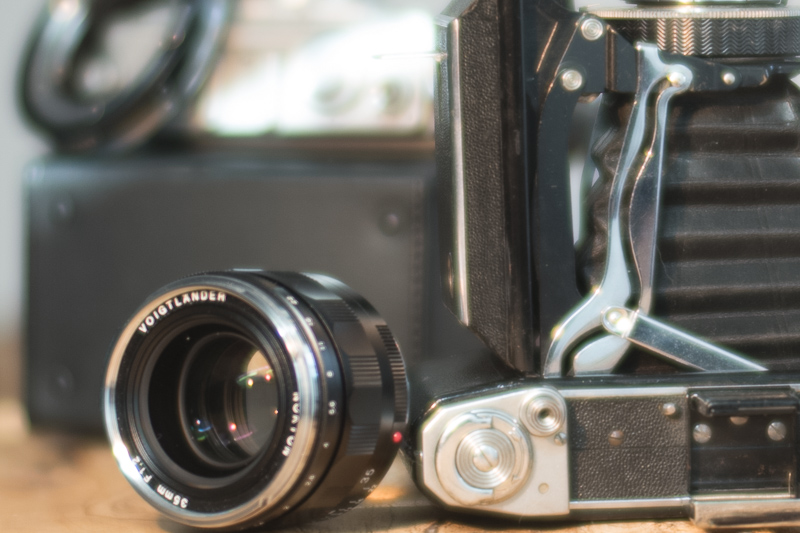
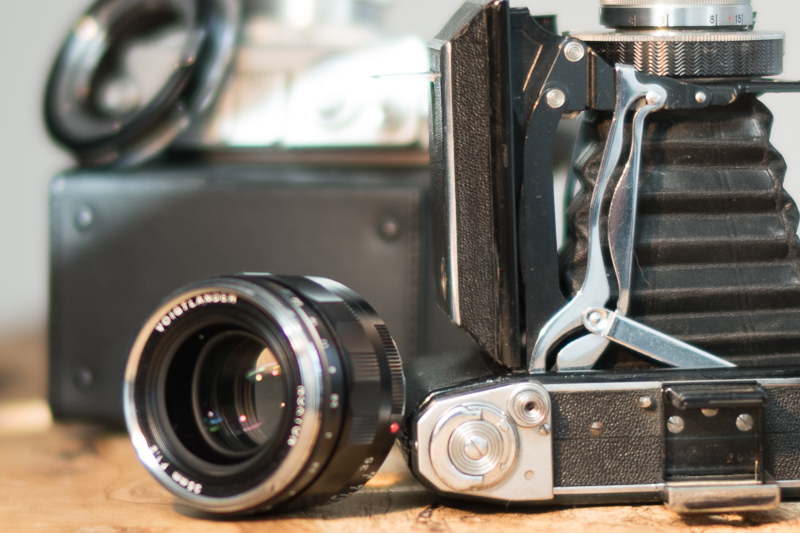
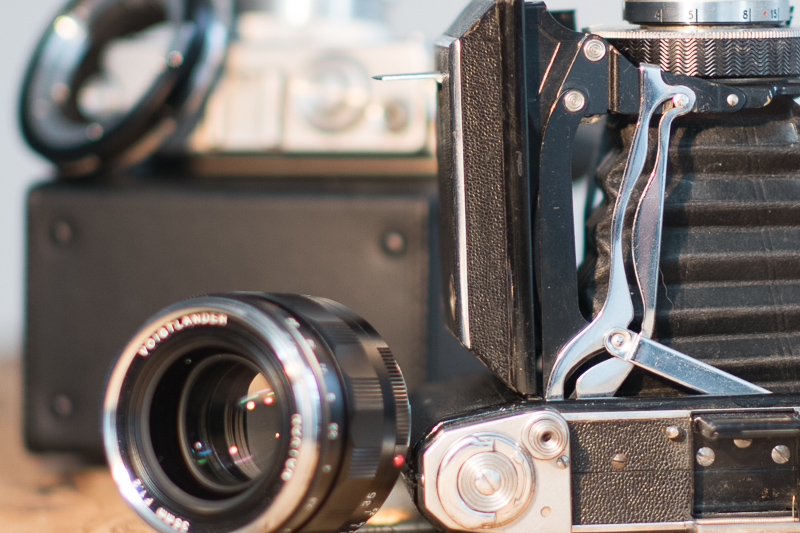
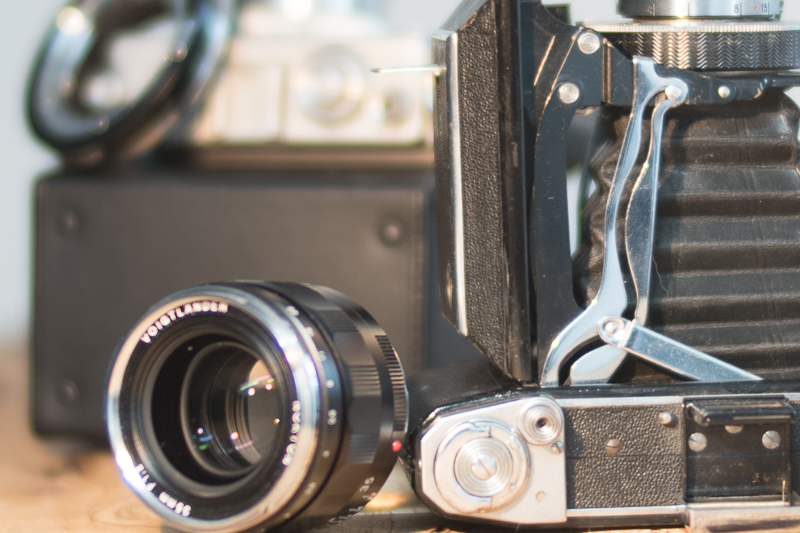
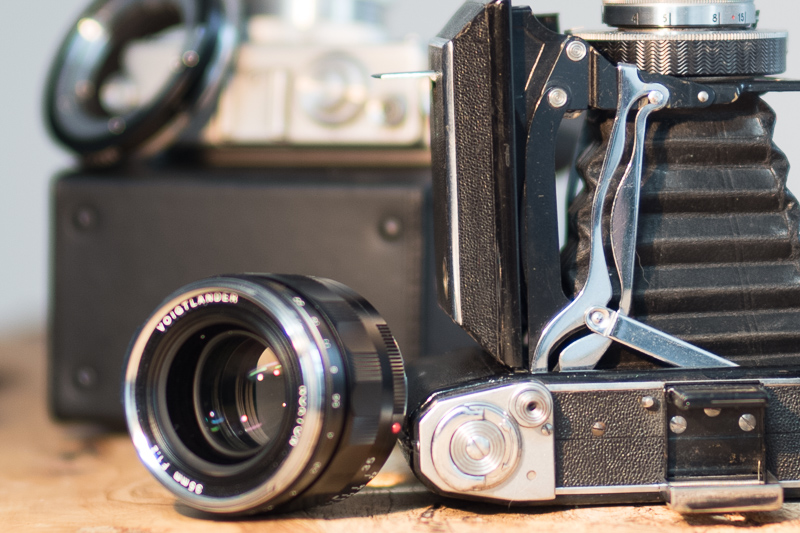
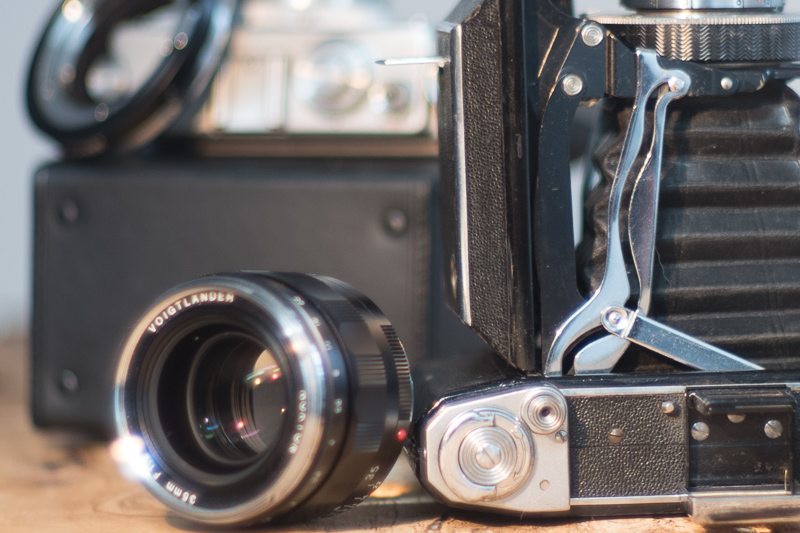
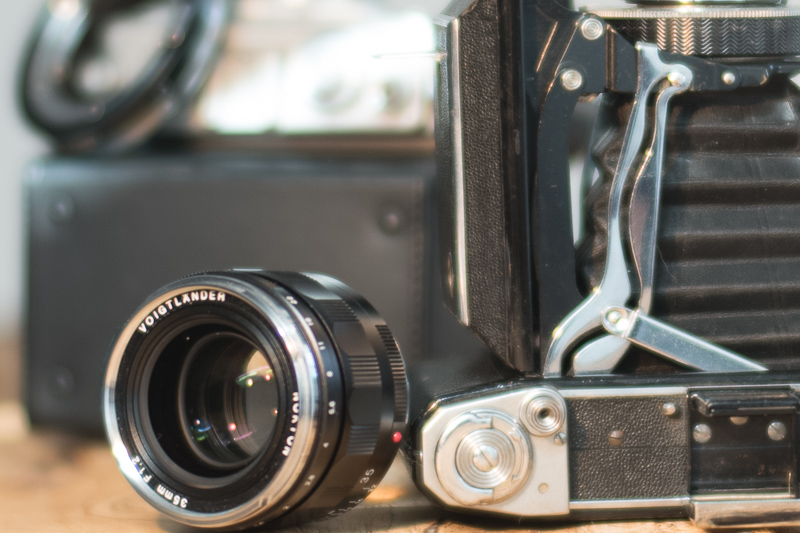

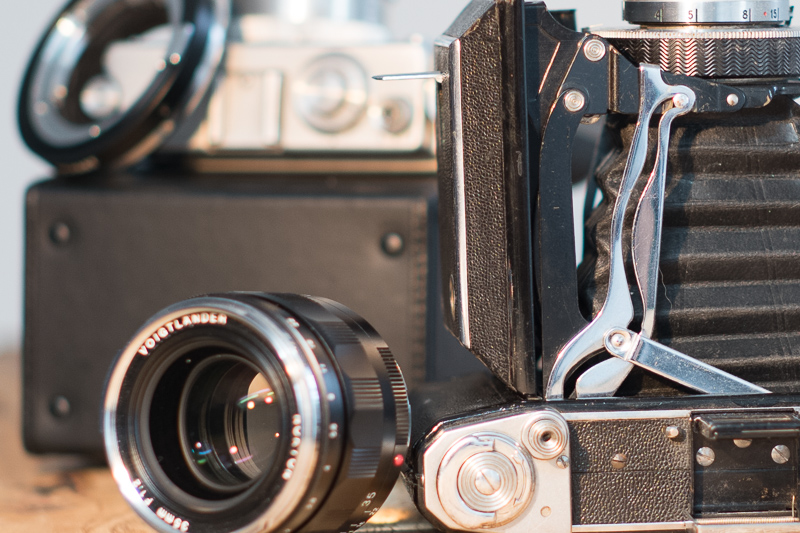
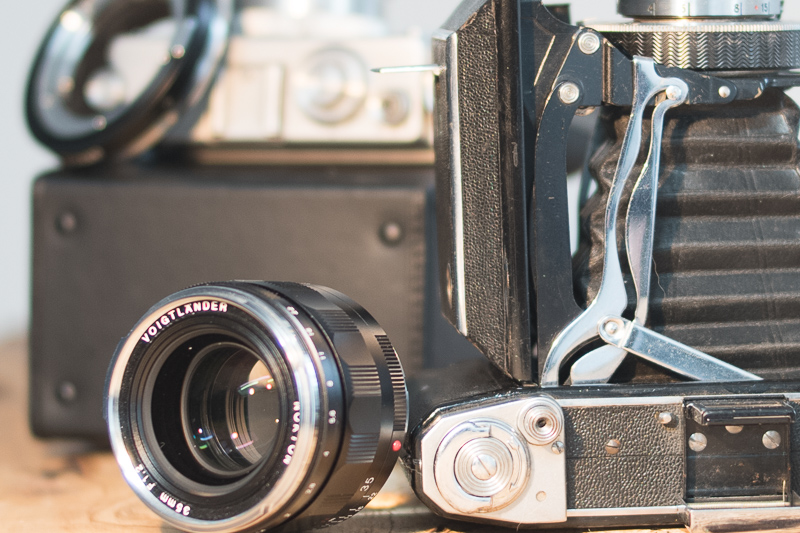
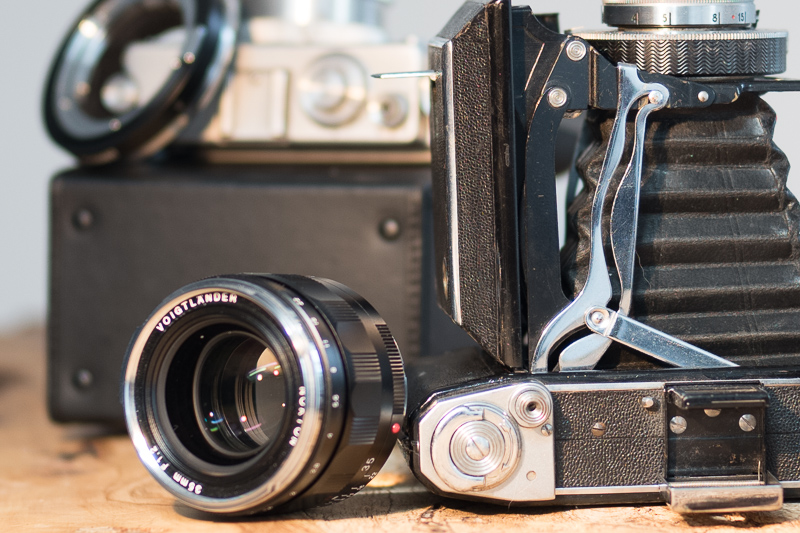
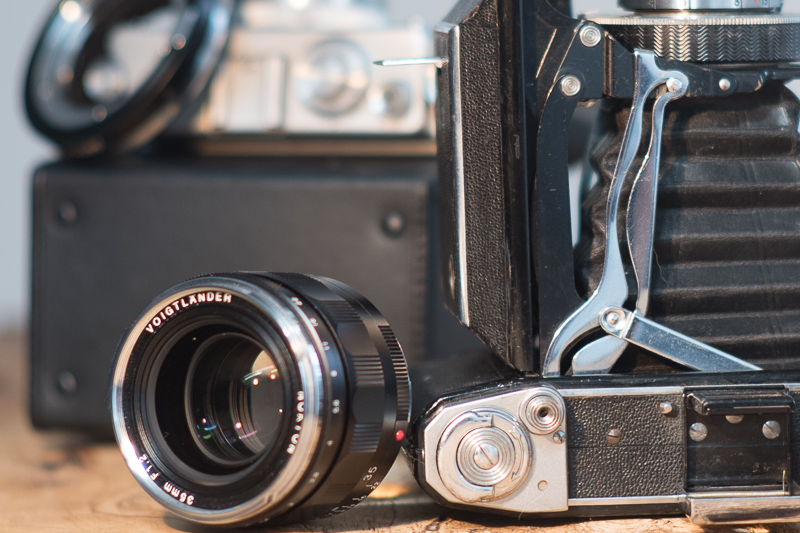
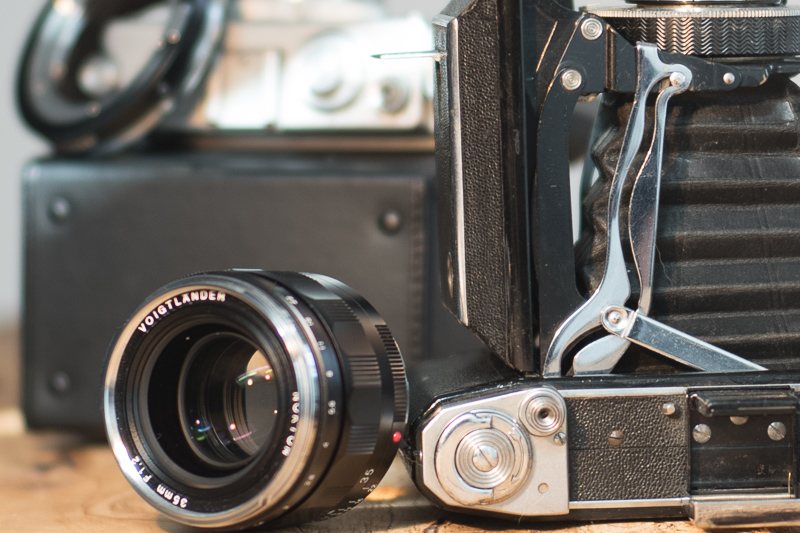
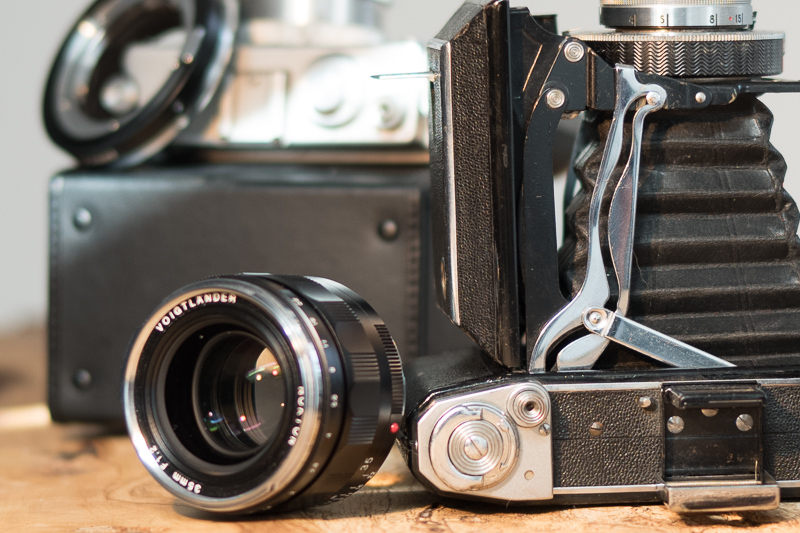
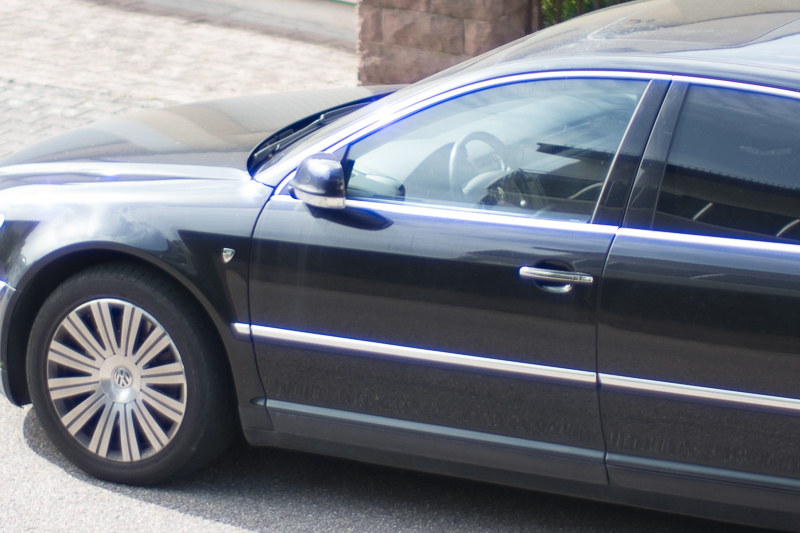
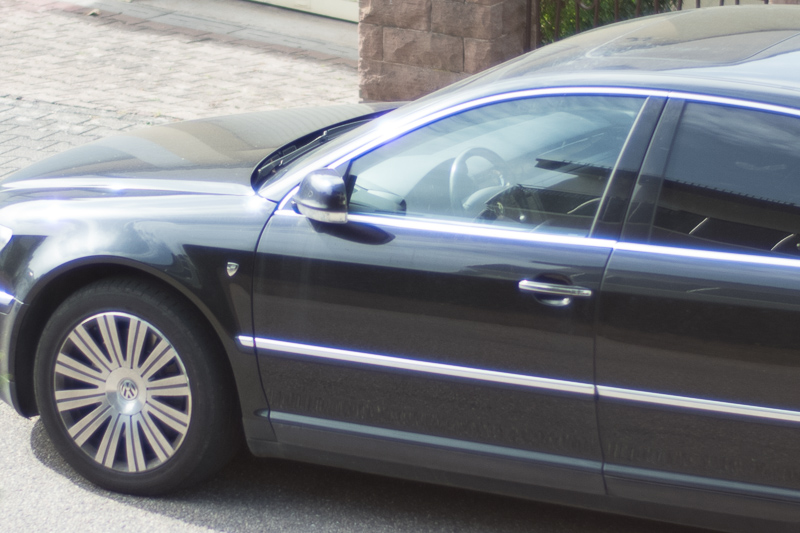
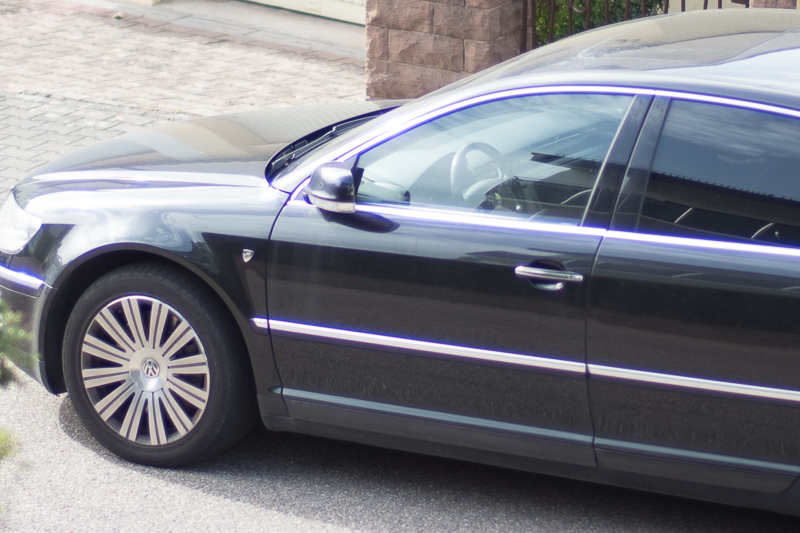
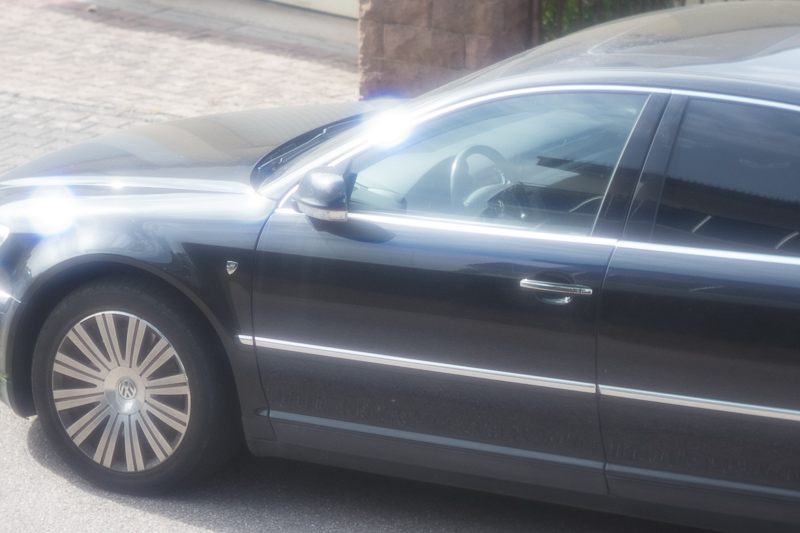
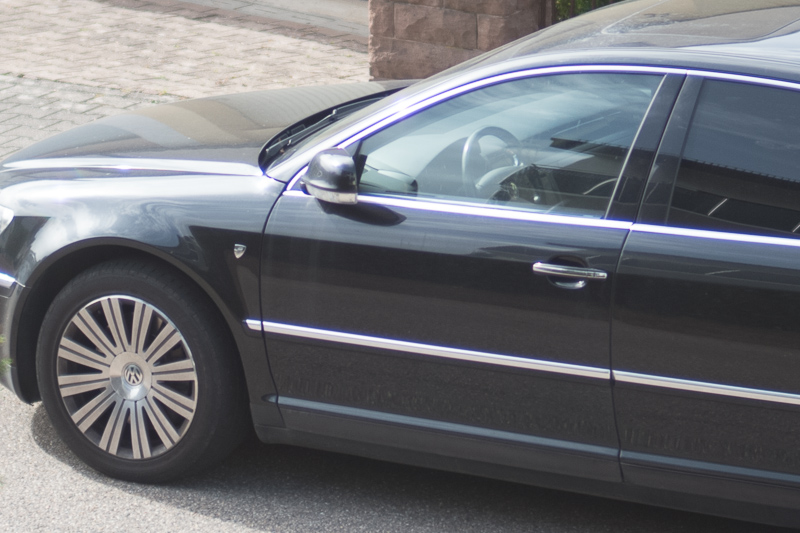
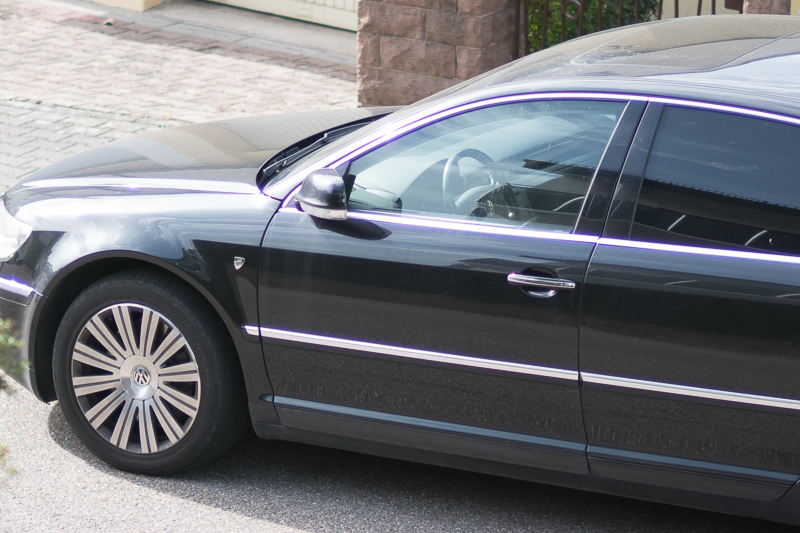
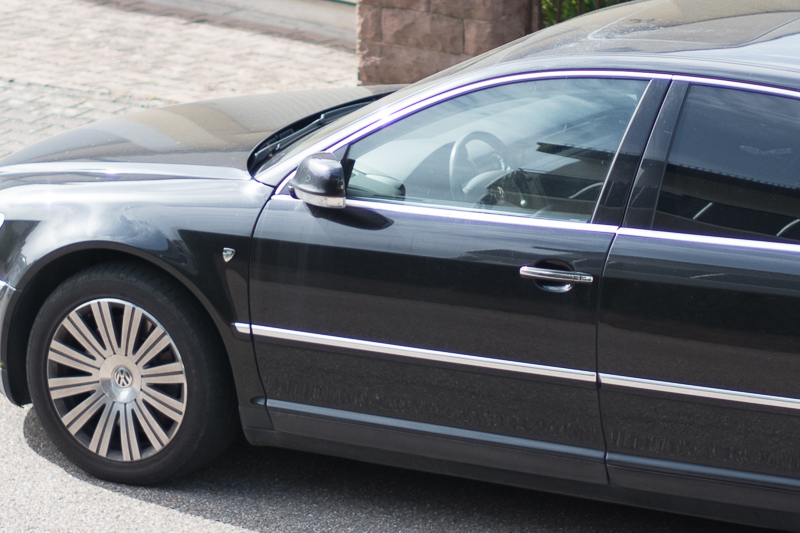
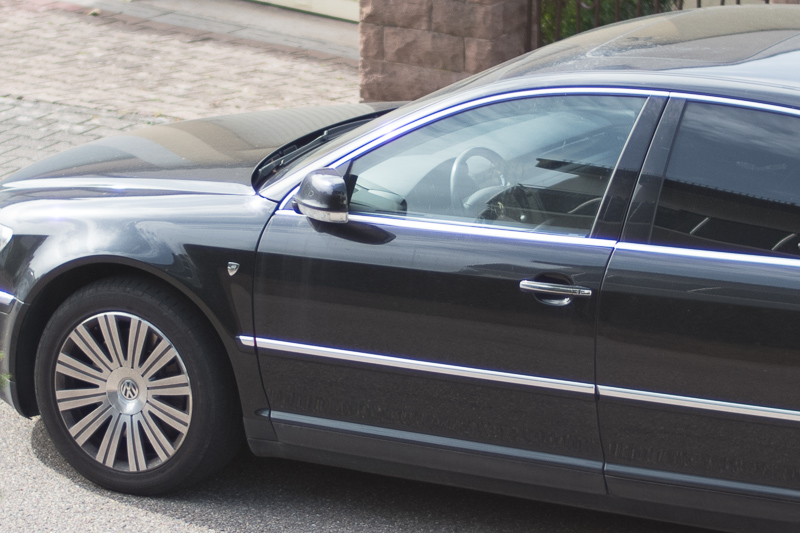
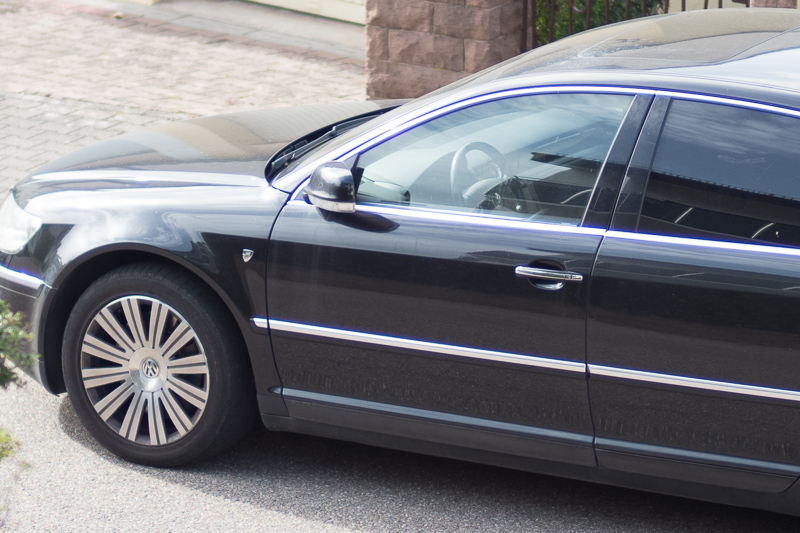

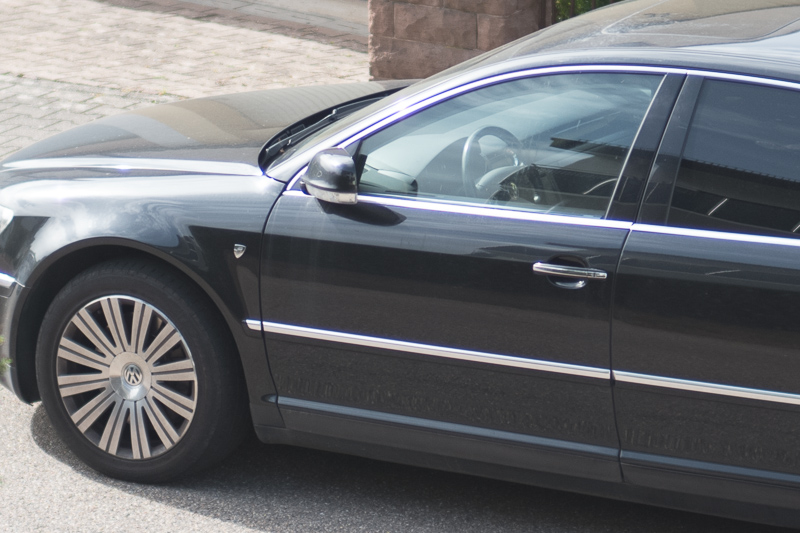
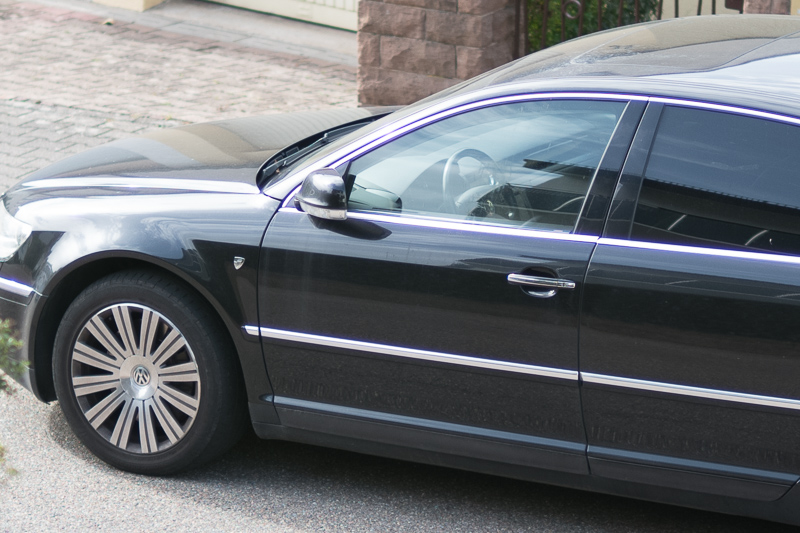
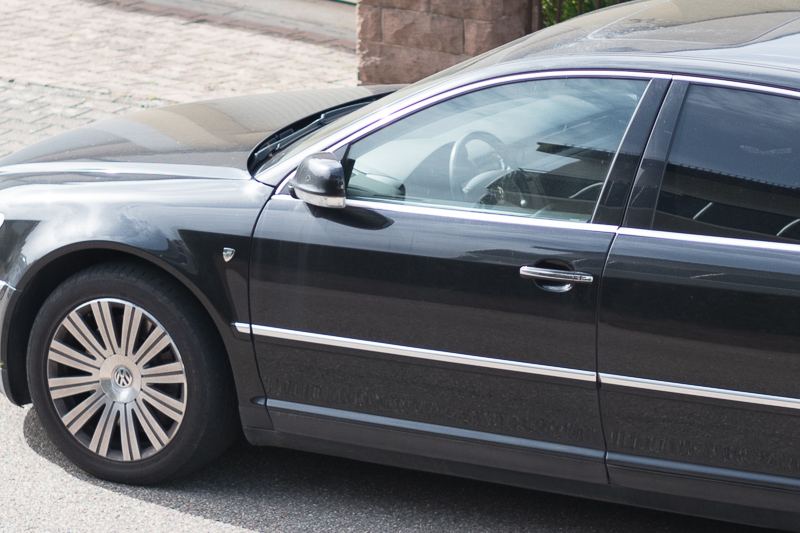
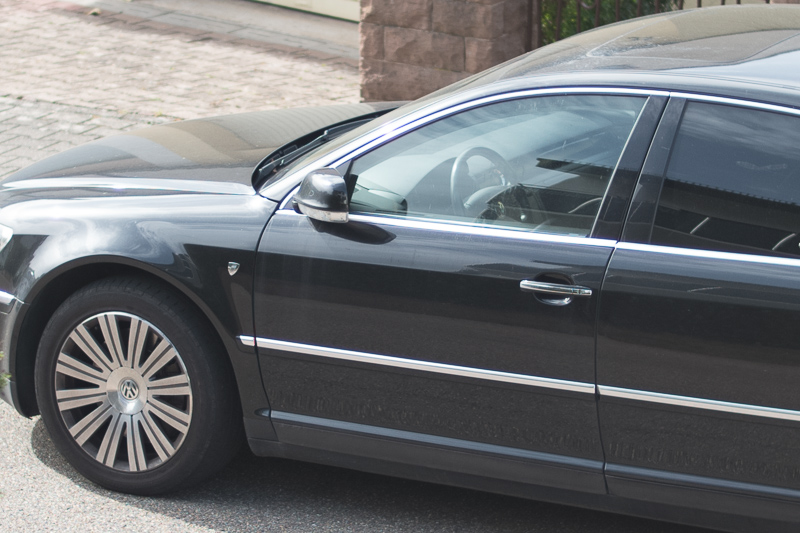
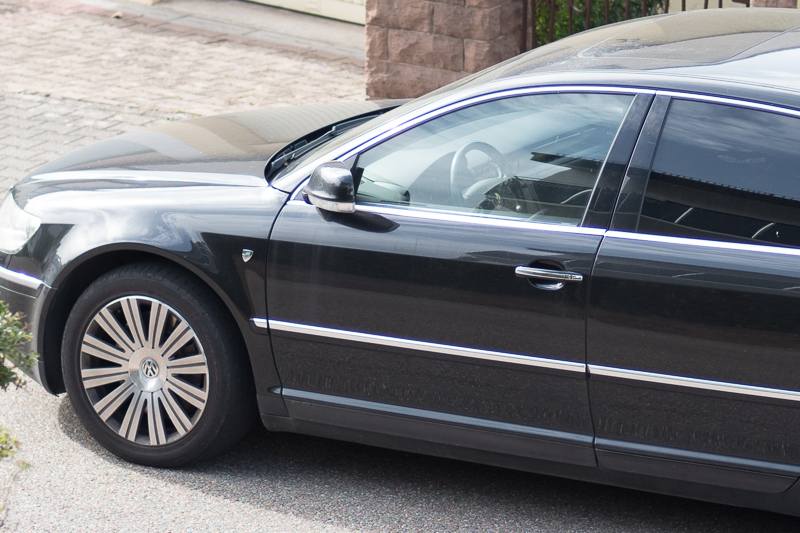
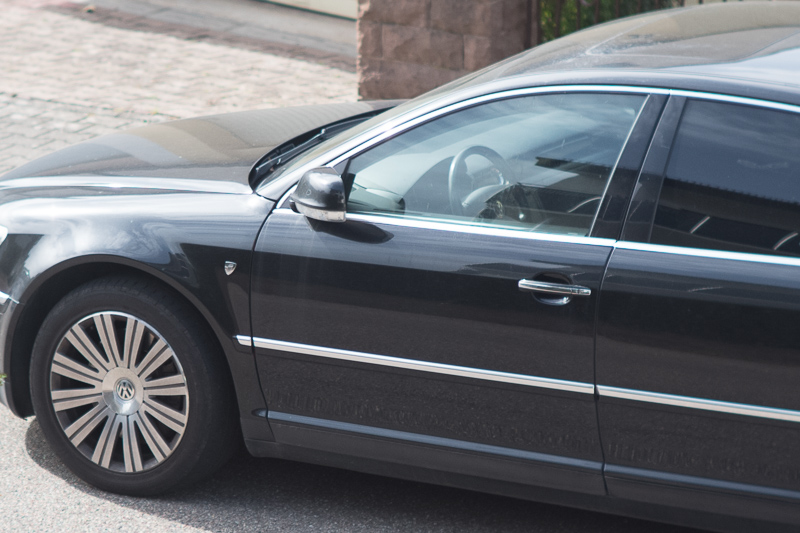
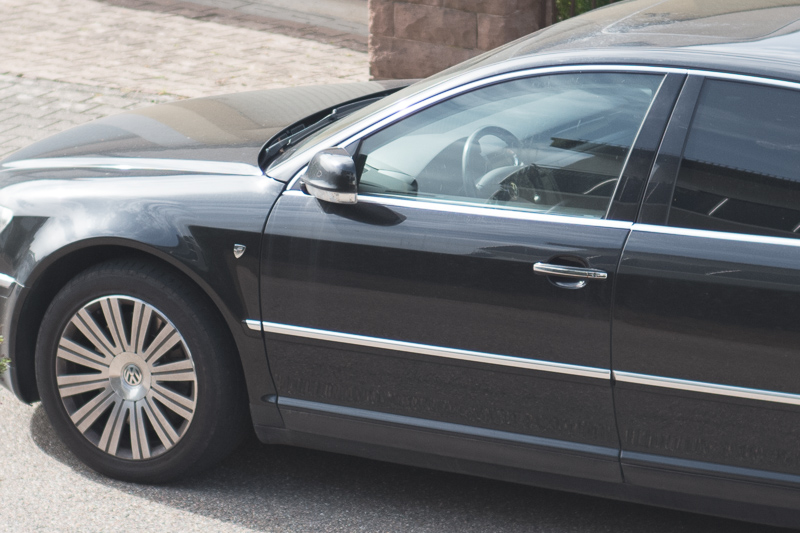
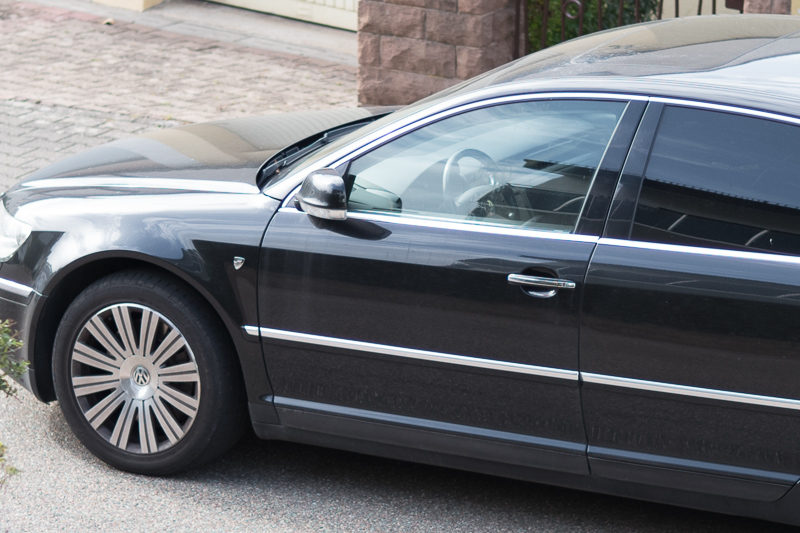
Thank you for this monumental work.
For quite some years I wondered, just how much more light we are getting with those 50/0.95s compared to 50/1.2s and how do they compare.
From my own experience, I knew the difference would not be substantial, certainly much more modest than the differences in f-stops would suggest.
Yet, to be honest, the results were not as expected to me, as they were for you.
I really thought the coating and grounding differences could would ultimately make more impact than the simple lens count.
The fact that Syoptic 50/1.2 E would gather more light than Zhong Yi 50/0.95 M in any part of the frame did come as a shock to me.
I’ve previously seen a statement from an individual, who claimed his Nikkor 55/1.2 gathered more light in the centerframe than his Zhong Yi 50/0.95 M, but disregarded this as an error.
Now I’m inclined to believe this to be true, as I’ve personally compared Canon FDn 50/1.2 to Syoptic 50/1.2 E and found Canon to be brighter in the center, though not so much averaged across the frame.
That old Canon will tie, if not surpass light gathering capabilities of the Zhong Yi 50/0.95 M in the centerframe, which also blows my mind.
I wonder, if this “element count rule” will apply to every other 50/0.95 there is. And are they all will fall behind in centerframe brightness to the existing fleet of low element count 50-55/1.2s?
I can’t remember the exact numbers or science behind it, but basically the t-stop is dependant most heavily on the quality of the lens coating, followed by the number of air-to-glass surfaces, and then the type of glass used.
This is because each lens surface is somewhat reflective. Each lens group will cost you some amount of light and overall contrast due to light reflecting off the lens group.
A good example of this is early uncoated Leica double gauss lens, compared to Zeiss Sonnar lens. The double gauss lens had 4 groups compared to the 3 groups of the Sonnar. In practice, this meant those Sonnars let in more light with less flare compared to the Leicas.
A good review on here is the Nikon 50mm F/2 LTM, which is a classic Sonnar design. Even with 1950s lens coatings, the flare performance and contrast is excellent.
Lens anti-reflection coating stops most of the light from being reflected, while increasing contrast, and decreasing flare. Voigtlander seems to consistently have some of the best lens coatings, as seen by the minimal flare and high relative t-stop.
Good to see the measured focal lengths and T-stop values (next to light fall off and vignetting) addressed in this review. They used to be included in the old Popular- and Modern Photography magazine tests too and especially with fast primes used for low light conditions data like that gives good info before a purchase.
Thank you for the work done here!
A big thank you Bastian. A very thorough and detailed comparison of 6 ultra fast 50ies. I was waiting for this one and was curious what would be your summary.
Voigtländer / Cosina does get a lot right since years. I guess they learned a lot from Zeiss. Since I have the Nokton 1.2 my GAS is tamed now. But this Nokton 1.0 looks like a winner in my book though. VL sets Leica under pressure.
I think rangefinder lenses are a class of its own. Maybe we see a limit here in miniaturization, image quality and ultra fast apertures. The MS stretches the envelope to the max. It sure is optimized for portrait distance but even then the small size and handmade production limits this ambitious design. The question is can lens makers improve on those fast lenses even further without breaking the bank? I’m thinking about new more expensive materials.
I see the Leica as a winner in this competition. It does not get gold in any discipline but it is the oldest lens and the fastest one. And still only one company managed to surpassed this old lens. Would I pay this money for one? No. If I had this money to spend I would buy another ultra fast lens not in this competition. Just out of curiosity.
Thank you for all the work you have spend with this comparison. I have done side by side shooting 6 and more lenses myself and it is a exhausting and time consuming task with a lot of planing. I can imagine that changing lenses was one of those points where you where sweating.
And thank you for including a transmission table. For those fast lenses this is the bit of information I’m eager to know. When using a lens for available low light this is important. Unfortunately, as you stated it, there is no easy and bulletproof way to determine how bright a lens really is. I use a Nokton 40mm 1.2 or 50mm 1.2 as reference lens in comparison to other lenses. 😉
Just saying thanks for all the testing and reviews here!
This review is incredible. It will be THE go-to technical comparison for 50mm M-lenses for the foreseeable future.
It helps a lot that you are also an engineer (from what I have heard) and therefore can report and quantify so many important parameters about the lenses.
I was kind-of expecting the VM1.0 to win on all counts, but I was pleasantly surprised by the VM1.2 in it’s excellent performance. One of the very interesting parts of your review is how you can see side-by-side the color rendition and contrast. Not only did the Voightlanders render higher contrast, they also render slightly different color and saturation in comparison to the other lenses. I notice a slightly cooler (perhaps more natural) color from the VM1.2 compared to VM1.0. Both most definitely have very good coatings, which is also suggested by their low amount of flare and very high light transmission.
The comparison also helps me to justify in my mind why I love the colors and contrast so much from my VM1.2 compared to so many other lenses. In fact it makes me think of lenses on other systems. For example, I also own the Sigma 35mm f/1.2 DG DN Art lens for Sony, and that is another all-rounder lens, I prefer it over the VM1.2 (on my Nikon) in say, 50% of scenarios, but the other half of the time I prefer the VM1.2 for the way it renders backgrounds or foregrounds, and I find that for portraits the VM1.2 is particularly strong. The Sigma is basically “required” for many situations though because of its really fast autofocus (i.e. for weddings I would be foolish to shoot the whole thing with the VM1.2, I would miss all the important moments). Also this brings me to the Sony 50mm 1.2 GM. Looking at various sample photos from that lens I can say for certain that it is sharp, no doubt, but the bokeh is just not very pleasing to my eye, so to me, it is better to have the VM1.2 to get the versatility and the look, and to also bring the Sigma 35 1.2 along for everything else requiring AF…
Thanks for the huge job you did here!
Regarding true focal length, I think the difference between the Leica and Voigtländer lenses is a bit more than 52.3mm vs 50mm. I remember reading that the 50mm f/1.2 allegedly is about 47mm, which looks more like it. Voigtländer states the angle of view of the 50mm Nokton f/1.2 VM is 47.5 degrees. Based on an online calculator, that should translate to about 49mm. However, to me, the comparisons show a larger angle of view difference than what 49mm vs 52.3mm should look like.
The bokeh ball comparisons seems to suggest that the Leica is at least half a stop faster than the f/1.0, which obviously can’t be true. There is only one sixth f-stop between f/0.95 and f/1.0, so a marked difference in focal length must be at play here as well.
Perhaps you could check out the mentioned issues and add your findings to the article?
As you may have overlooked (it is a long article, it is easy to overlook things) there are people who actually recalculated the VM 50mm 1.0 to be exactly 50mm and you can also see that its viewing angle is pretty much exactly the same as that of the VM 50mm 1.2.
The viewing angles in the marketing material are usually completely useless and rounded or derived by the marketing team based on the already rounded focal length,
the exception being the Leica here, where the data sheets contains an actual unrounded number (which I hope they put more effort in than in measuring the weight).
As you may have also overlooked not all these lenses keep their advertised f/Stop at closer distances, which is most likely the main reason for the Voigtländer VM 50mm 1.0 looking worse in the 1.0 m comparison. The same can be observed from the bokeh scenes at different distances.
Thanks for the quick reply.
If the Voigtländer lenses are true 50mm lenses, I expect the Leica to longer than 52.3mm, based on your comparisons.
Regarding the bokeh balls, I refer to those at infinity focus, not 1 meter. Look at the size difference between the Leica and the Nokton f/1.0! The Leica would have to be about f/0.8 if the Nokton is f/1.0 at infinity. Something is off there, and the only thing I can think of the a marked difference in focal length, or that you somehow mislabeled the images?
Bastian, good evening. Fully aware about that you can only review lenses which you own or are easy to organize. Just want to say that I highly appreciate all of your reviews and articles here. Thank you 🙂
You are welcome, hope you will also enjoy future articles!
Dear Bastian, a fantastic review !!!! I have the impression that appart of sharpness, bokeh,… the colors of the photographs obtained by the Voigs appear as more attractive, more vivid. The filed curvature is an issue in the larger f1 probably the f1.2 is the more attractive of them all for me. A nice collection of very beautifull photographs.
While not useful for me specifically, this is an absolutely phenomenal article. Great job, and thank you on behalf of everyone who needed this research.
Bastian, thank you for all the time you put into your reviews! I love this site and love your photography! I’ve been looking forward to this comparison. I love fast 50mm lenses and have owned a few of these. I’ve owned both of the Voigtlanders in the past…and they are both excellent. I actually just received the latest version of the Mr. Ding Noxlux lens today. I bought it because of your review and others on Fred Miranda. The build quality is excellent and I love the more compact size compared to the Voigtlanders. The smooth bokeh with smooth transition zones, along with no distortion is what drew me to the Ding. Another great feature of the Ding is the round bokeh highlights at f1.4 and f2. Mr. Ding did an excellent job with the rounded aperture blades! The sharpness is great in my copy at f1.4 with super smooth bokeh/transitions. Really pleased!
Thank you again for all the efforts you put into these reviews! I’ll be buying you a few coffees. And thank you for focusing on affordable, alternative M-glass that so many love…like TTartisan, 7artisans, Voigtlander…we need to get you some Light Lens Labs as well.
Thanks and keep up the great work!
-J.B.
Thank you very much!
I am not sure if you have overlooked it, I already reviewed the LLL 50mm 2.0 SPII and I might be getting an Elcan in the not so distant future as well 🙂
I am not in the market for a fast 50 but I really loved this article. I read it all and clicked through most of the interactive comparisons. Great job of collecting and presenting the data in an accessible and intuitive way. OK I do kind of want the Mr Ding.
What a phenomenal job, Bastian! I think I clicked through every single image, and have come away with a much better understanding of this lens segment.
This article may already be in the works, but I wonder how these lenses would perform on a Sony. Part of that answer can likely already found in the Mr. Ding review: “the performance on the M10 with its thinner filter stack and the A7rII is very similar!” whereas I understand the two Voigties might struggle a bit with the filter stack.
Good thing I already have the Mr. Ding Noxlux, but that begs the next question, how do I satisfy my Gear Acquisition Syndrome, given that I already have the Nokton 40mm 1.2 and the Mr. Ding?
I will not rerun this test on Sony and I only have half of the lenses left now 🙂
Your assumption is correct though, Mr. Ding performs best on Sony, followed by the Zhong Yi 50mm 0.95 (in terms of Sharpness that isn’t a great performer to begin with though).
I’m not really planning to buy a new lens anytime soon, but I still enjoy reading these reviews. Thank you for making them!
Awesome summary, thank you!
How would you compare the Voigtlander 1.2 to the Voigtlander 50mm APO?
The 50mm 2.0 Apo-Lanthar makes sense if you need a perfectly flat field with great CA correction at f/2.0.
If that isn’t the case I would rather get the 50mm 1.2.
Thank you!
Very well done, very fair and very useful. Thank you!
This is one hell of an extraordinary work. Those bokeh samples perfectly aligned to see the exact comparison between lenses…Thank you very much for your effort! During reading and watching those pictures I came to similar conclusion as you did. Voigtlander 50 1.2 is a clear winner performance wise and Mr.Ding 50 1.1 int the field of price/performance. Sometimes its lower contrast could be even beneficial. I was very tempted to buy one after reading review here and after this compariosn even more. 🙂
Great comparison, thanks Bastian!
Since you’ve received a MK II of the Mr.Ding 50, do you notice any difference rendering-wise compare to the original E58? The manufacturer claimed the internal structure is optimized and 2 elements is upgraded to lanthanum glass so better performance is expected. Is that true?
Not really.
Aperture ring turns in the correct for M-Mount direction now, coatings are different and it looked like the MKII has slightly better light transmission, but not enough to get excited about.
Still need to check flare resistance when the sun is shining again.
Hi Bastian,
thank you for this nice comparison. One question: Do you know if the Voigtländer VM 50 1.2 work with Techart LM-EA9 adapter like the Mr.Ding/Syoptic on E-mount? So would it make sense (to your opinion) to get M- instead of E-Mount version (only for E-mount camera)? Are there any disadvantages (like field curvature) of getting M Version except EXIF loss?
There are only a handful of M-mount lenses I came across so far that work as well with the LM-EA9 as the Mr. Ding does, and the VM 50mm 1.2 is not one of them.
The VM 50mm 1.2 also performs worse in regards of corner sharpness and bokeh at longer distances compared to the E-mount version, I would definitely not recommend to buy the M-mount version to use it exclusively on an E-mount camera.
If you want a compact very fast 50mm lens with somewhat decent AF get the Mr. Ding 50mm 1.1 + LM-EA9.
If you want the Voigtländer 50mm 1.2 get one of the E-mount versions.
Thanks for such an excellent review! I think the bottom line is: if in doubt, go for voigtlander. They’re really the best lens manufacturer.
Given measured light transmission, I wonder how 35mm lenses would compare here. I’m thinking particularly of the CV 40 or 35/1.2 vs the Sigma 35/1.2 vs the Venus Optics 35/0.95. Could my Voigtlander 40/1.2 be actually faster than the Venus optics?!
I have all those lenses, I might check.
I would be very interested!
A reference article on luminous 50mm and their bokeh on www.
Fascinating.
For the first time, thanks to this comparison (and only if I don’t take the price into consideration) I understand better the attractions of the LUX 15 years ago…
Thank you also for introducing me to the Dr Ding, which I bought in accordance with your recommendation.
Others will thank you for the Zhong Yi :/ but in any case, thanks to the Chinese manufacturers for offering affordable dream lens!
Hi Bastian,
I wonder which lens to choose between Mr Ding 50mm F1.1 and TTArtisan 50mm F1.4.
I’m using a Sony A7cR and I’m expecting a Techart LM-EA9 soon.
My purpose is a 50mm with good bokeh for general use (grandchildren, nature i.e. flora), also capable of shooting landscape.
How would you compare those two?
Thank you
The TTArtisan is slightly sharper, the Mr. Ding has the to my eyes better bokeh.
Also the Mr. Ding works better with the Techart LM-EA 9.
So for me personally, it is the Mr. Ding 50mm 1.1.
Only if you want to use it a lot at closer distances at wider apertures I would rather recommend the TTArtisan lens.
Bastian
Thank you for making the effort to provide this most amazingly detailed comparison of super-fast 50 mm lenses. I’m totally blown away! My personal experience is limited to the two Voigtlander models tested, that I purchased before reading this article. I was “seduced” into purchasing the f/1.0 version by some reviewers who described it as “special” and even “magical”. However, I was disappointed to find it unacceptably soft, even stopped down to f/11, which made me wonder if the reviewers interpreted this softness as being a desirable “non-clinical” quality that would make it better for portrait work. Since I’ve been pleased with other Voigtlander lenses, I took a chance and purchased its smaller f/1.2 sibling and was mightily impressed, as you seem to have been. It is indeed noticeably smaller and its image quality rivals or exceeds my old 50mm Summicron, stopped down to the same f/2.0 aperture.
What surprised me about your comparison was the surprisingly good performance of the $399 Mr. Ding lens (I’d never even heard of that brand before), but the real shock was the “also-ran” position of the $12,000+ Leica, which seemed justified by its less than stellar images on display. Could this have been a defective sample, even though it is a Leica? Why has it garnered all this hype as the greatest 50 mm lens of all time?
All of the above notwithstanding, I’m very pleased that the Voigtlander f/1.2 placed so well, which validates my purchase of it! Although I own many Leica M- lenses from 18 mm to 135 mm, these are f/2.0 and greater, none this fast. The Voigtlander’s narrow depth of field enables isolation of a sharply detailed subject against a pleasantly blurred background to produce a telephoto effect with a normal-range lens. Well done, Voigtlander.
Well, as said the Leica 50mm 0.95 is by far the oldest lens in this comparison, which does put it at a disadvantage.
Apart from that: whoever thinks that the most expensive lens automatically has the best image quality also thinks that a Rolex is better than a Casio at telling you what time it is.
And talking about affiliate links: if someone was to buy that lens from B&H through affiliate links I was to get $240 flat.
Pretty significant incentive to tell people it is great, isn’t it?
Hey Bastian,
I’m looking for the fastest FF 50mm for my Sony a7s II and I’m really torn between the TTa 50 0.95 and the VM 50 1.0.
I found this great review confirming once again that Voigtlander consistently puts out some of the brightest lenses available – though I was surprised to see you didn’t put the TTArtisan to the test here. The TTa is not as good optically as the Voigt but if you’re on a budget ($500-600 used), it’s probably the best fifty you can find right now I guess.
I’m wondering if the light transmission is that bad compared to the Voigt. The only thing I could compare so far is vignetting, using both lens reviews on the site. Corners on the VL 1.0 look very, very dark whereas the TTa looks more evenly bright across the frame, with less extreme corners. Maybe that could make up for the hypothetical loss in transmission at the center?
If you still own these two lenses, I’d really appreciate it if you did a quick comparison to clear that up once and for all! Thanks so much for all the work you do here.
Best,
Jim
I only had a review sample of the TTArtisan 50mm 0.95 and it wasn’t a lens I particularly enjoyed.
The vignetting is also even more awful than that of the Voigtländer, at wider apertures it is least as bad, stopped down way worse.
The absolutely only reason I can think of to pick the TTArtisan over the Voigtländer is price.
Now that price difference is of course substantial, and if price is a consideration I would get the Mr. Ding 50mm 1.1 or the Brightin Star 50mm 0.95 which has a surprisingly good T-stop.
PS:
As an E-mount user I would rather stay away from the super fast M-mount lenses (except for the Mr. Ding 50mm 1.1) as the M-mount design constraints are really severe and as an E-mount user you don’t have to deal with them.
Check out the Brightin Star 50mm 0.95E or the 7Artisans 50mm 1.05 or the Laowa 45mm 0.95 instead.